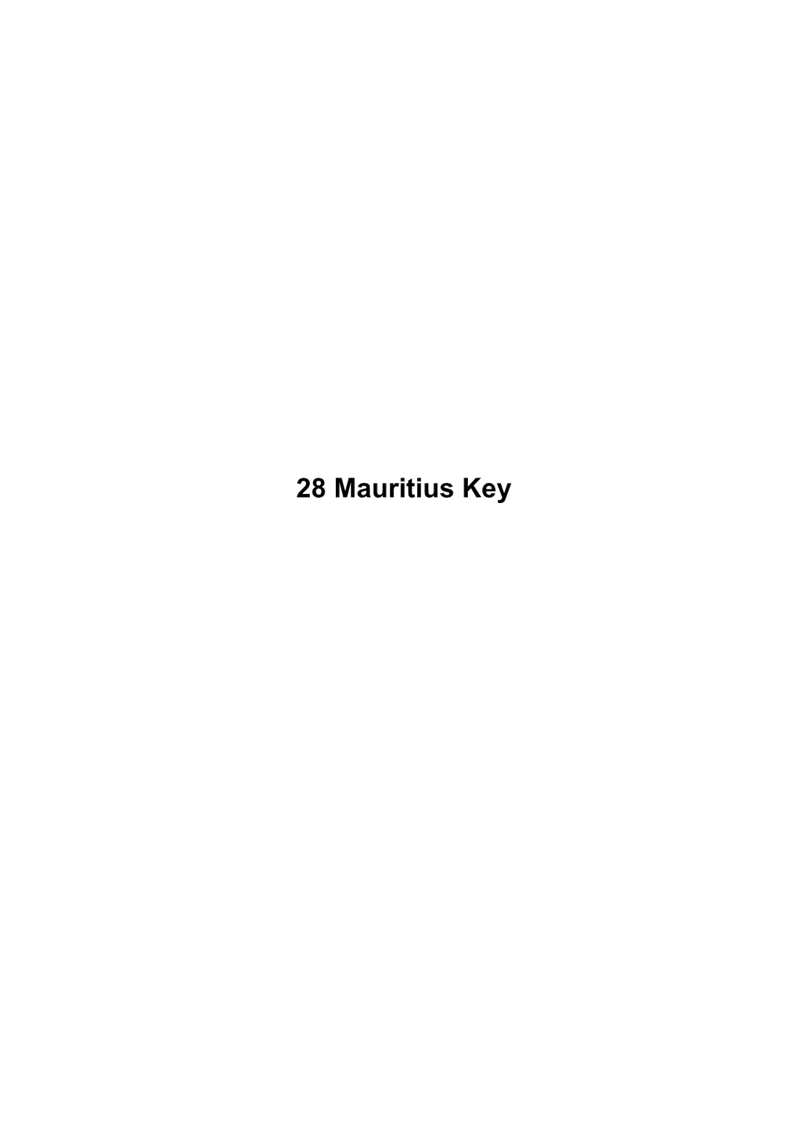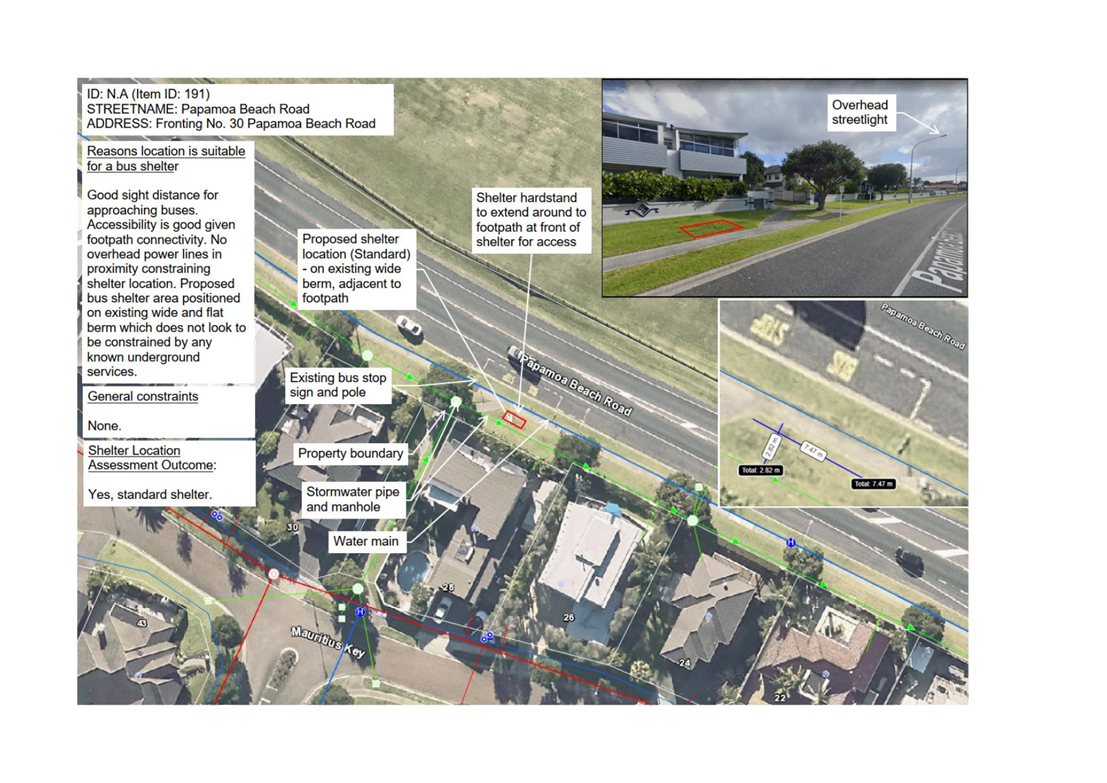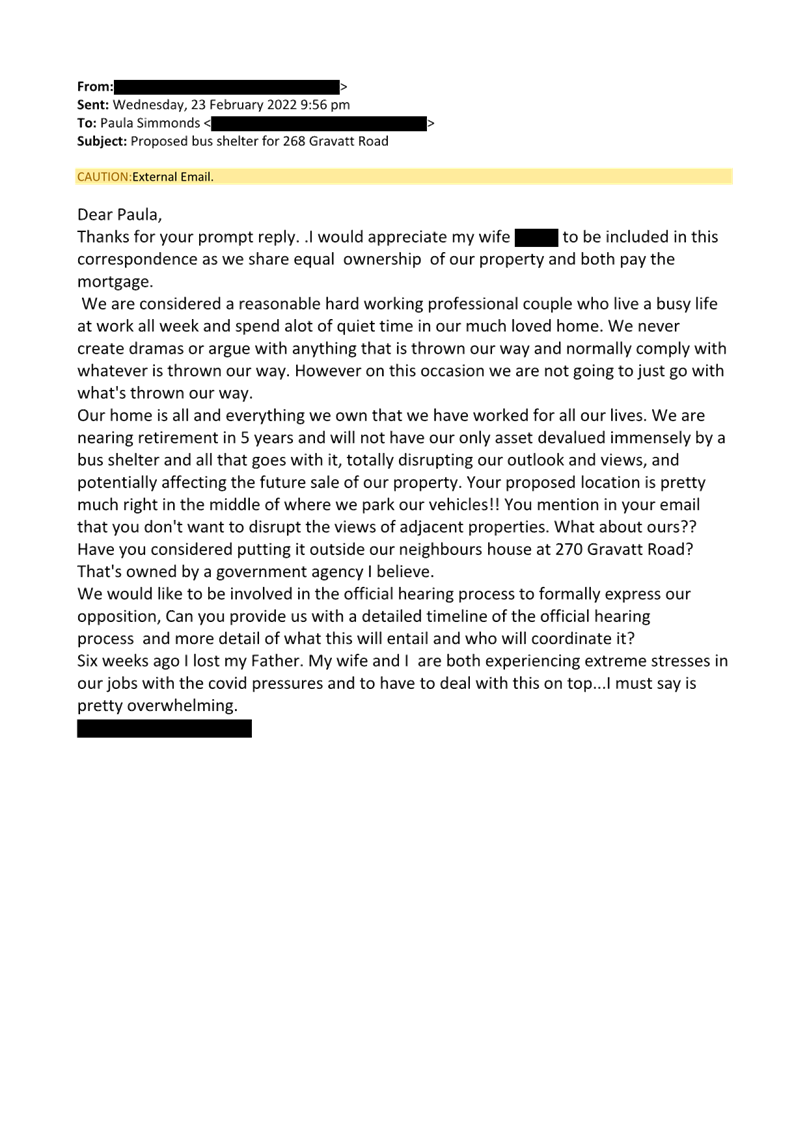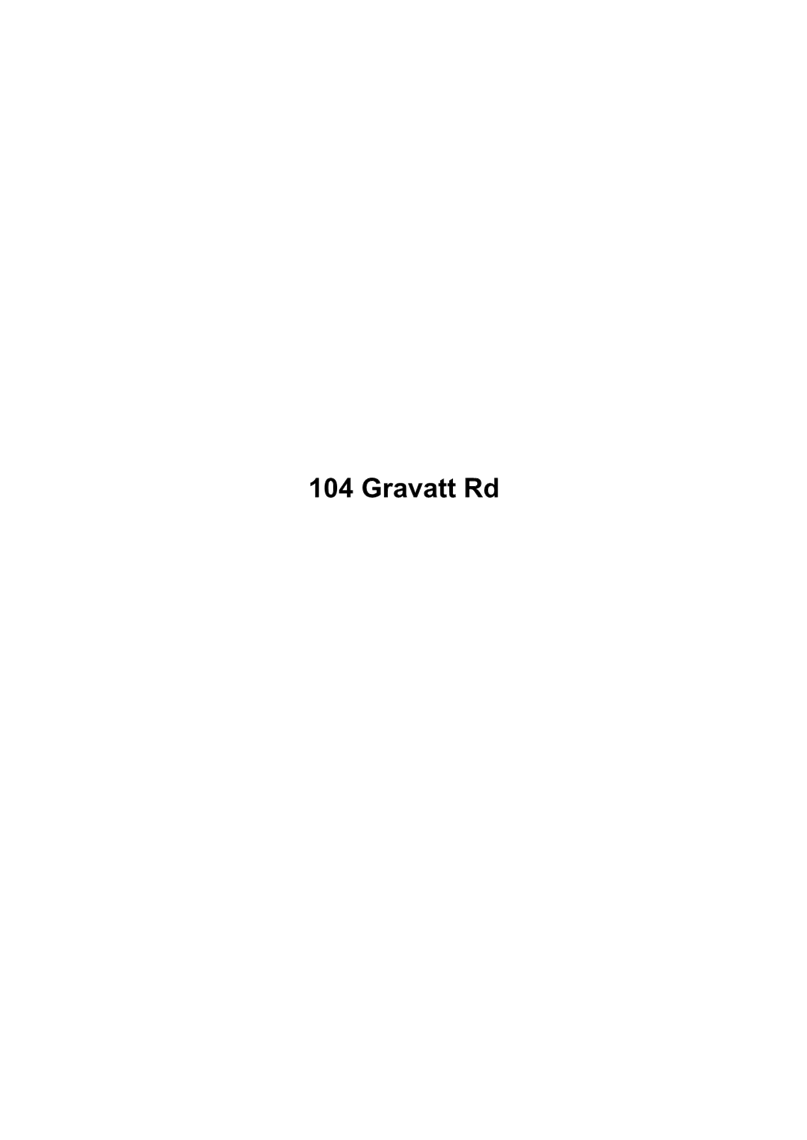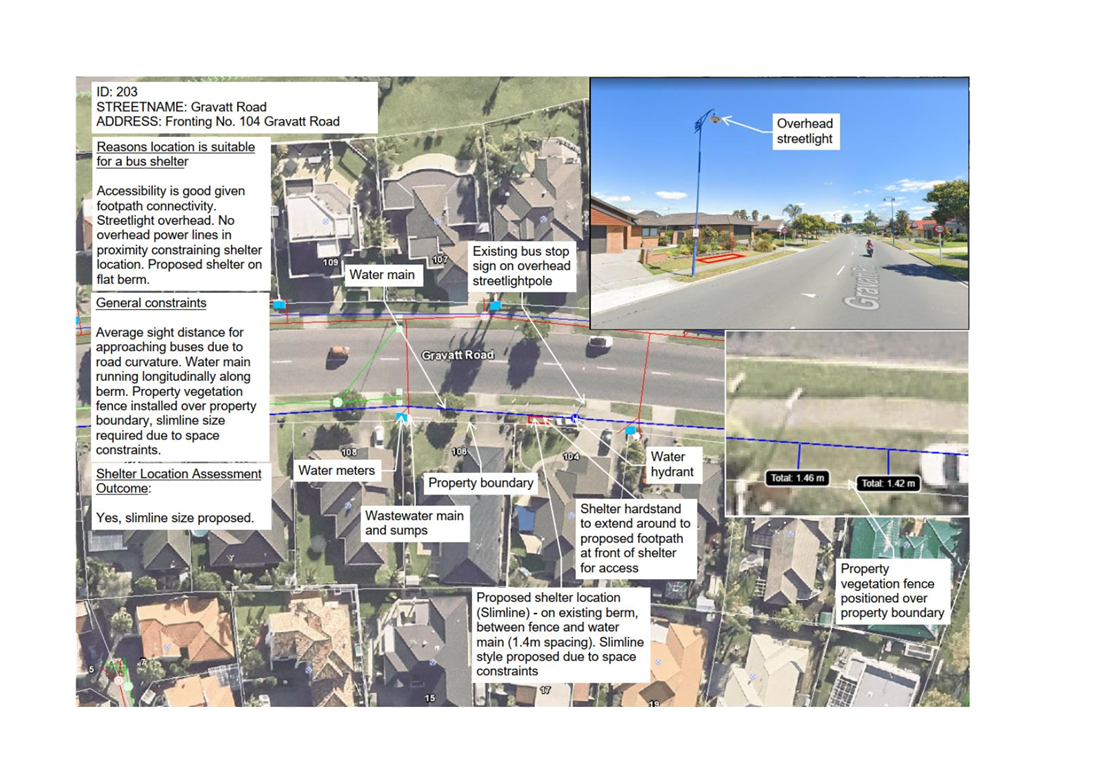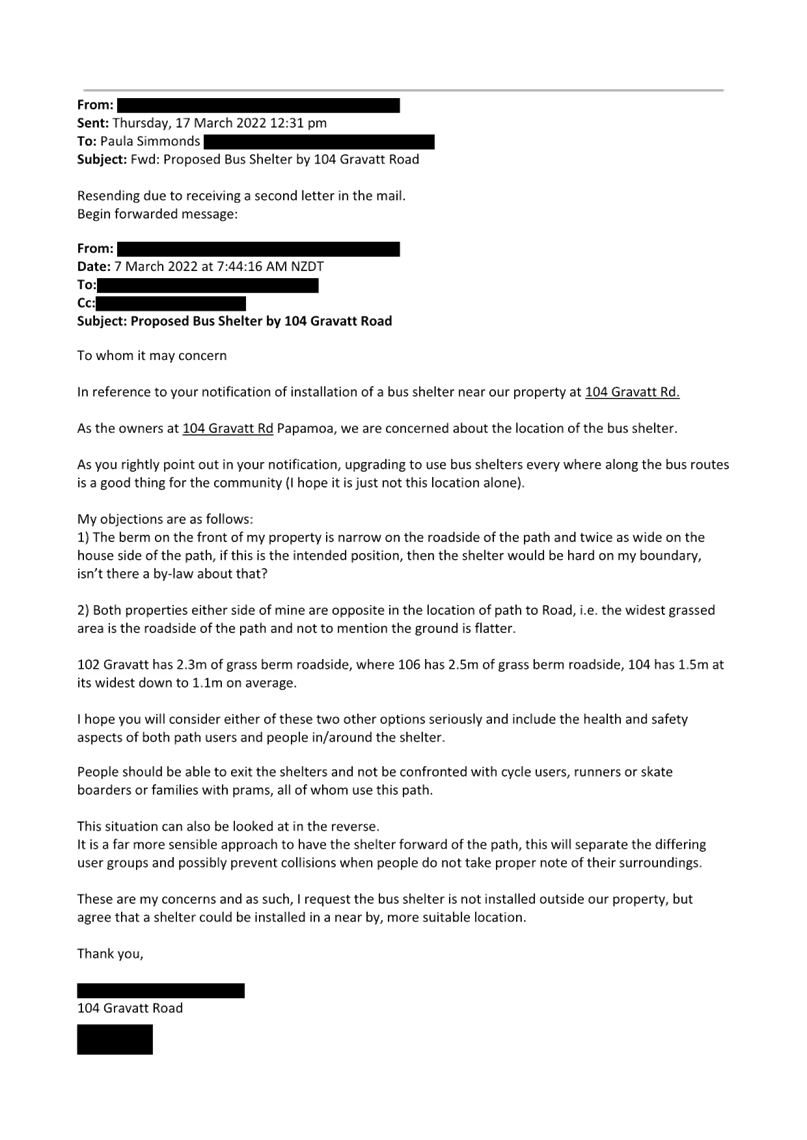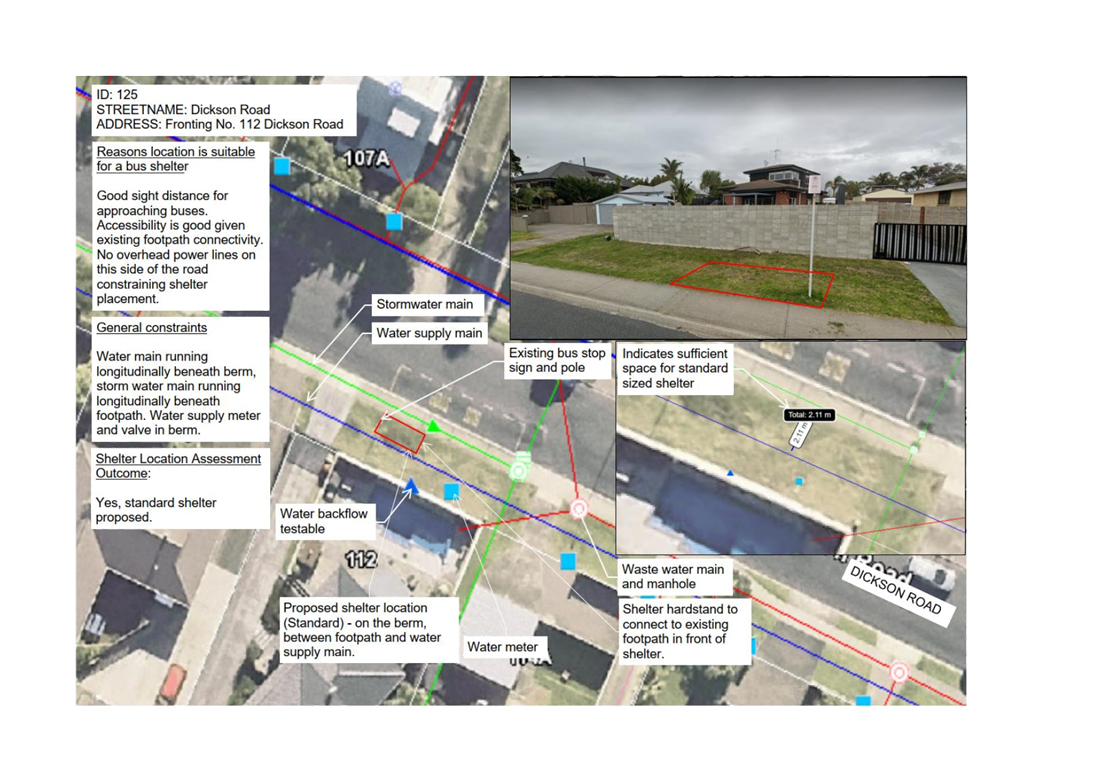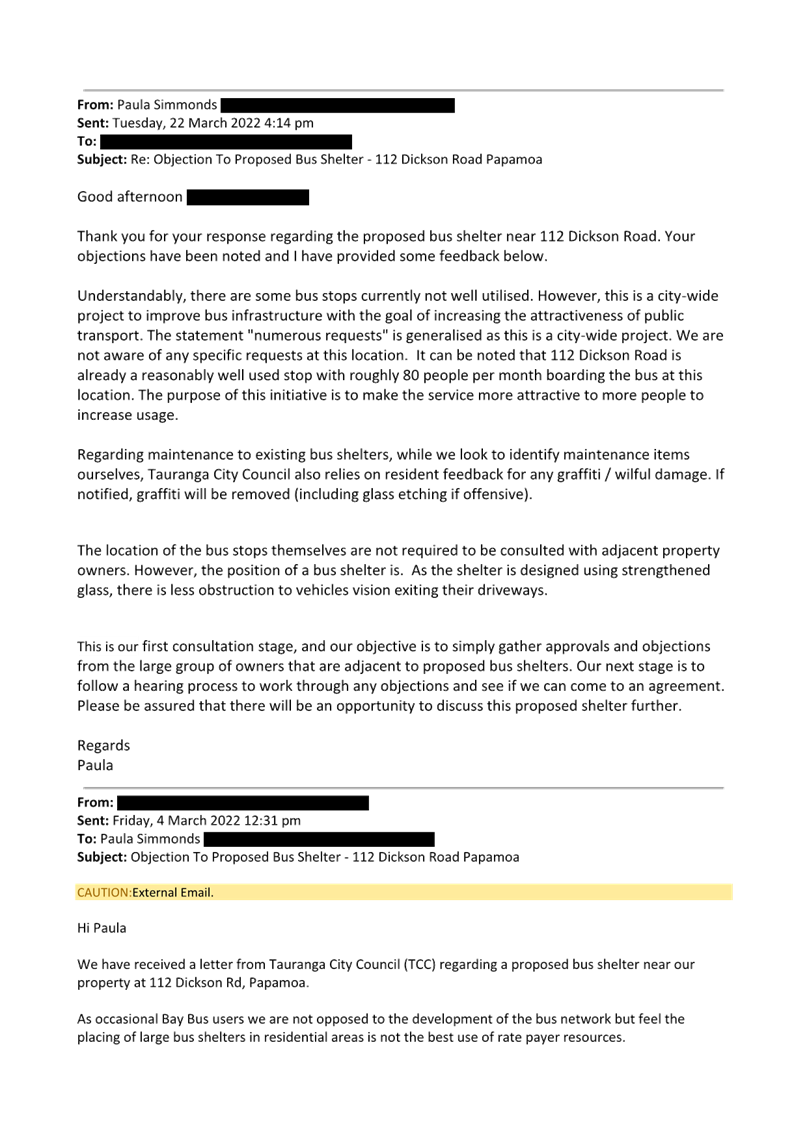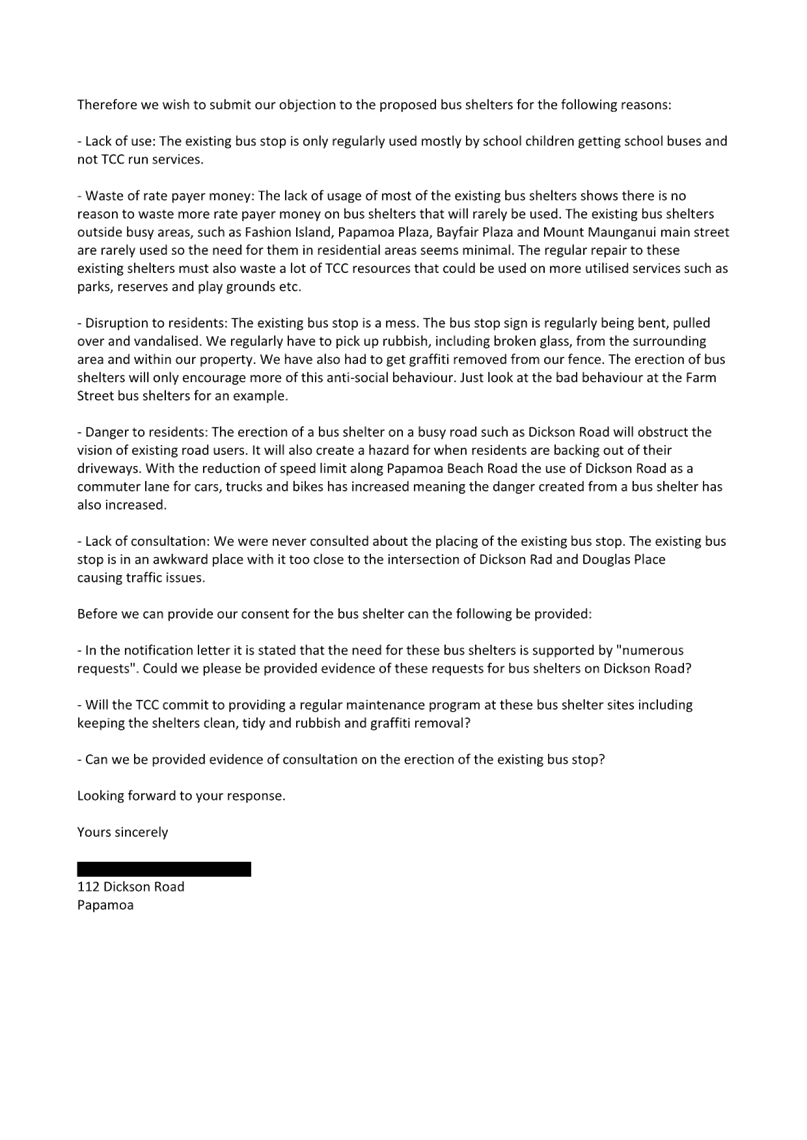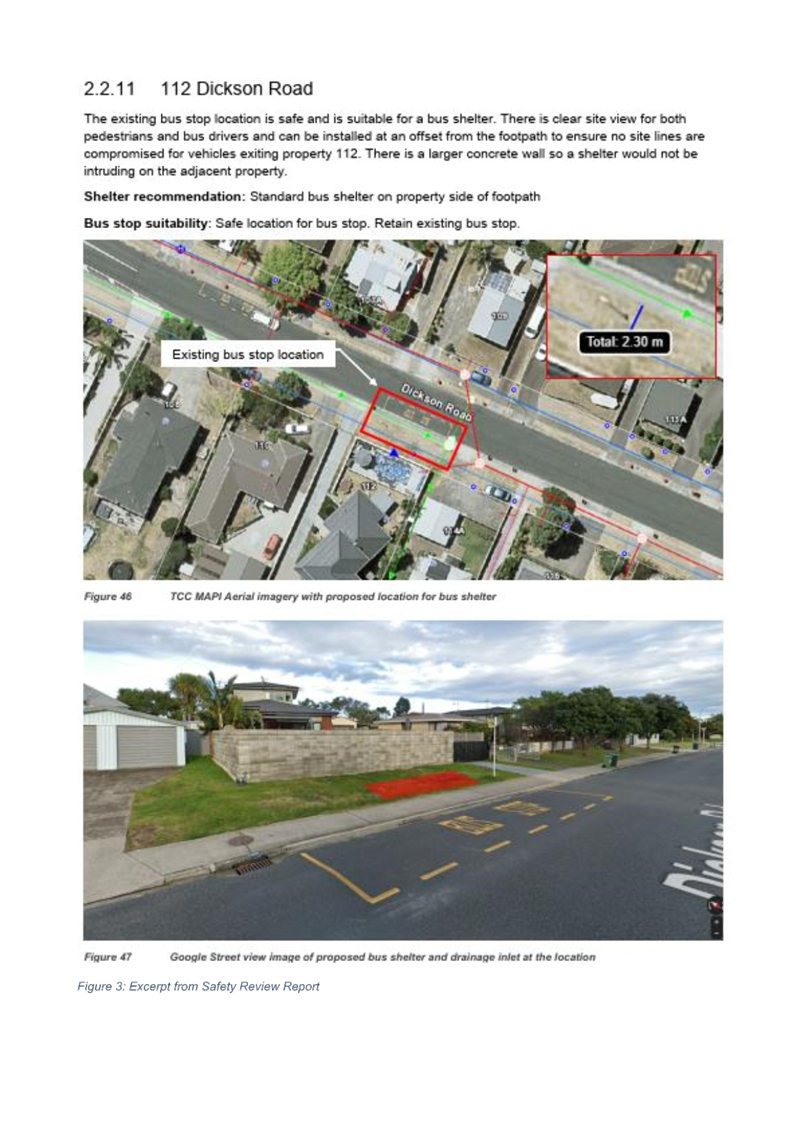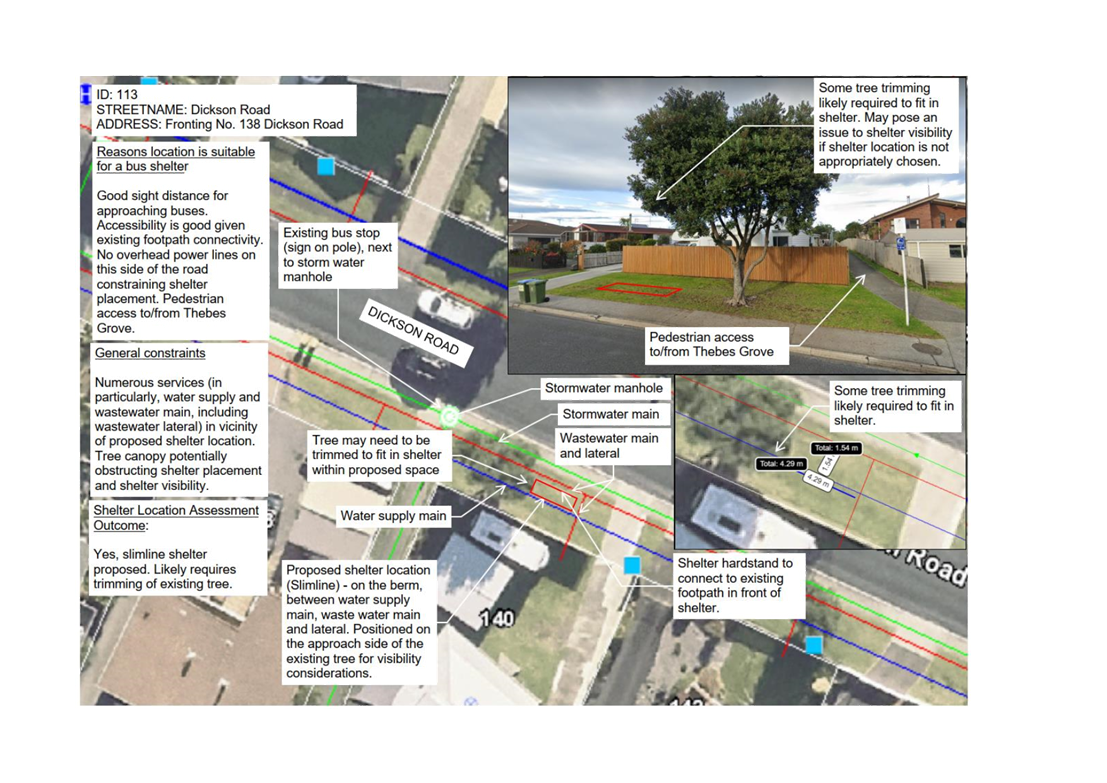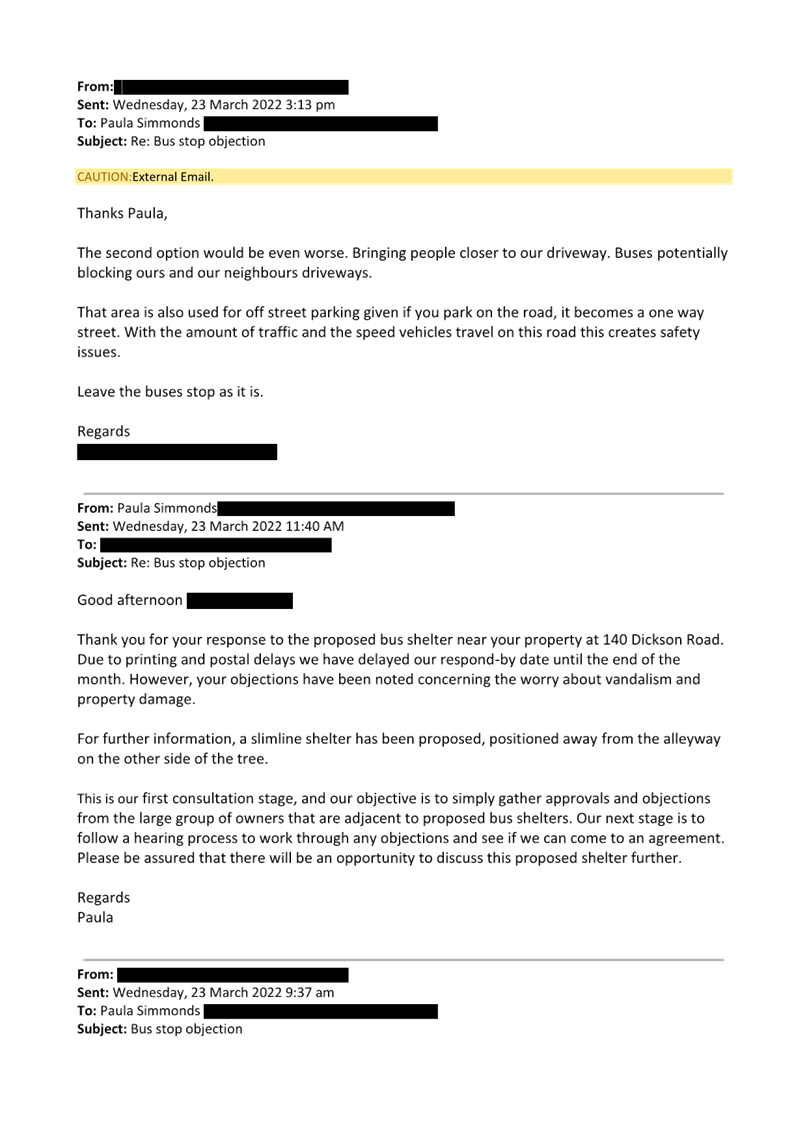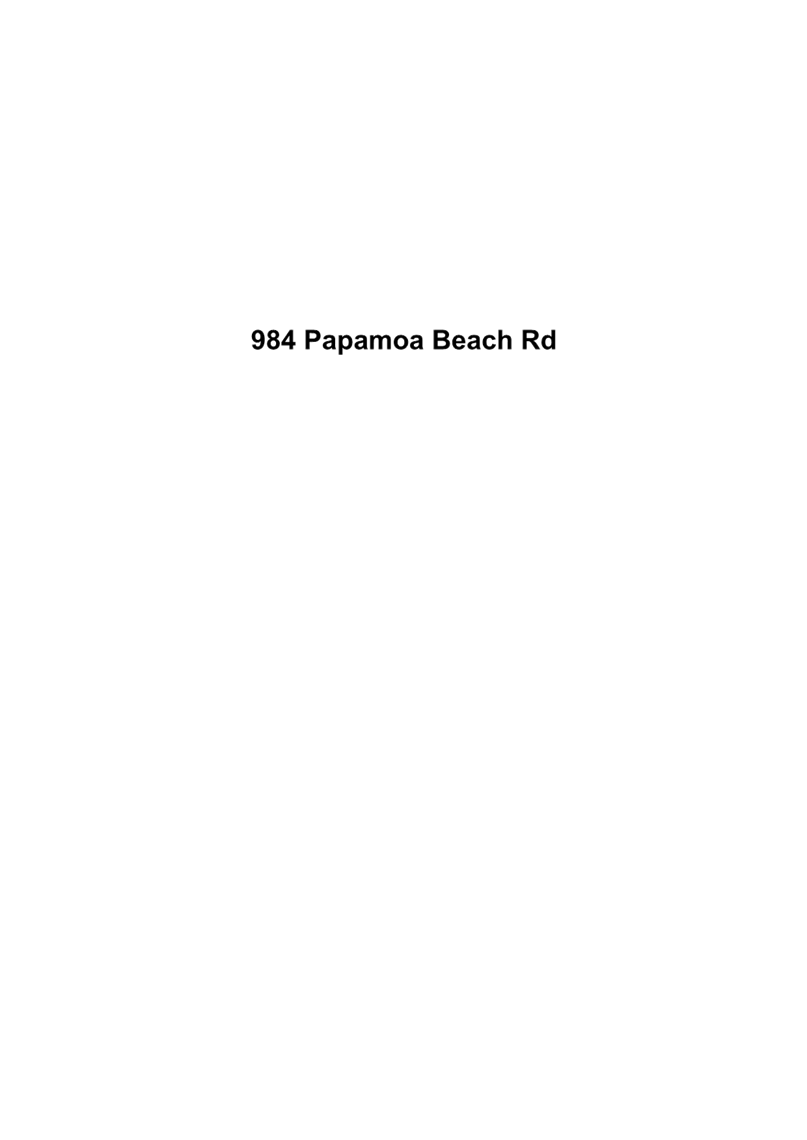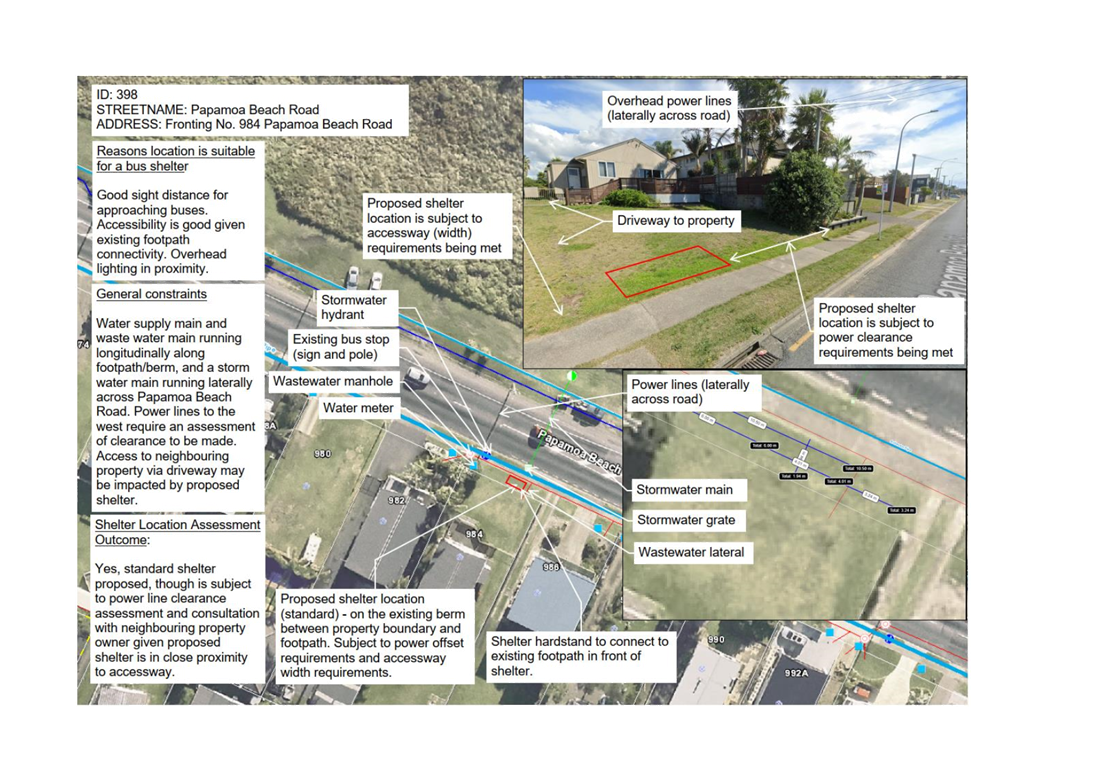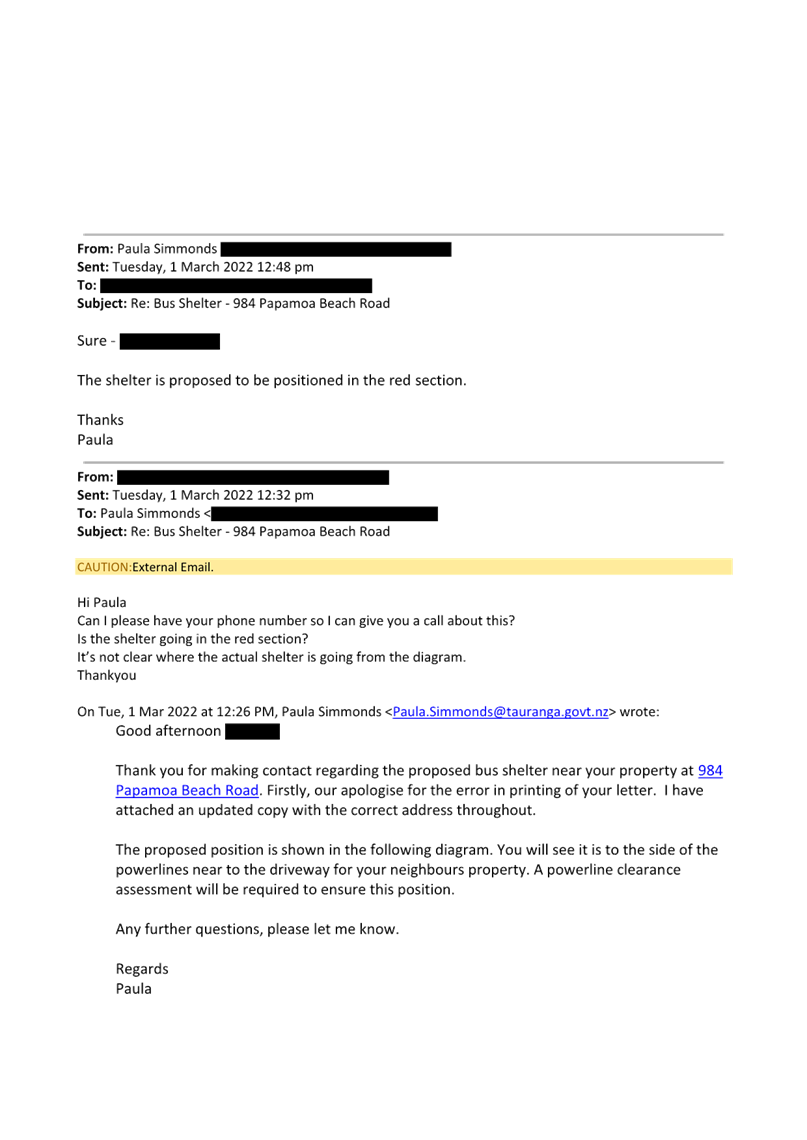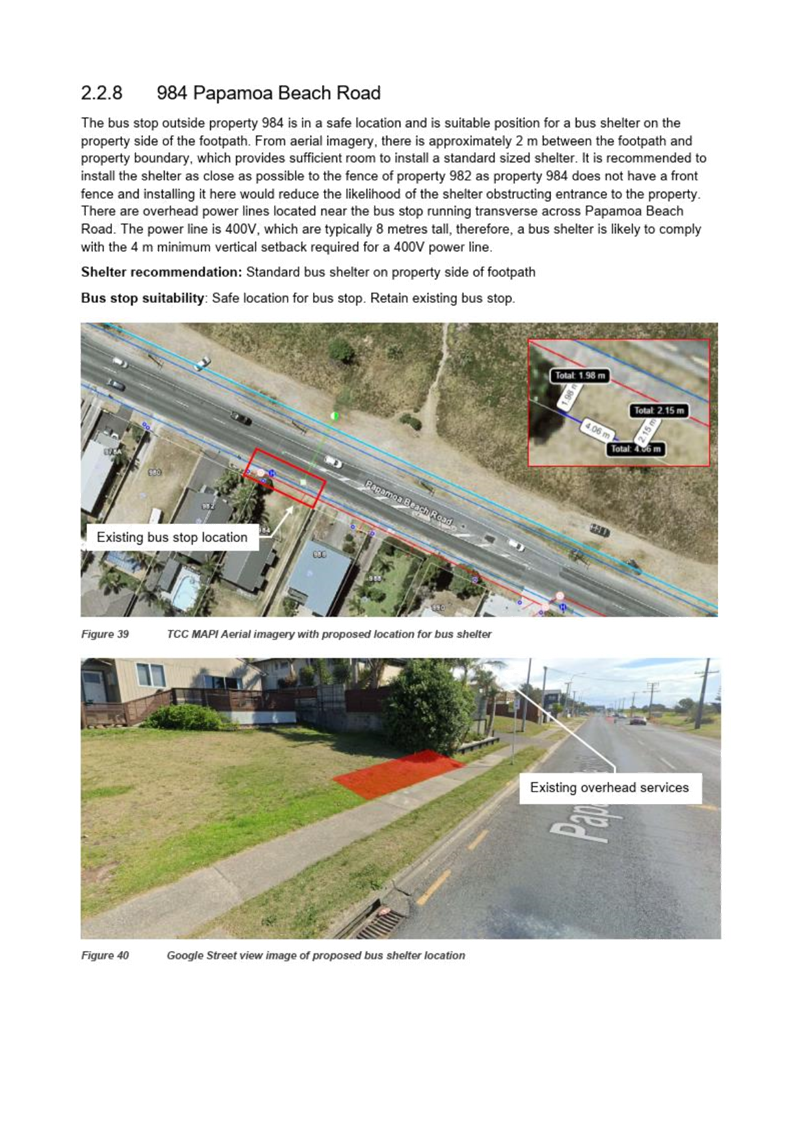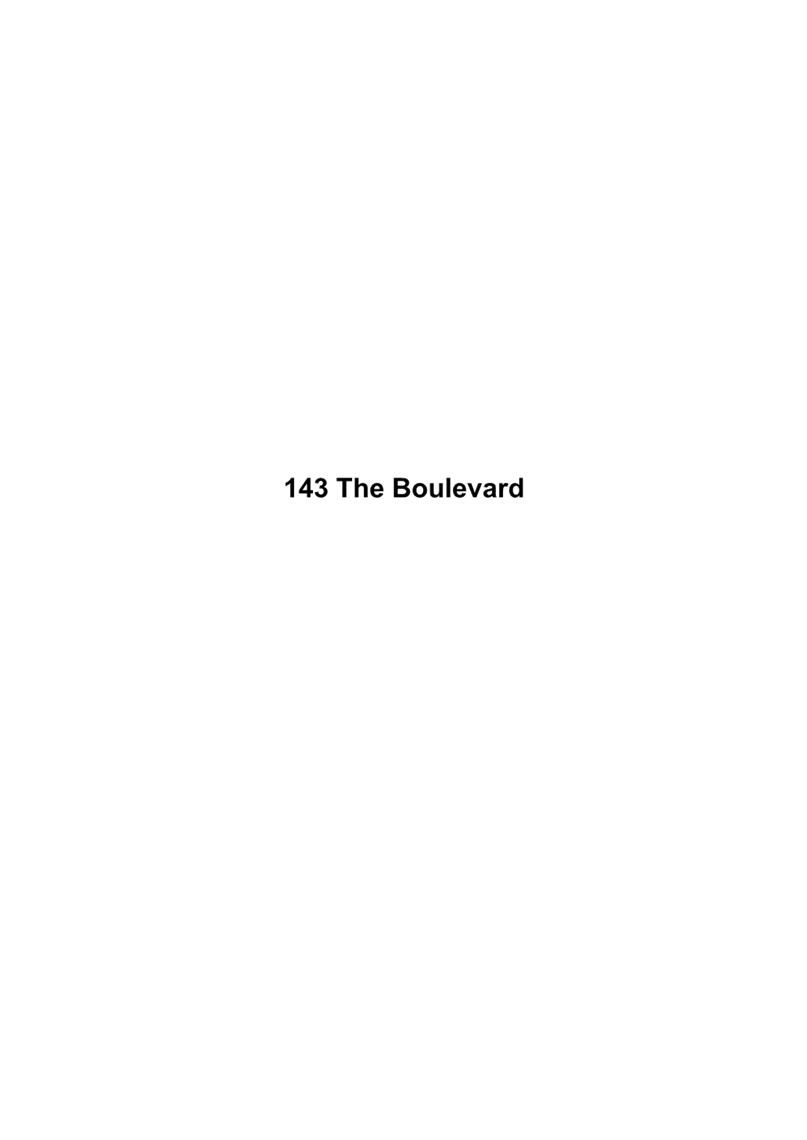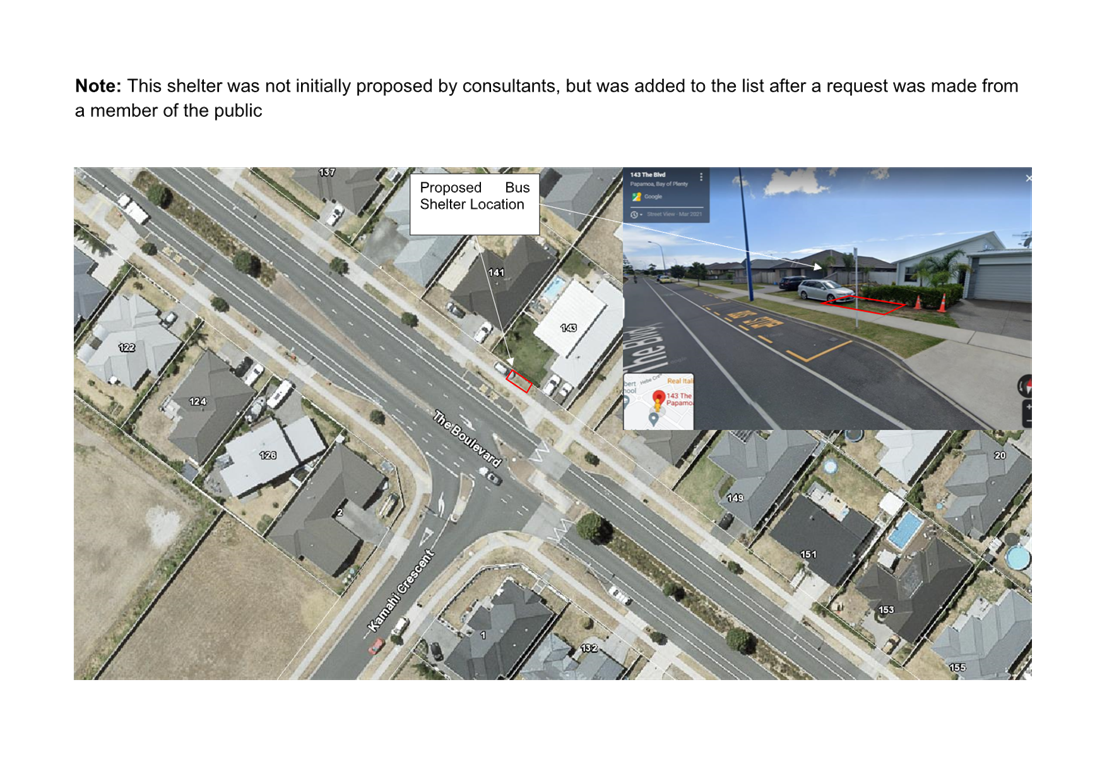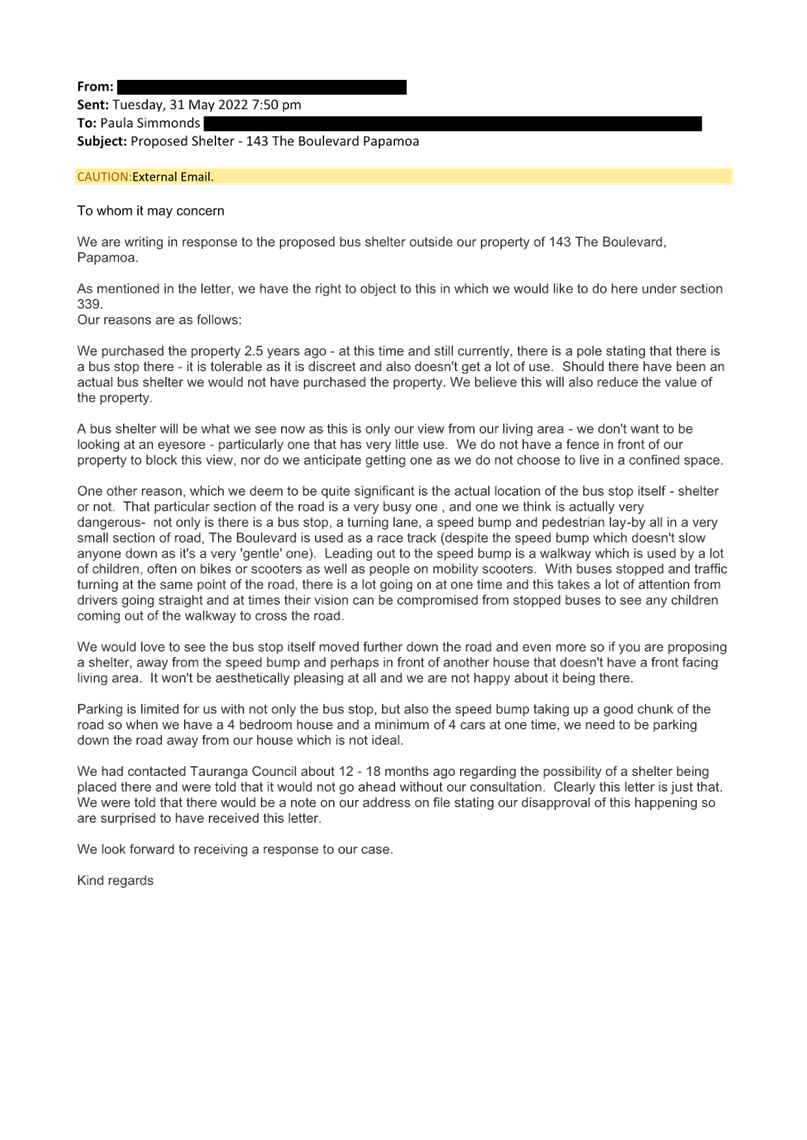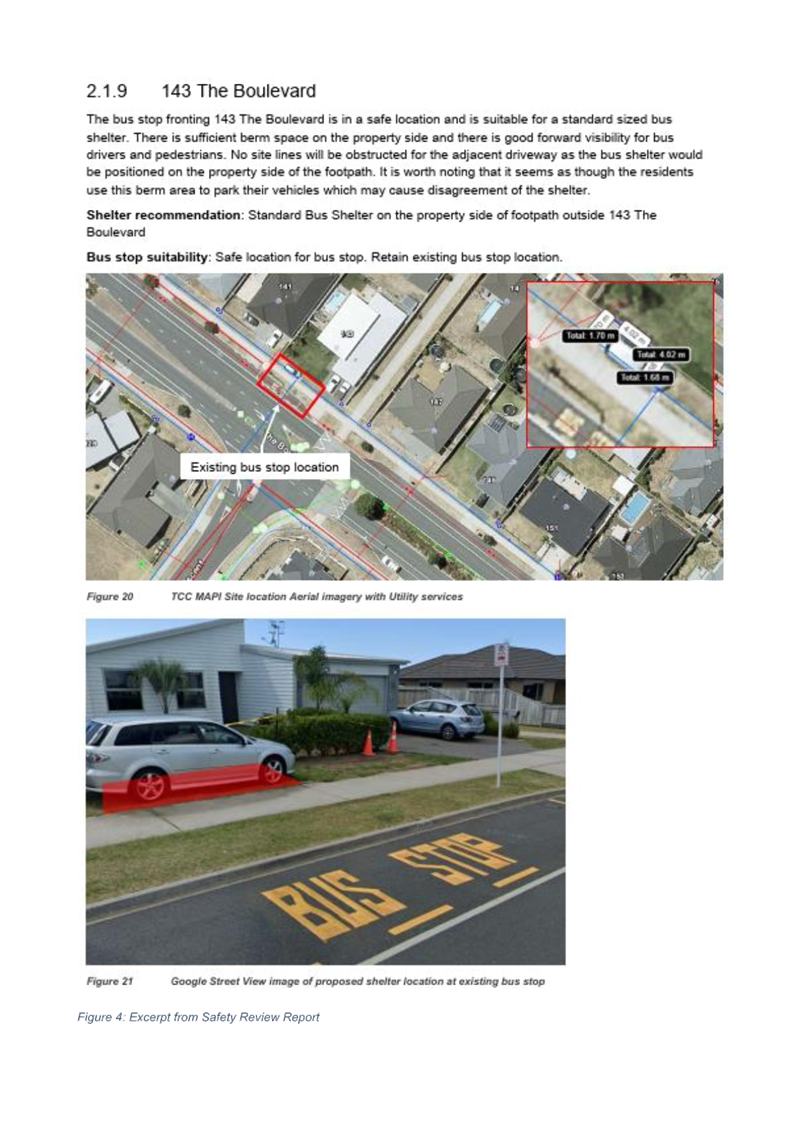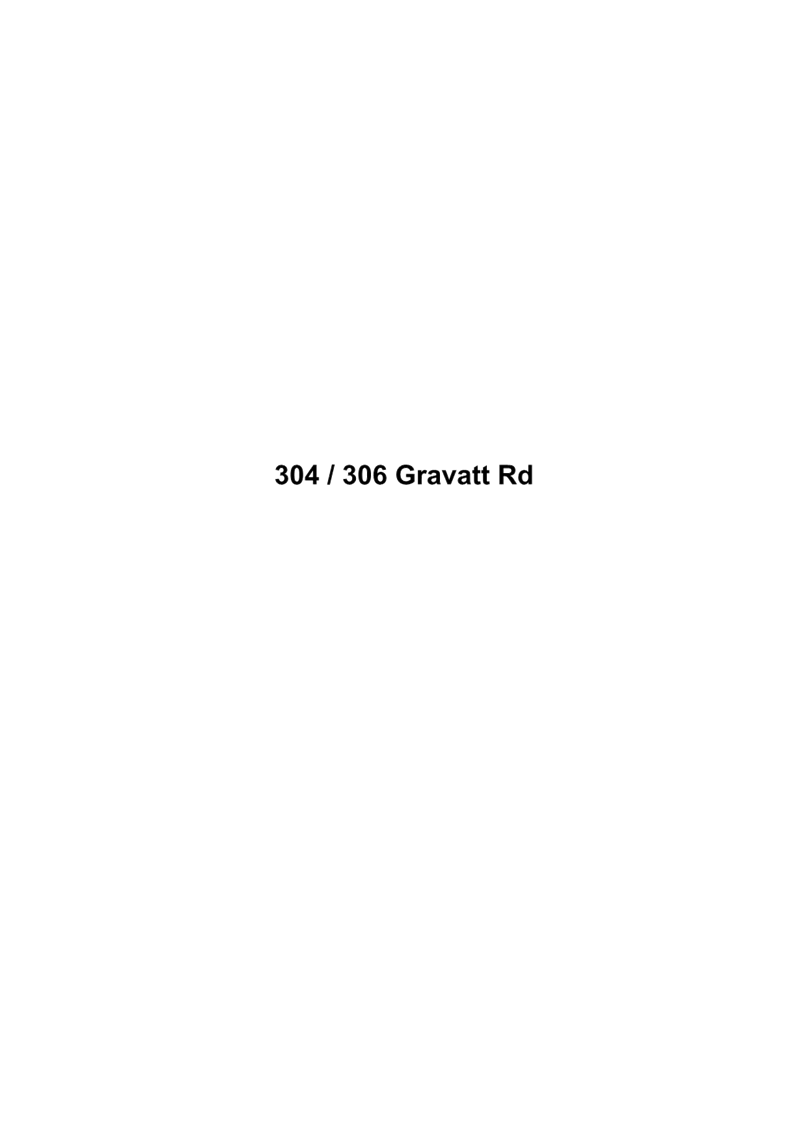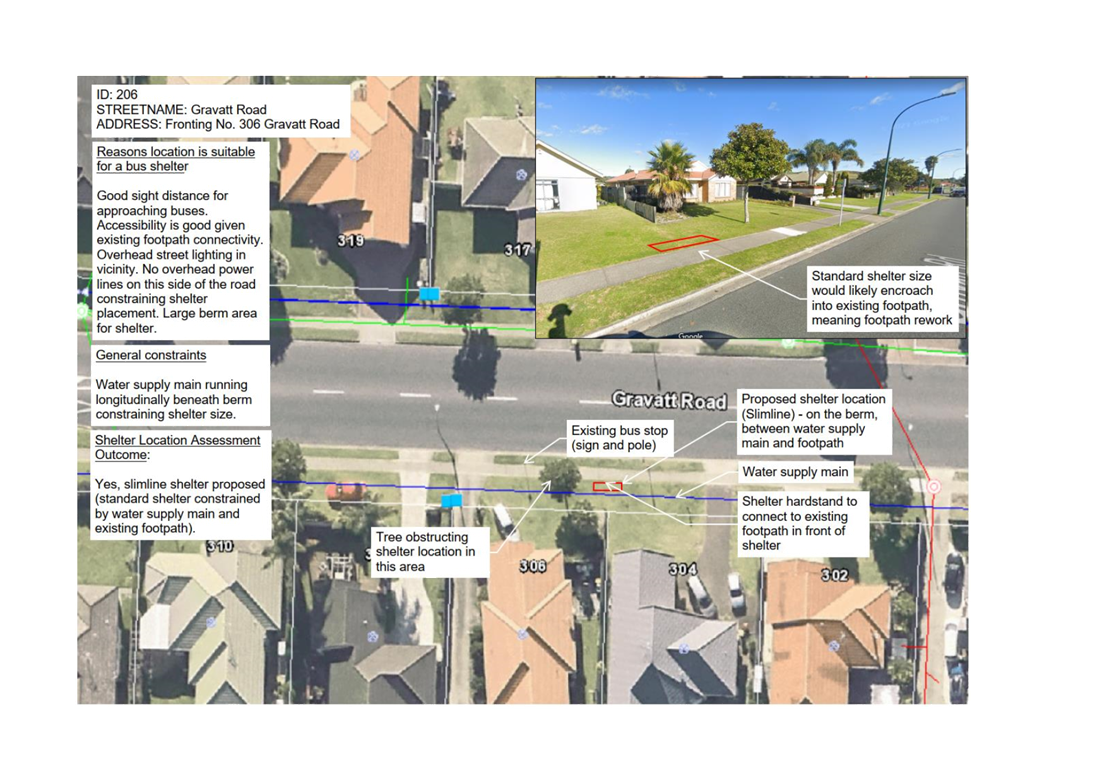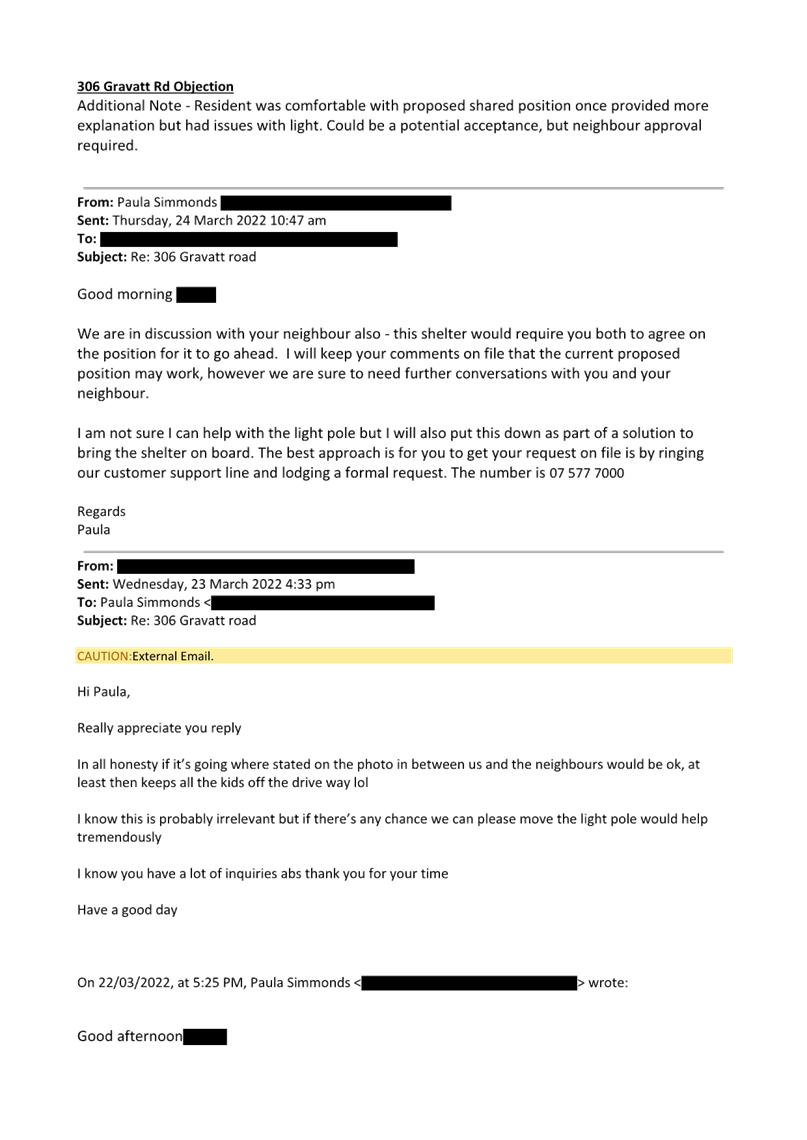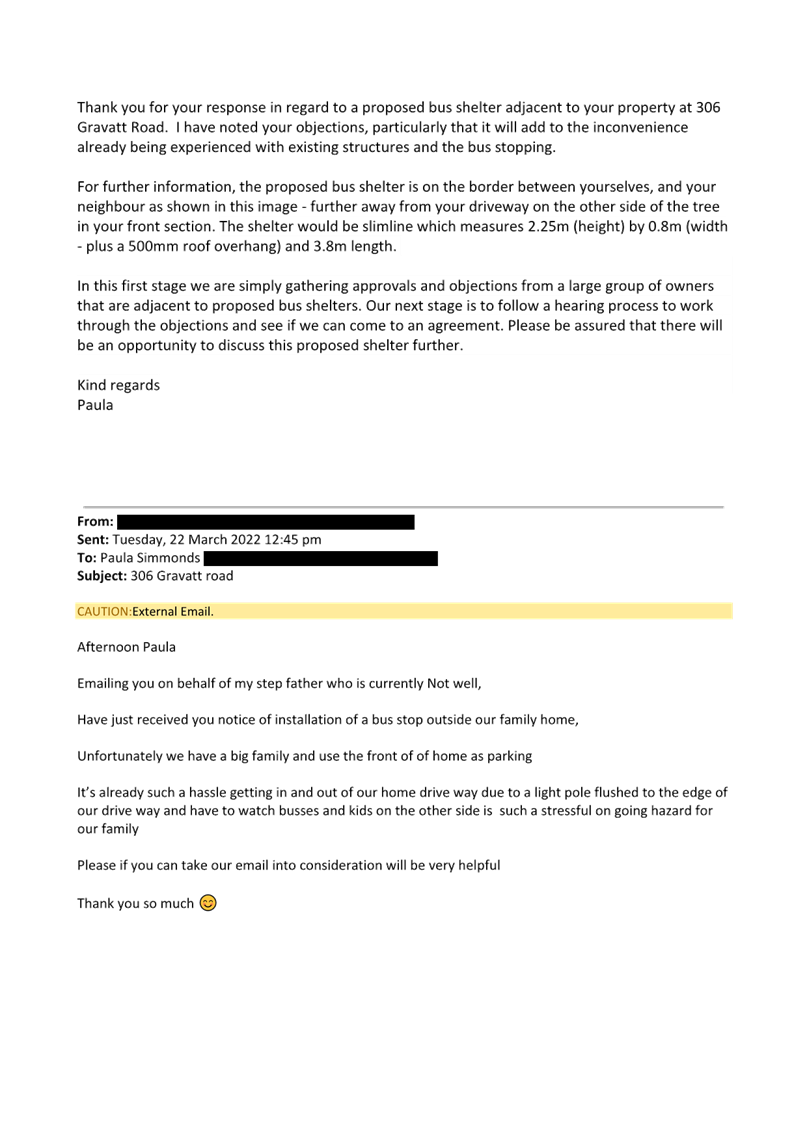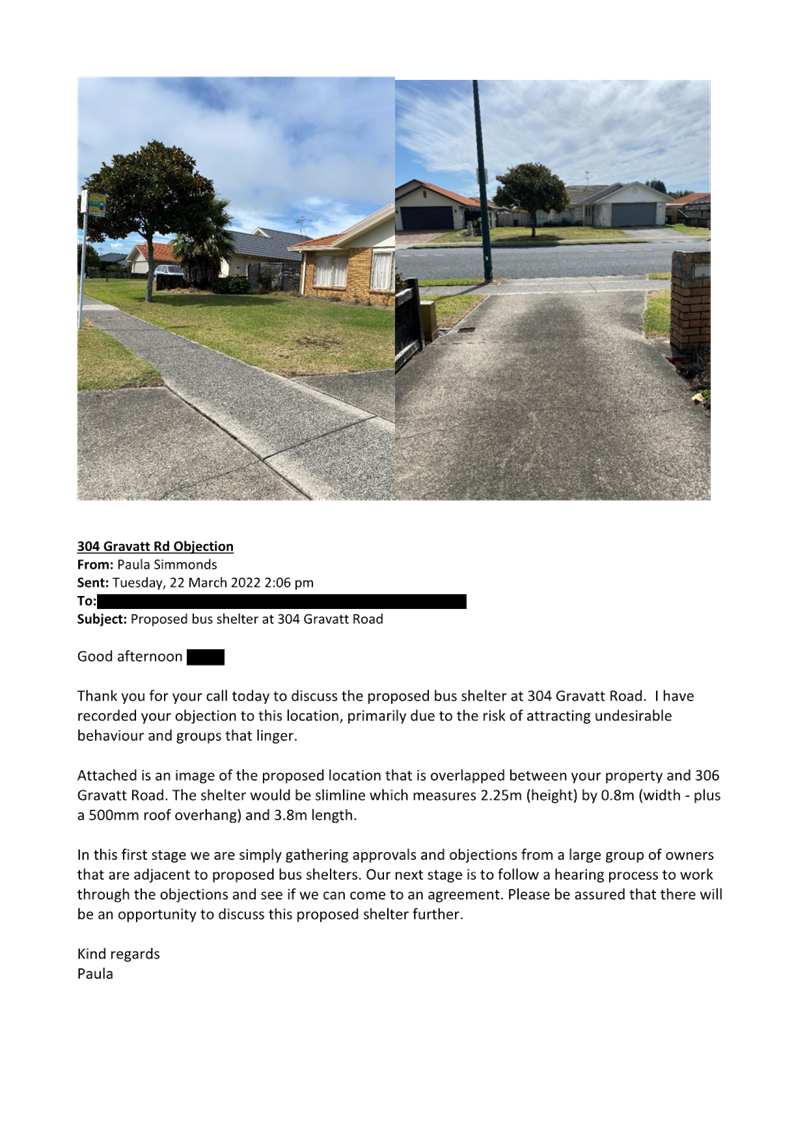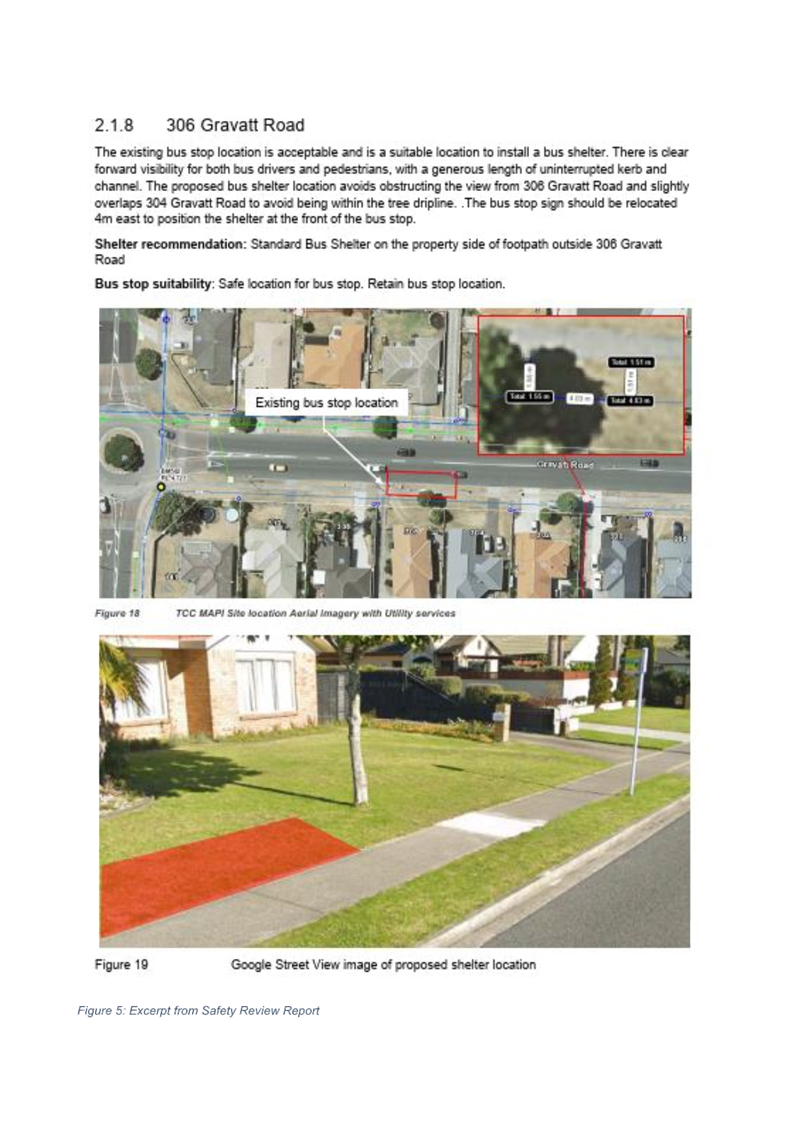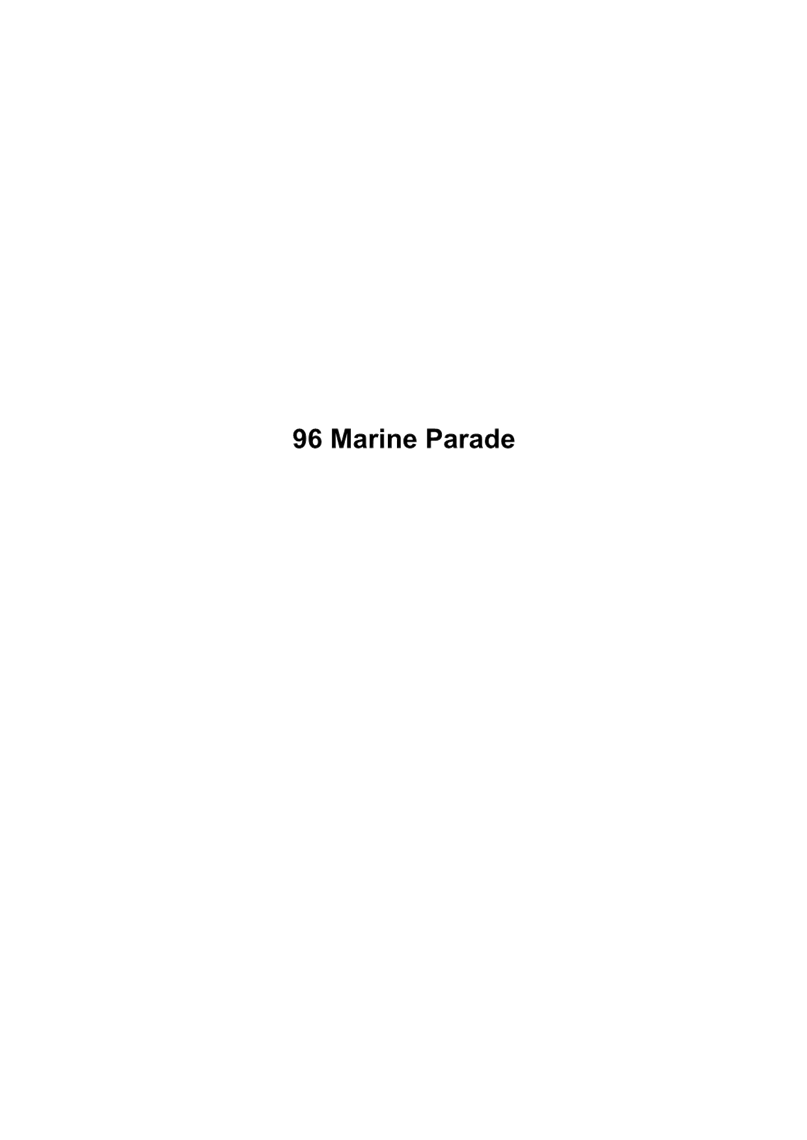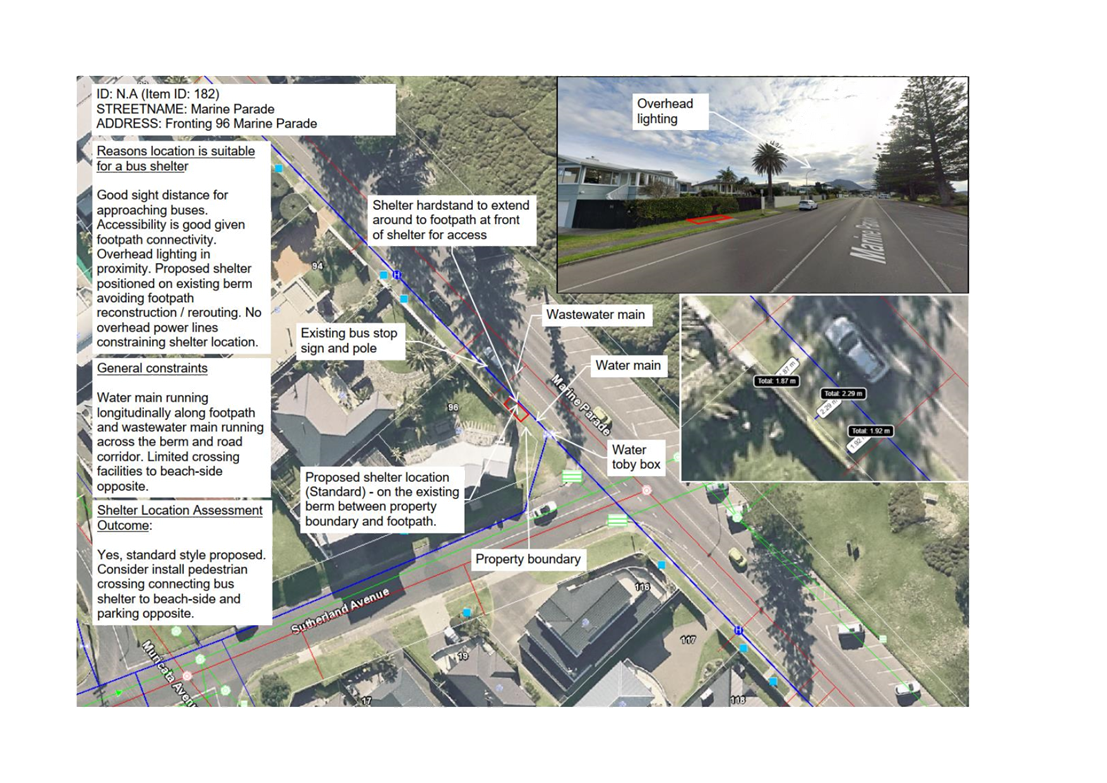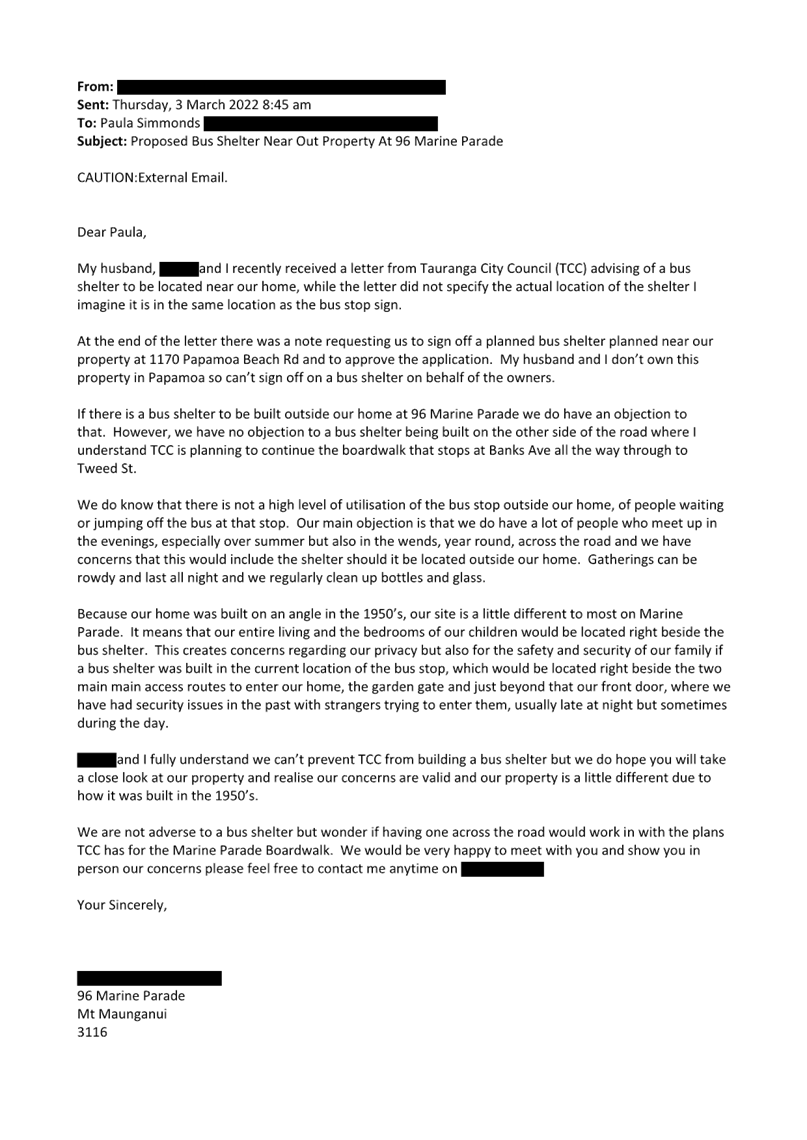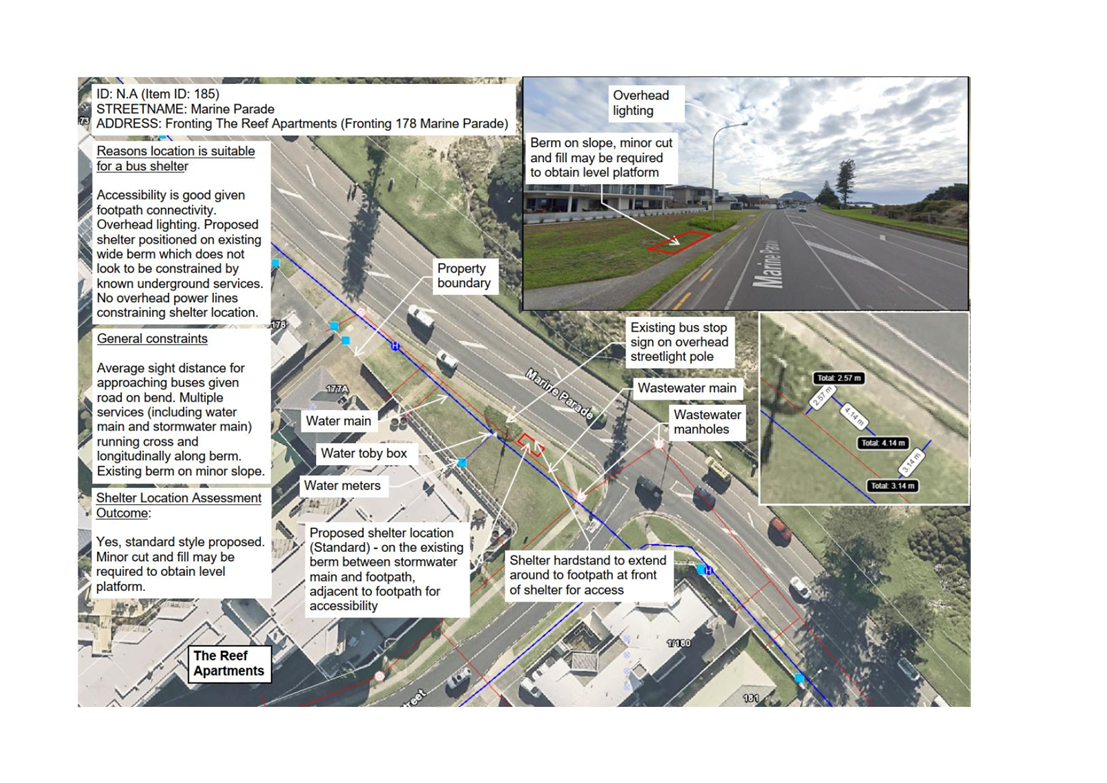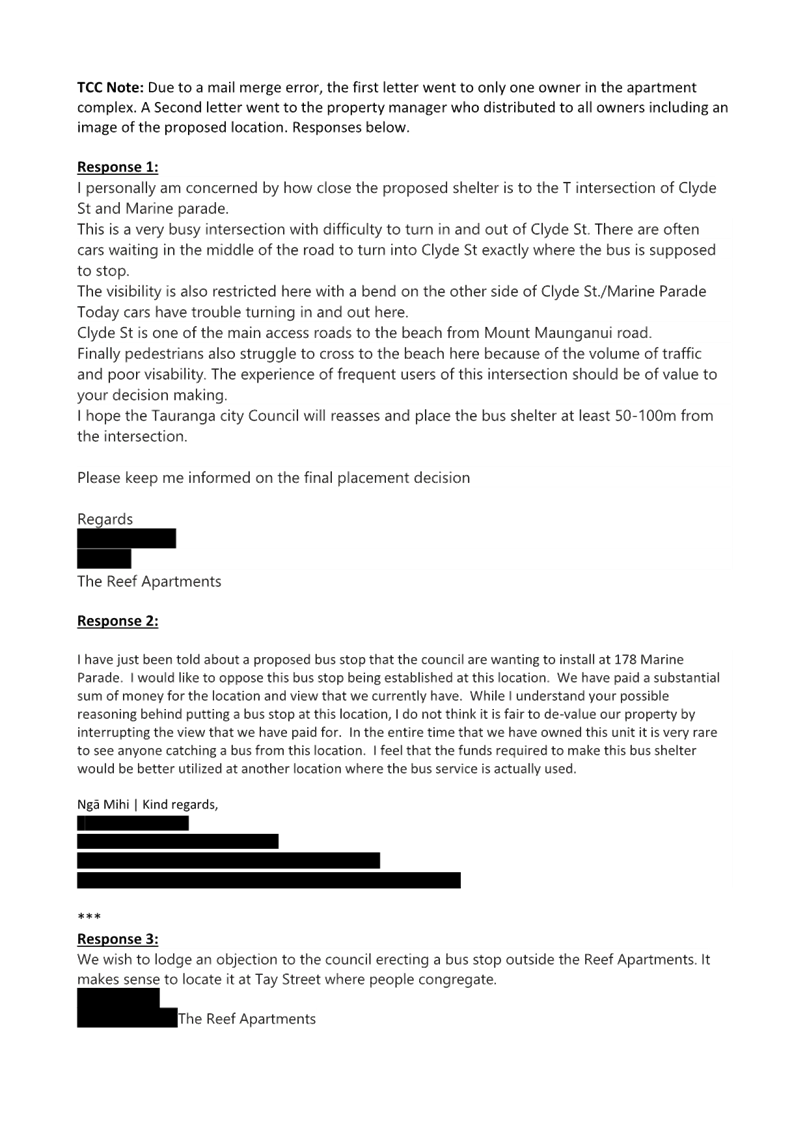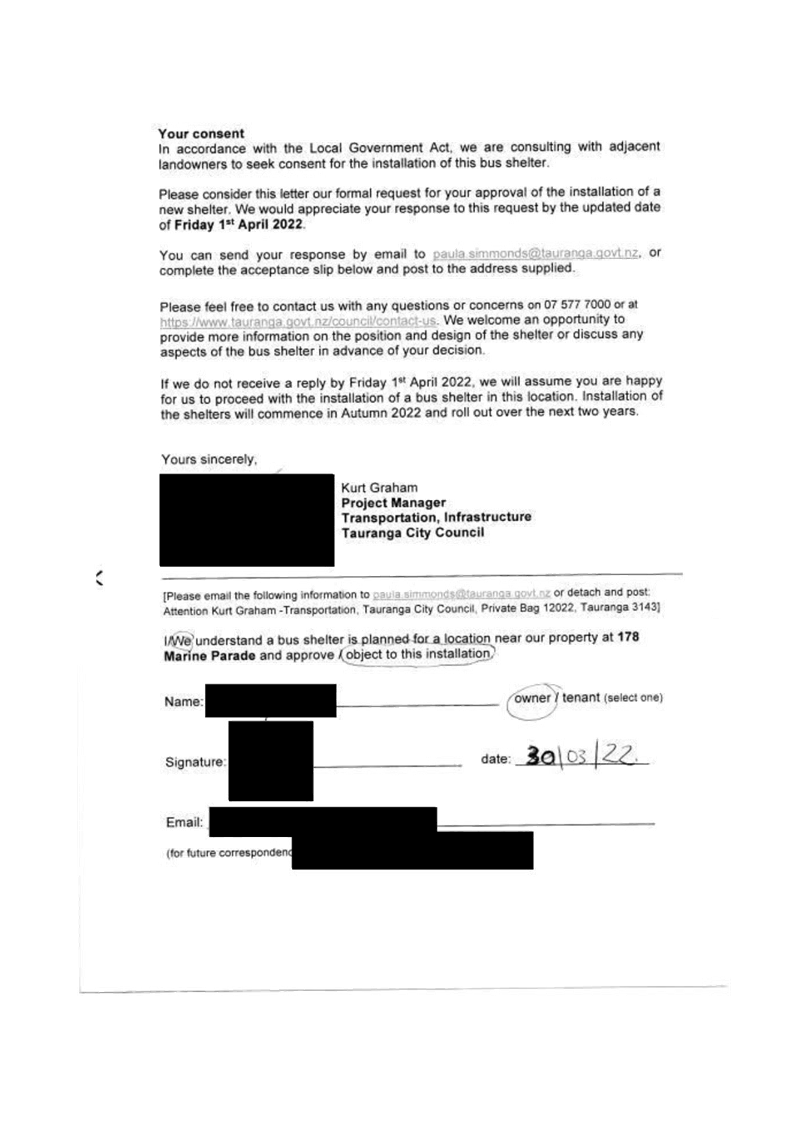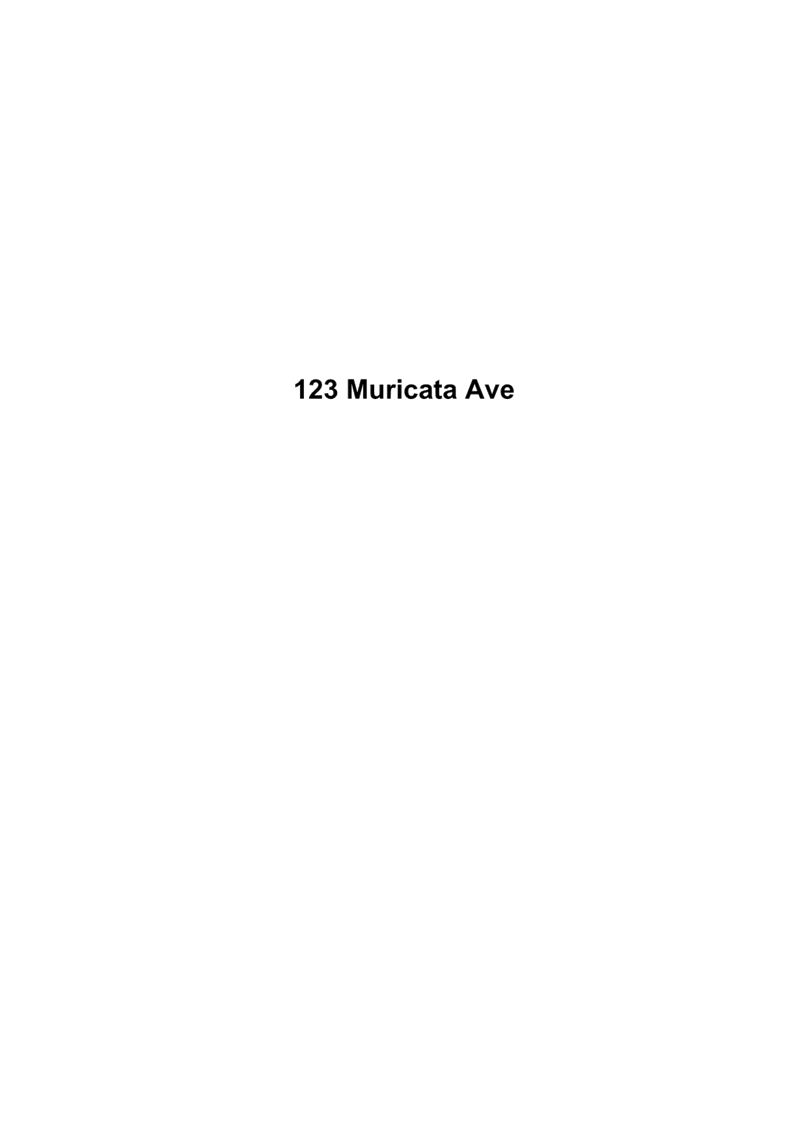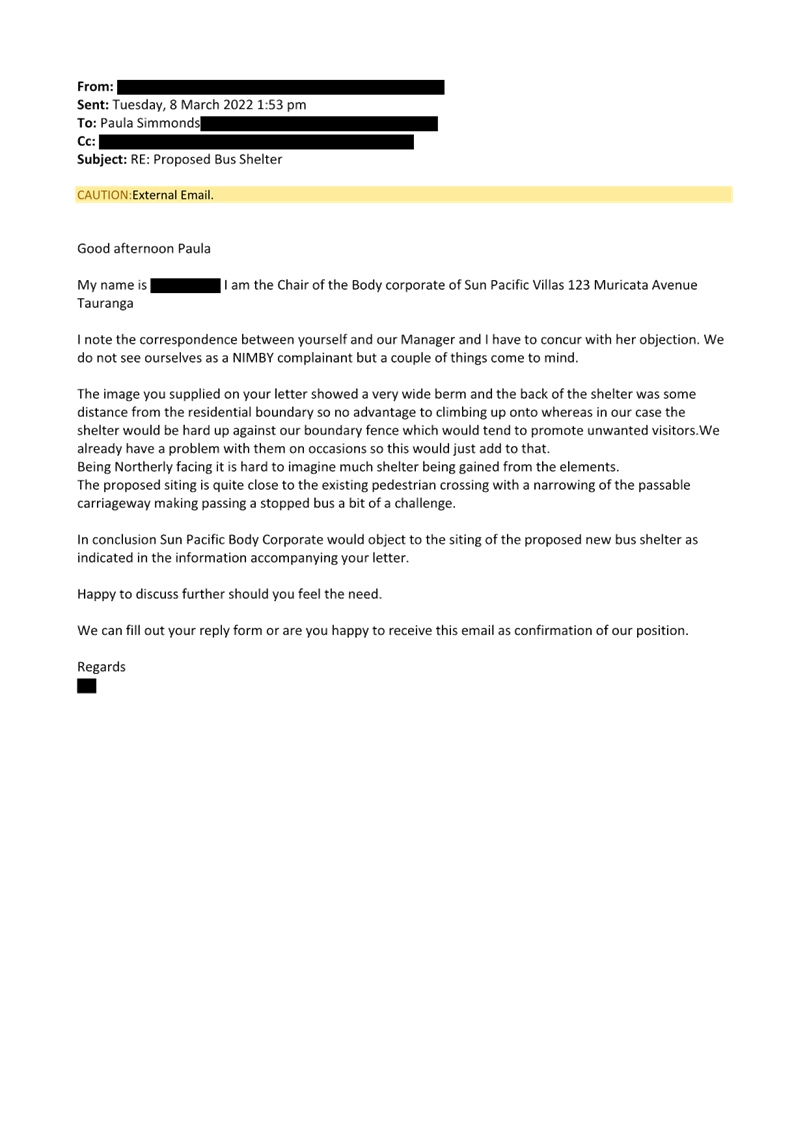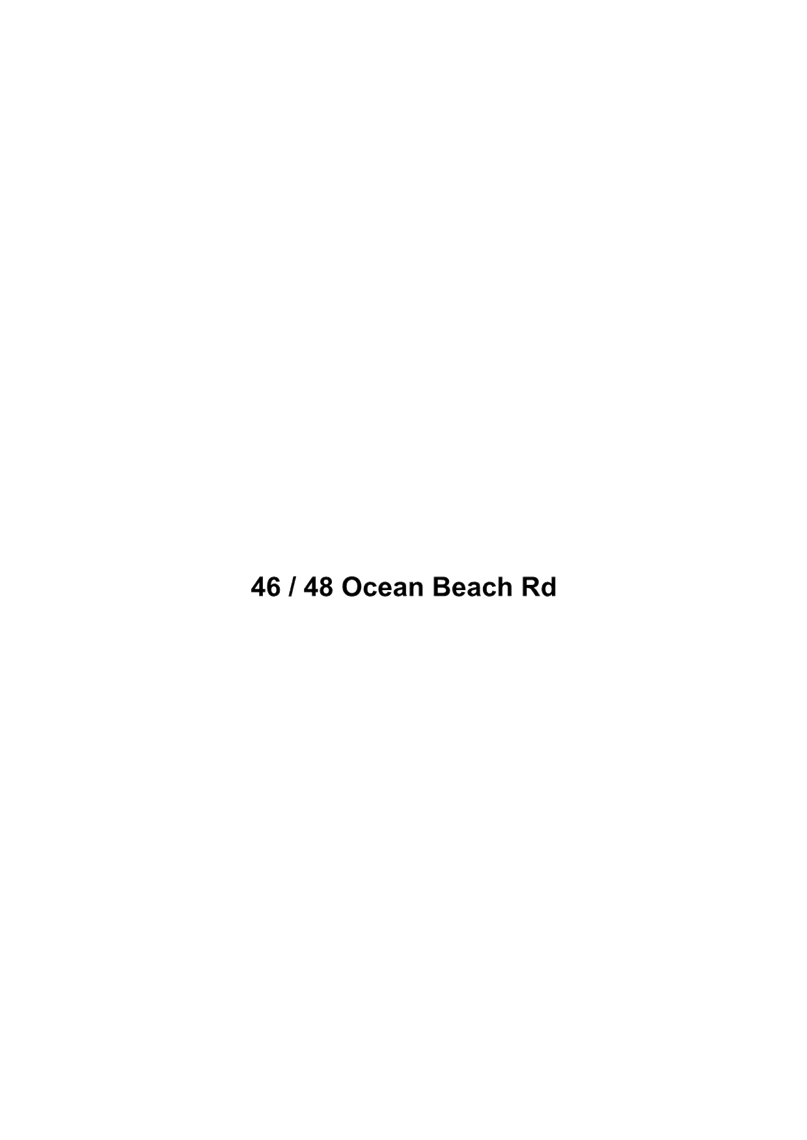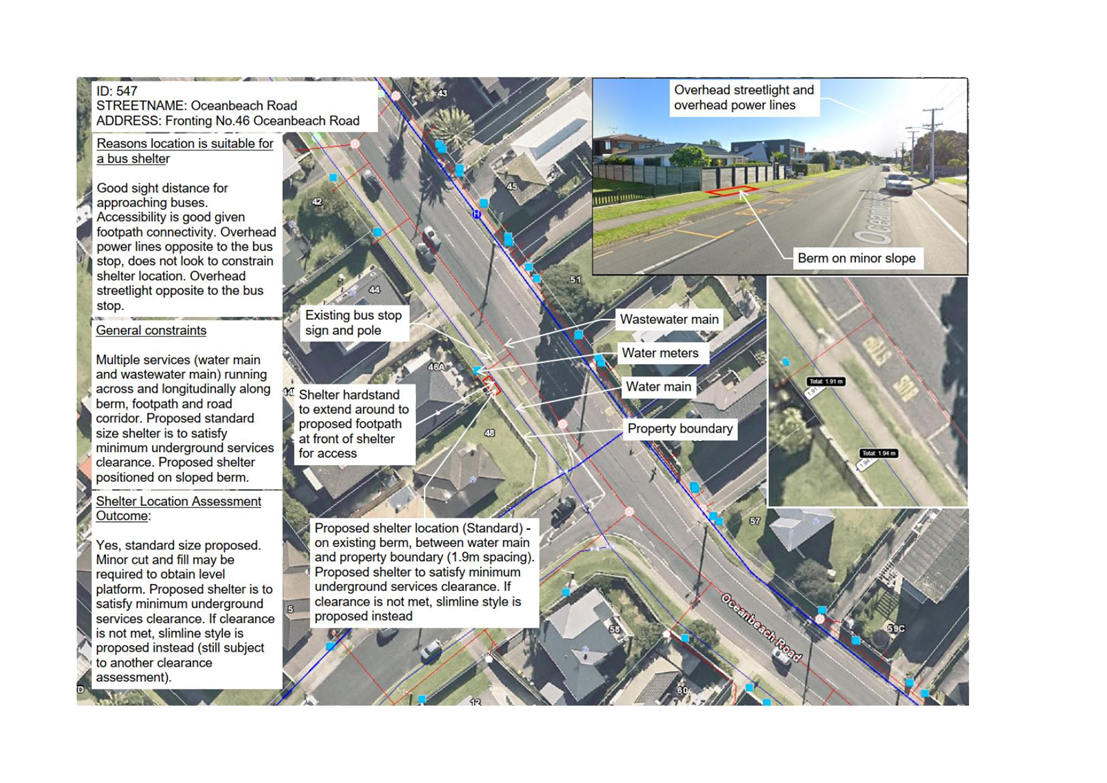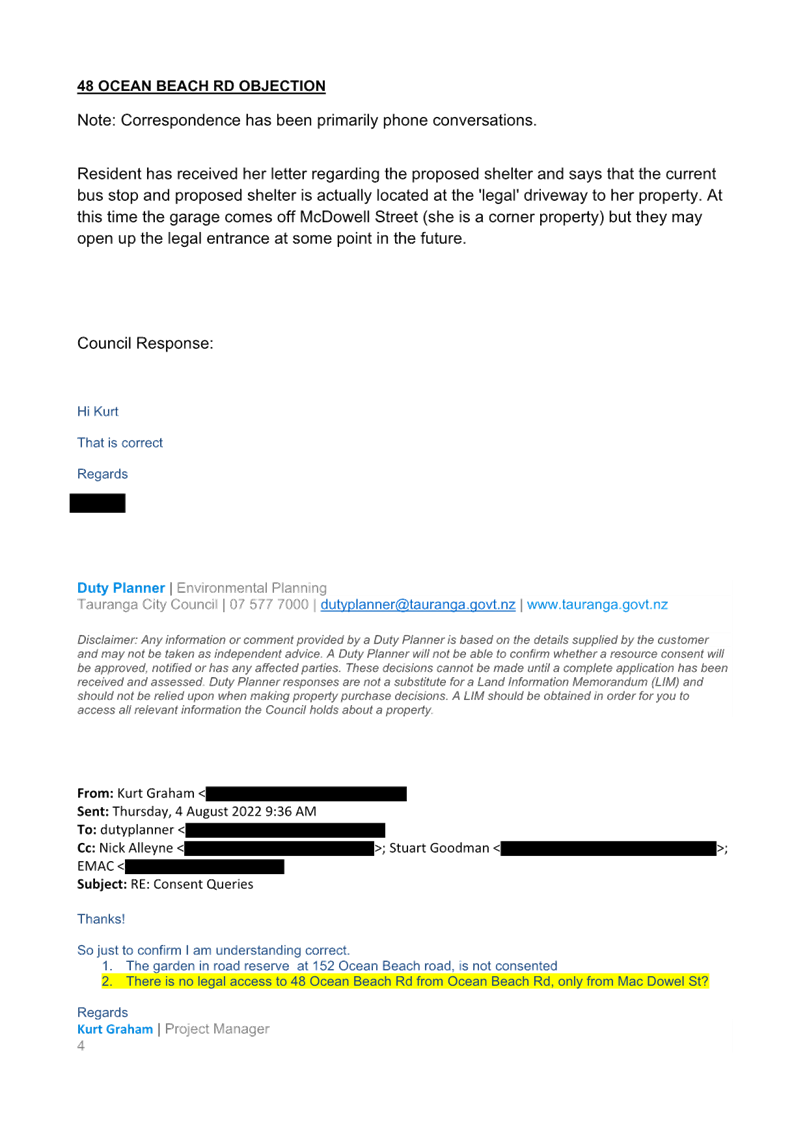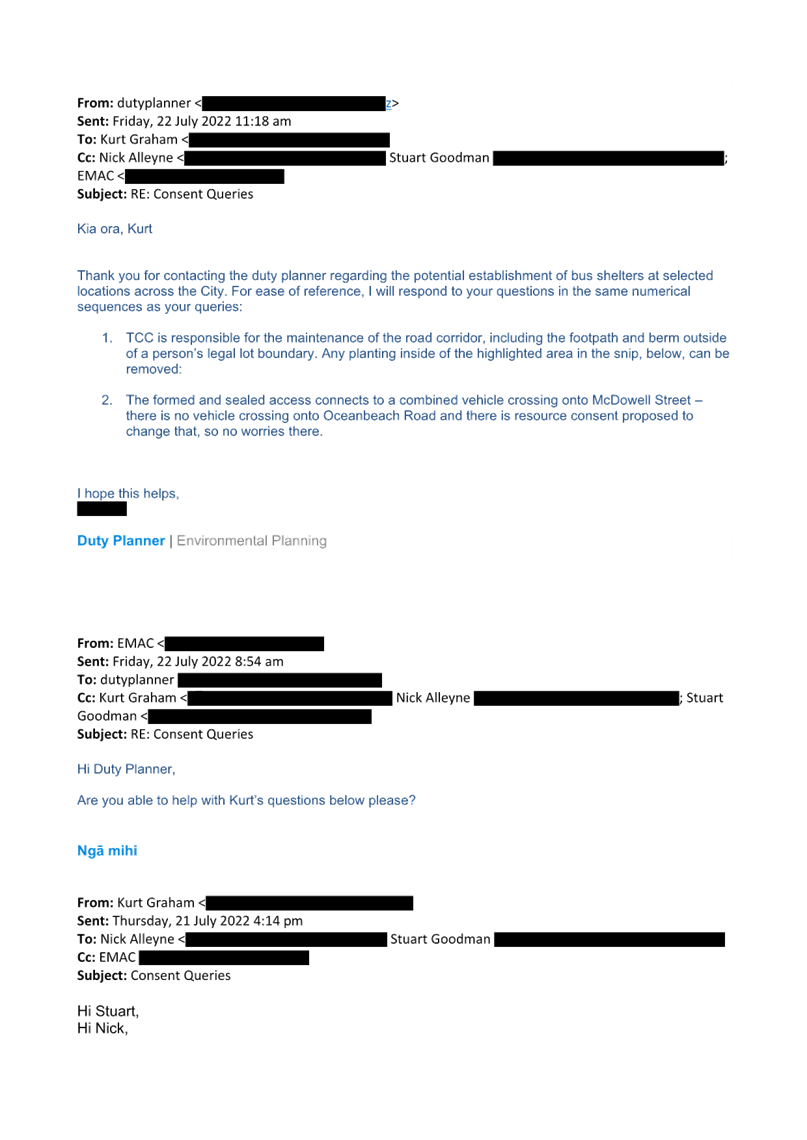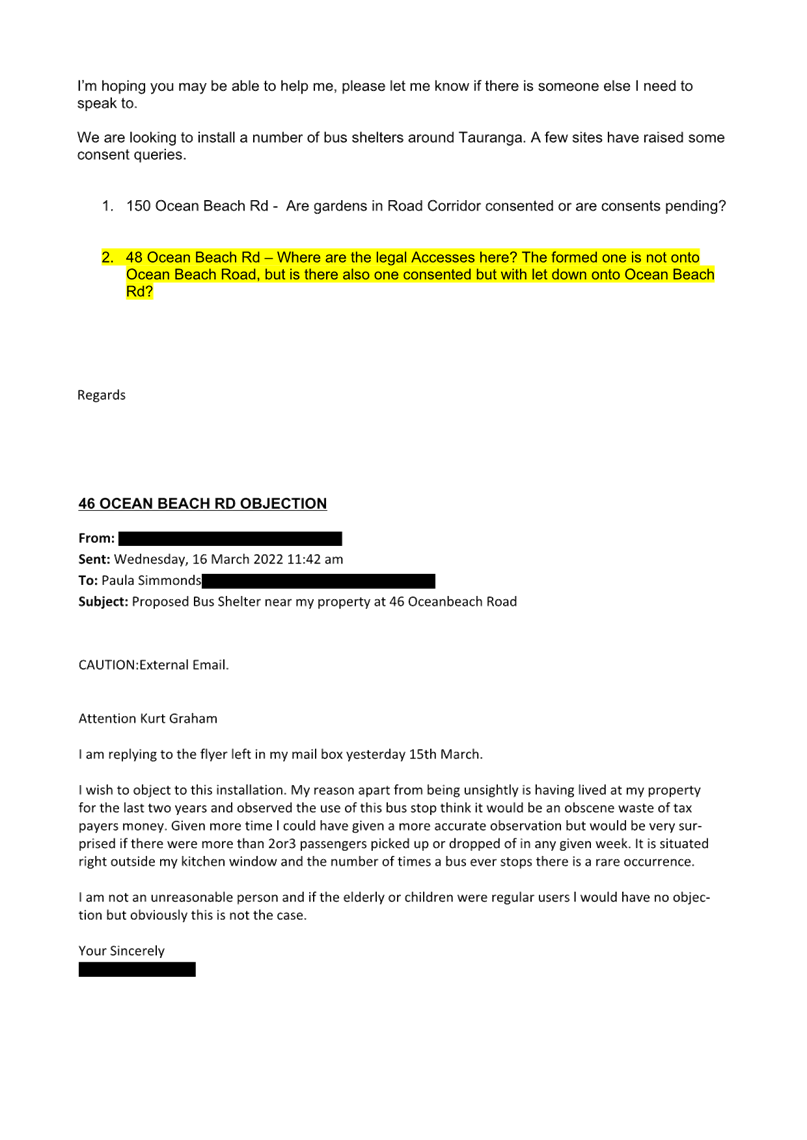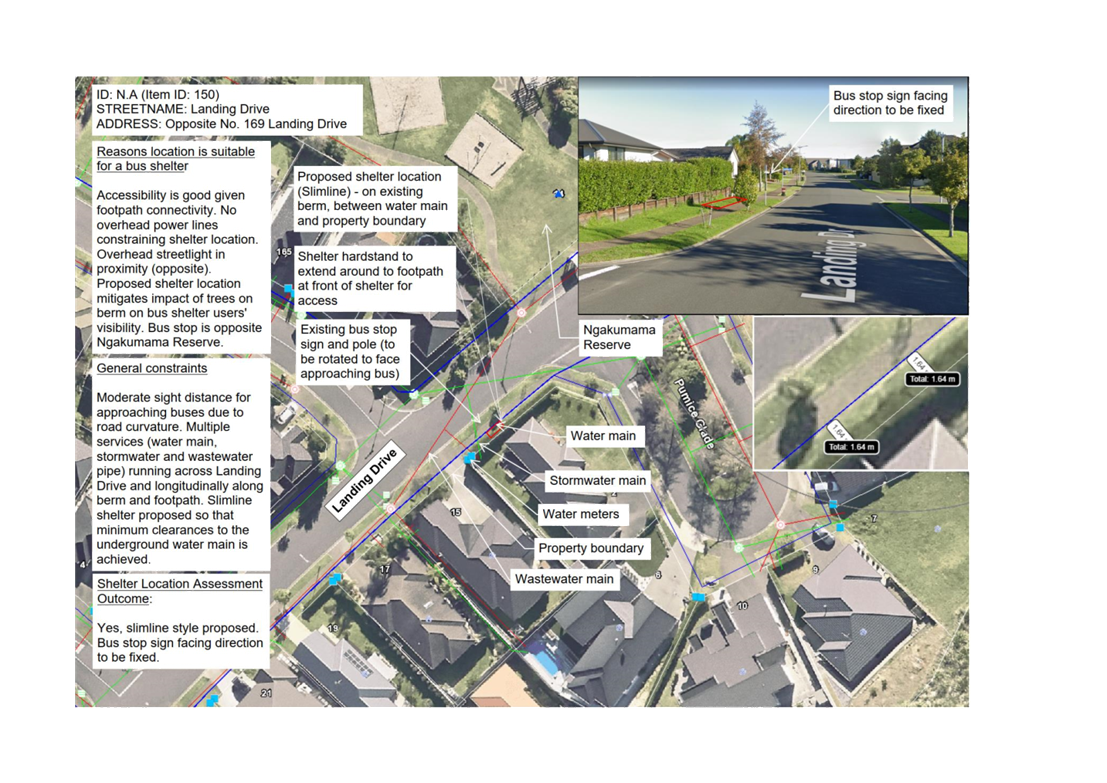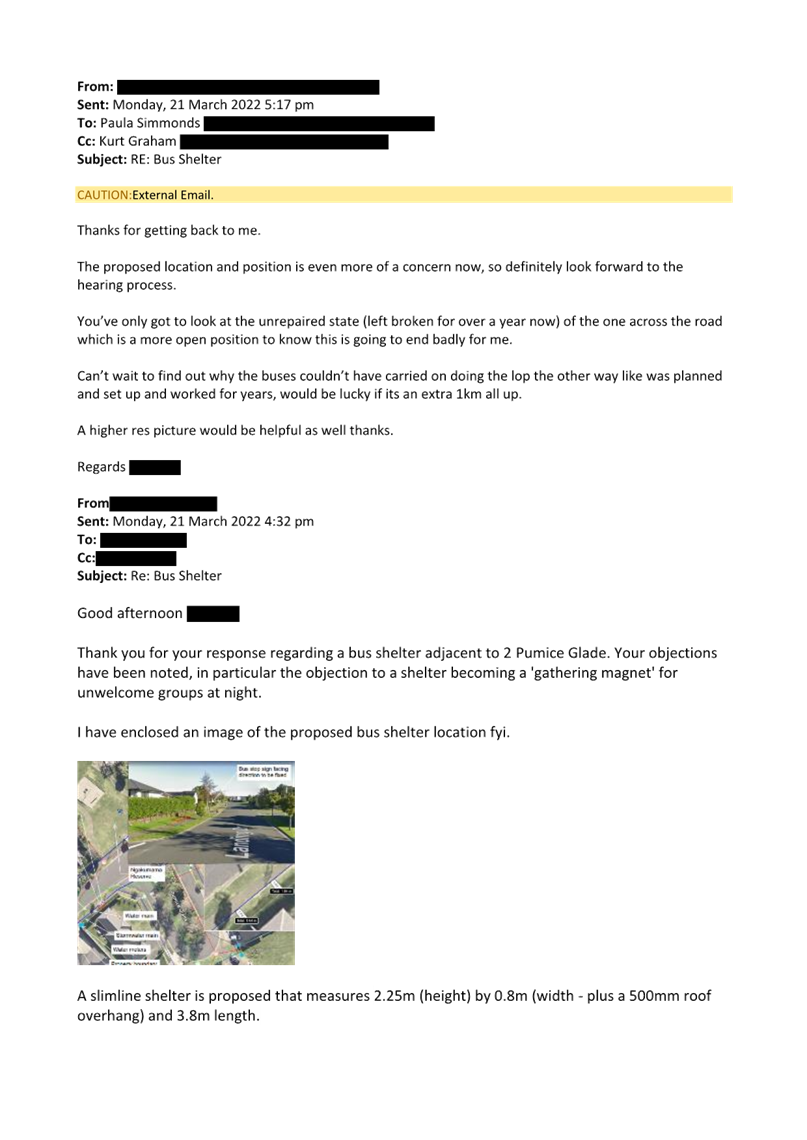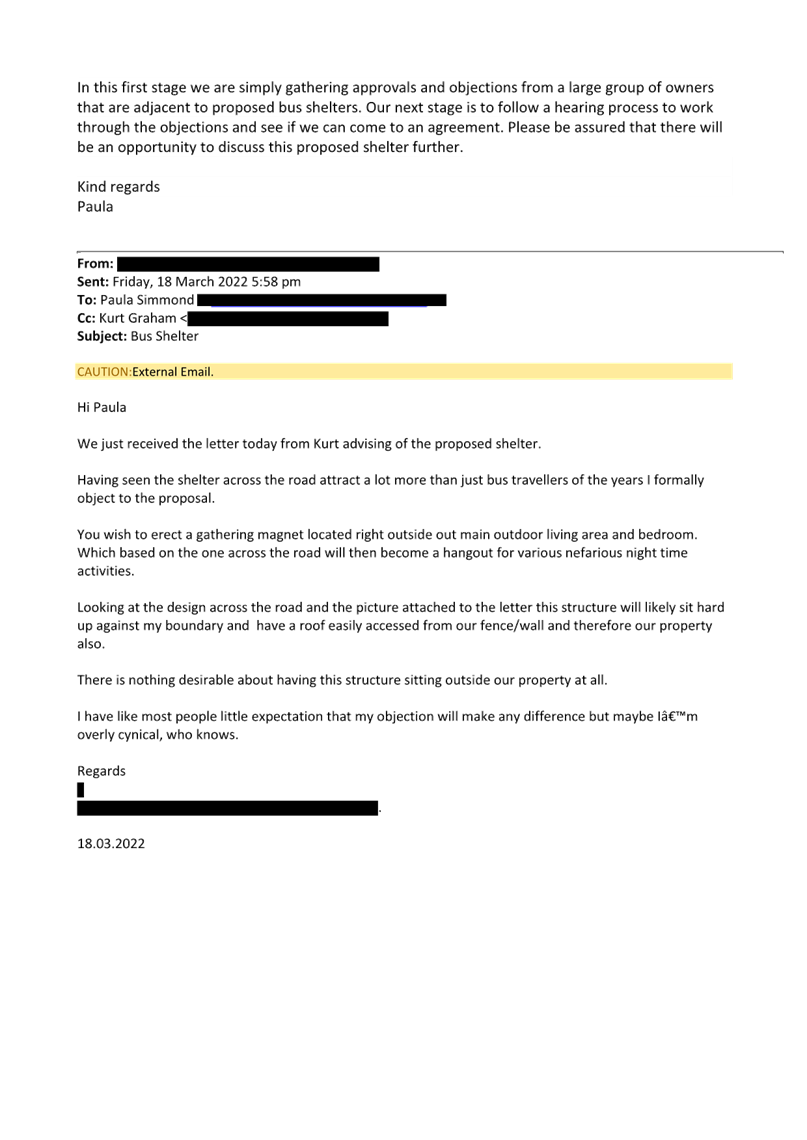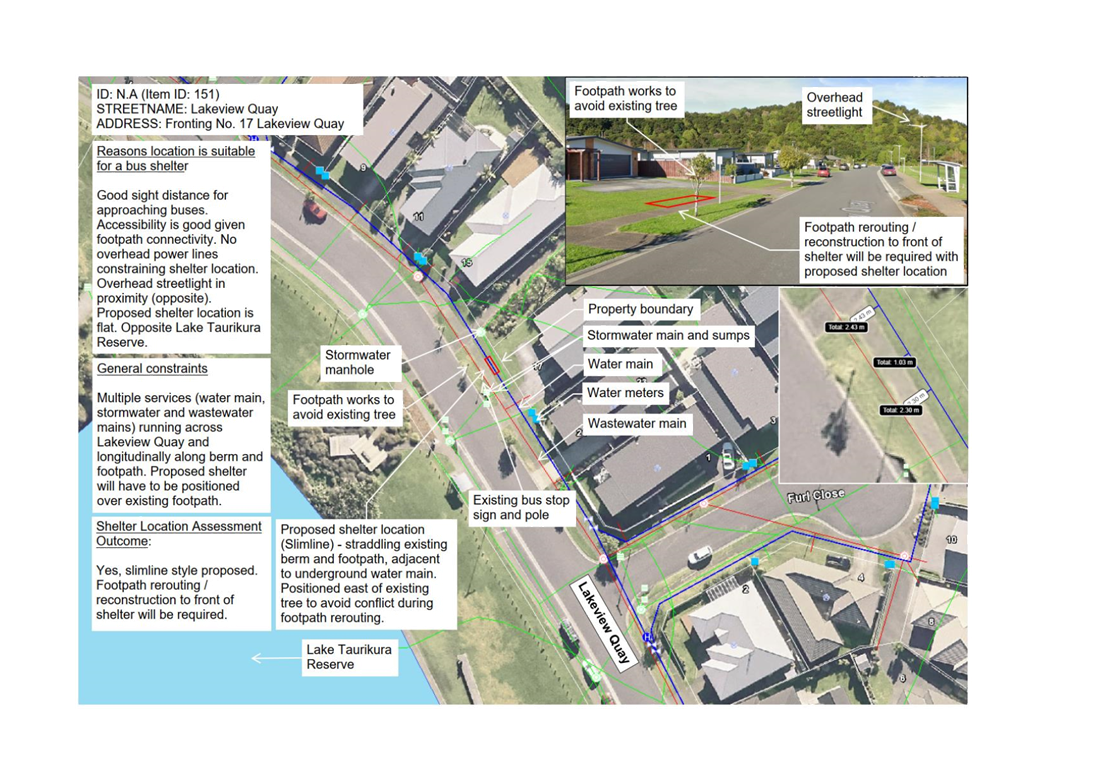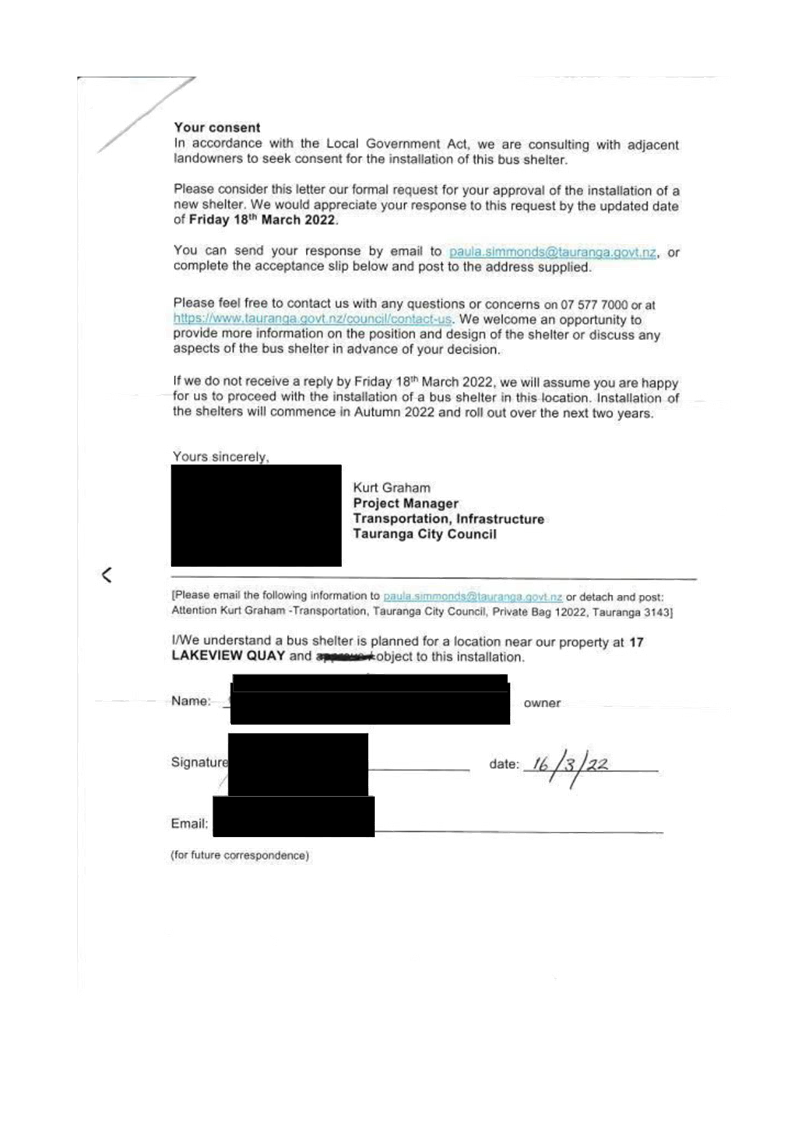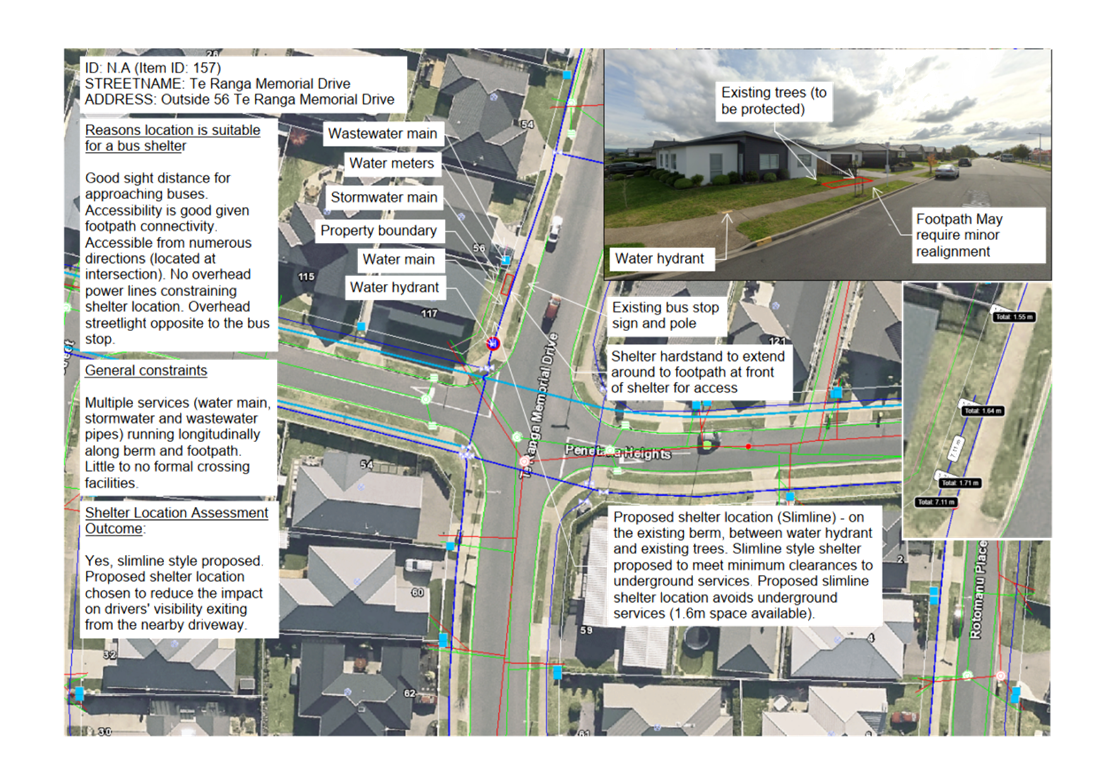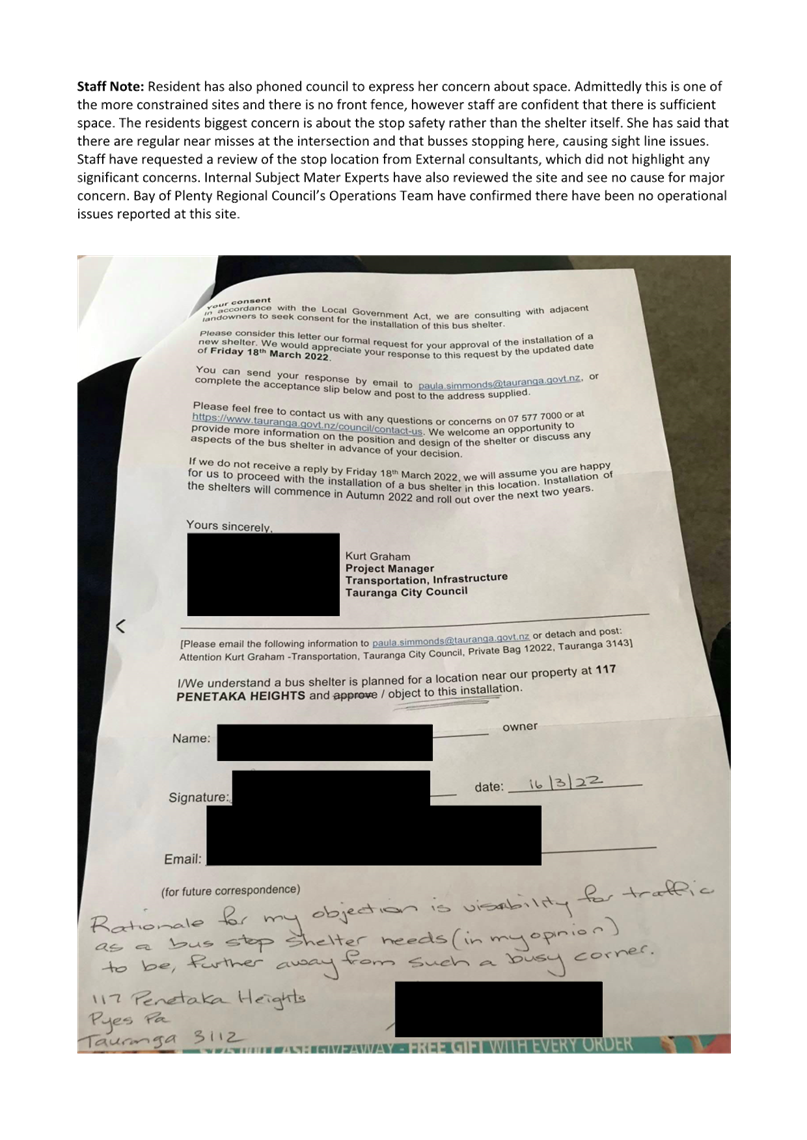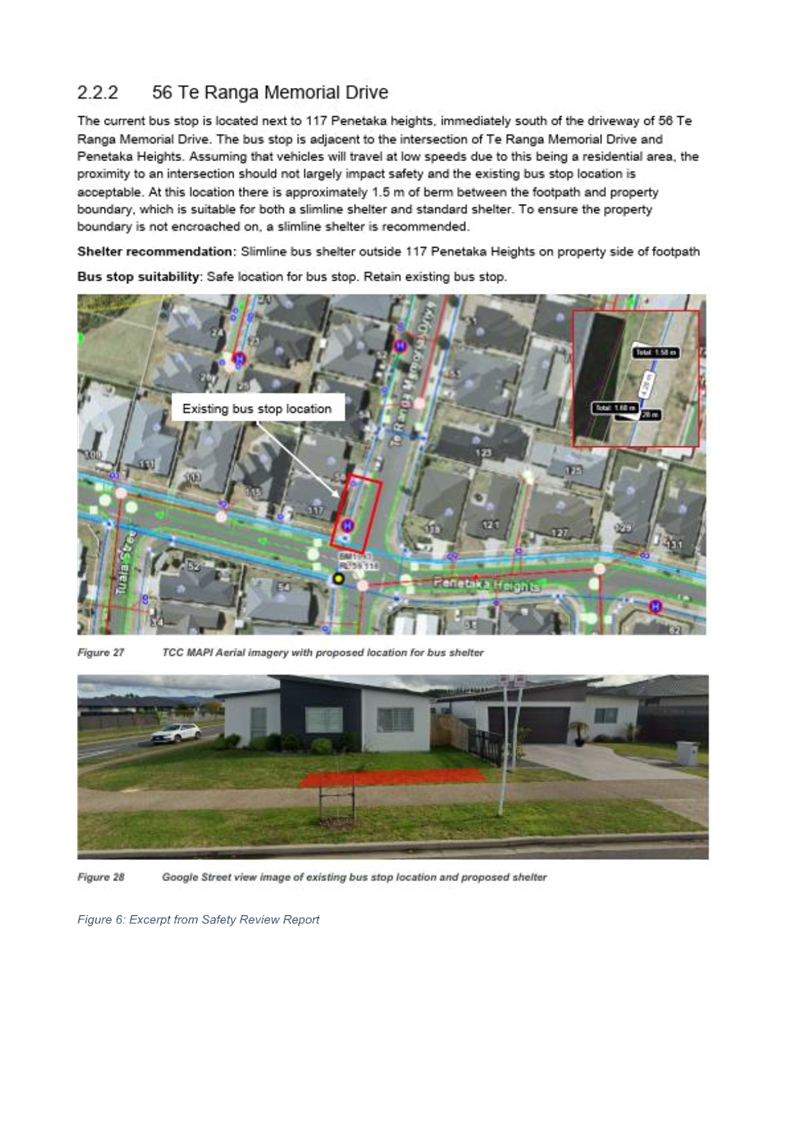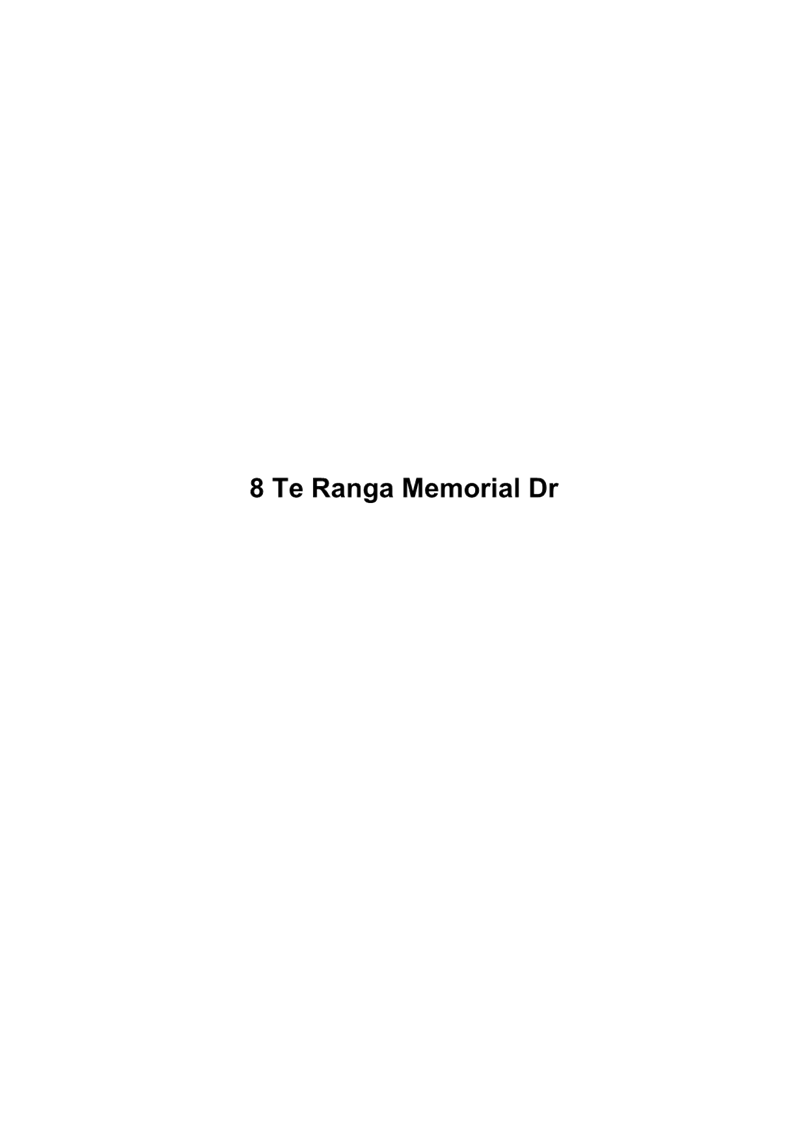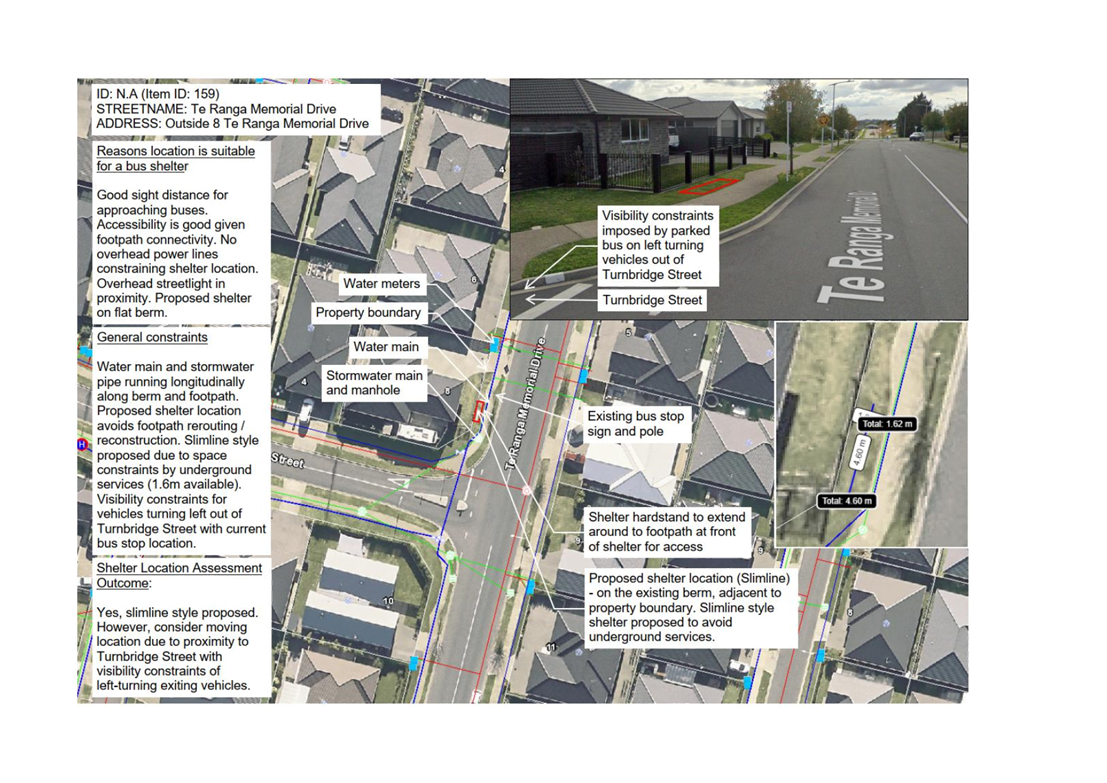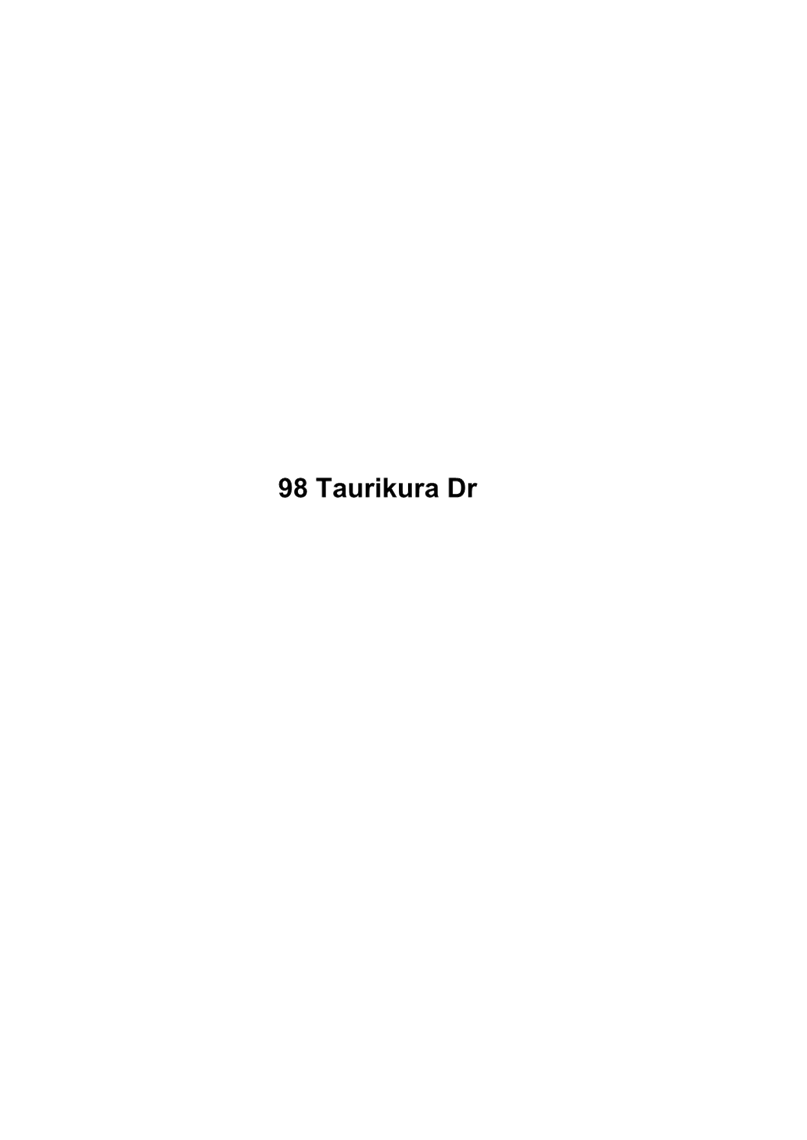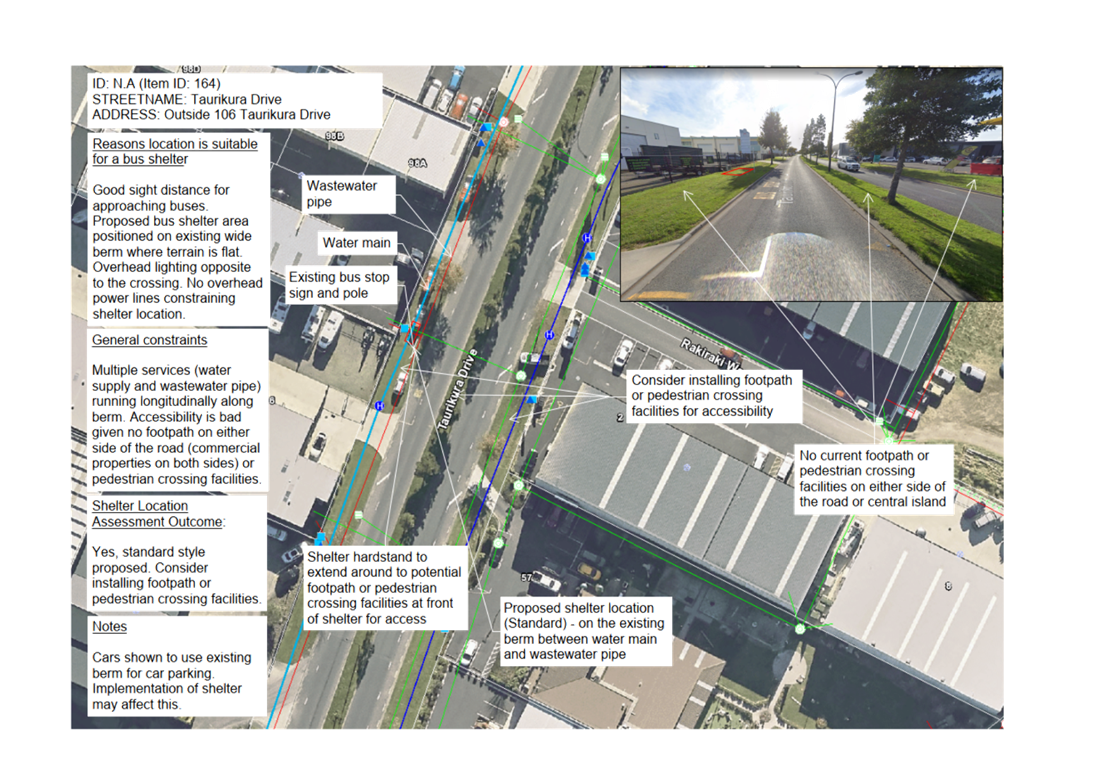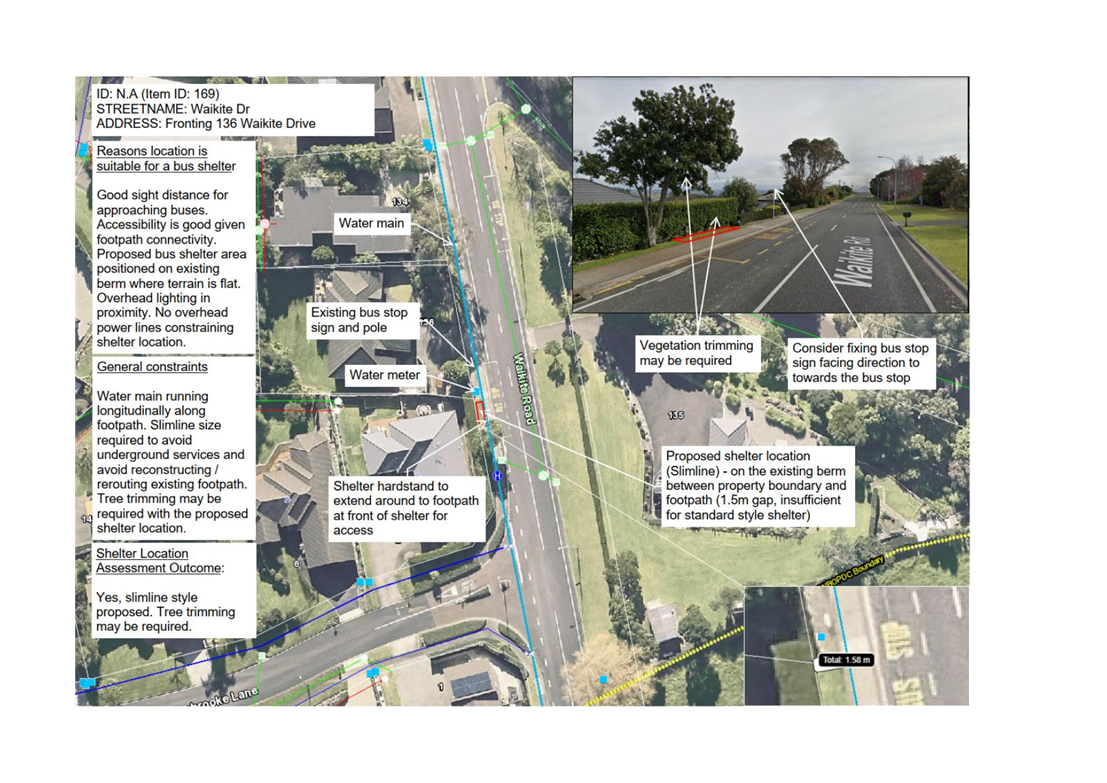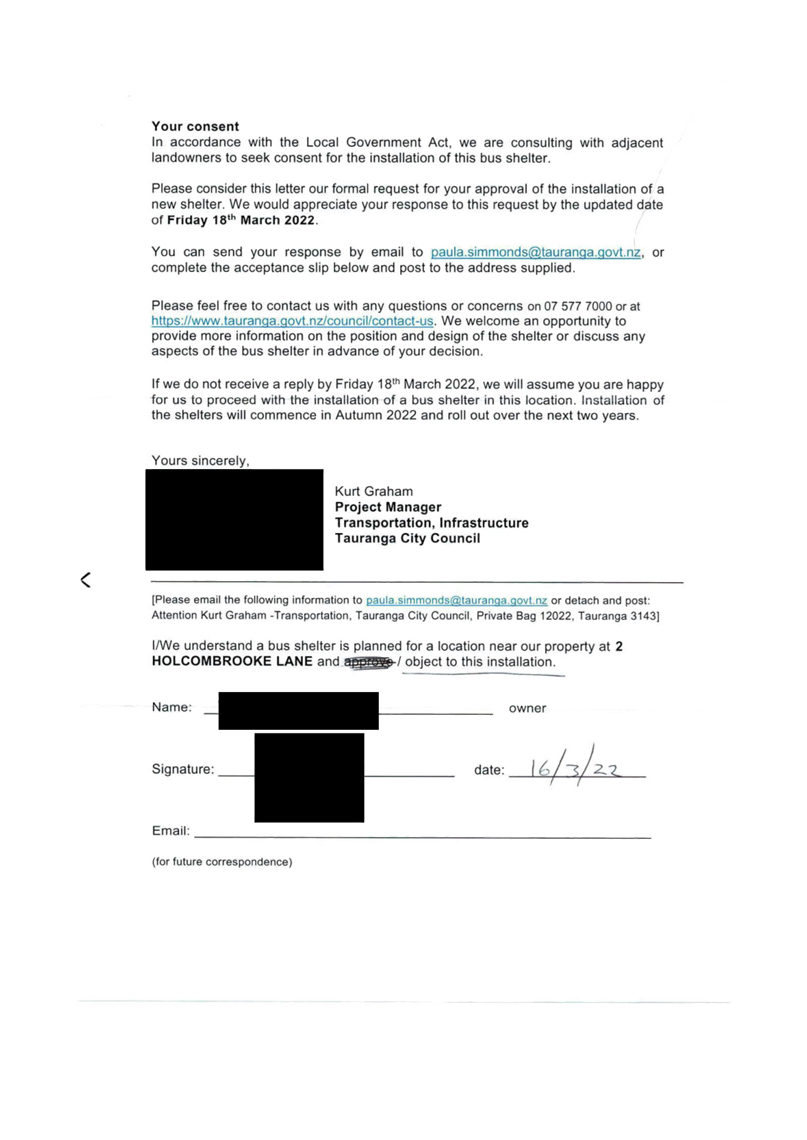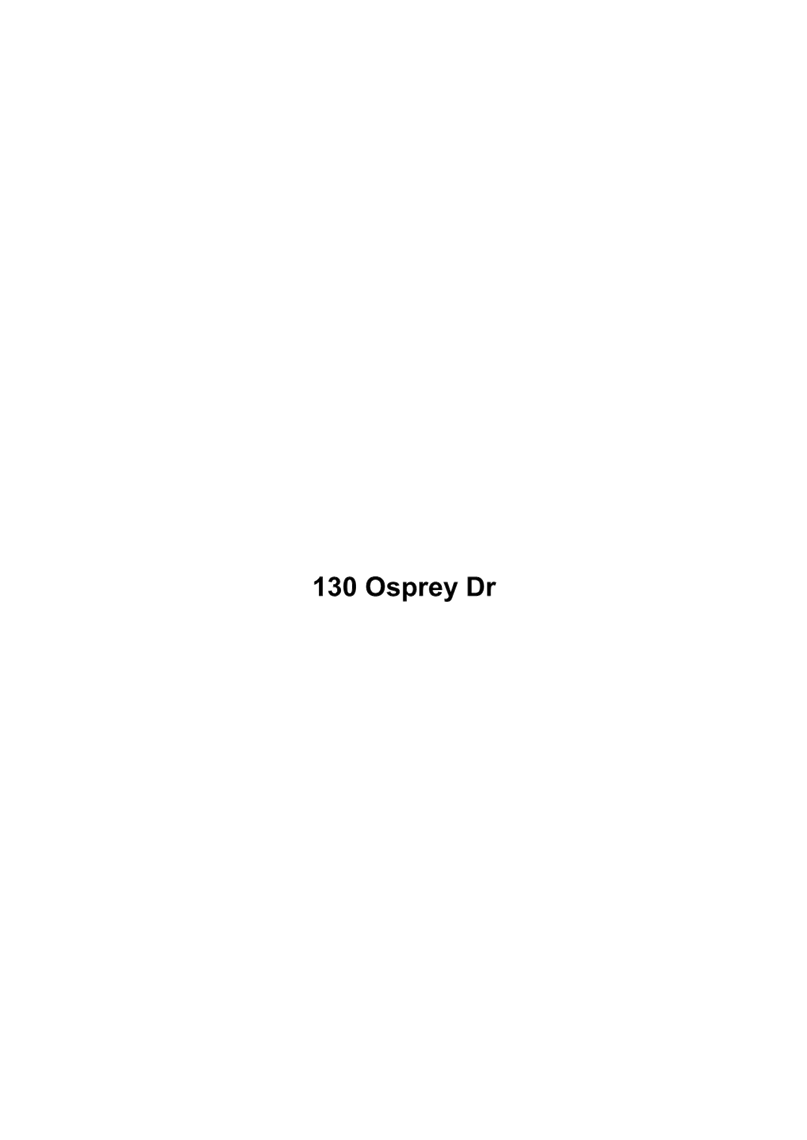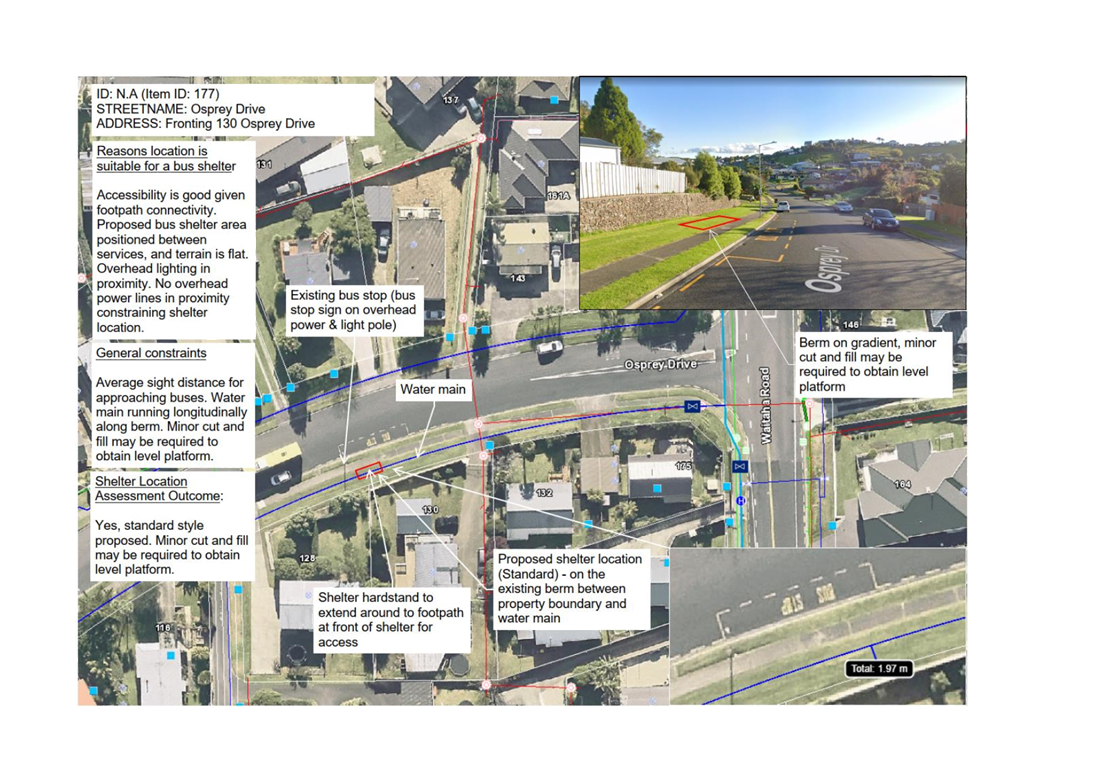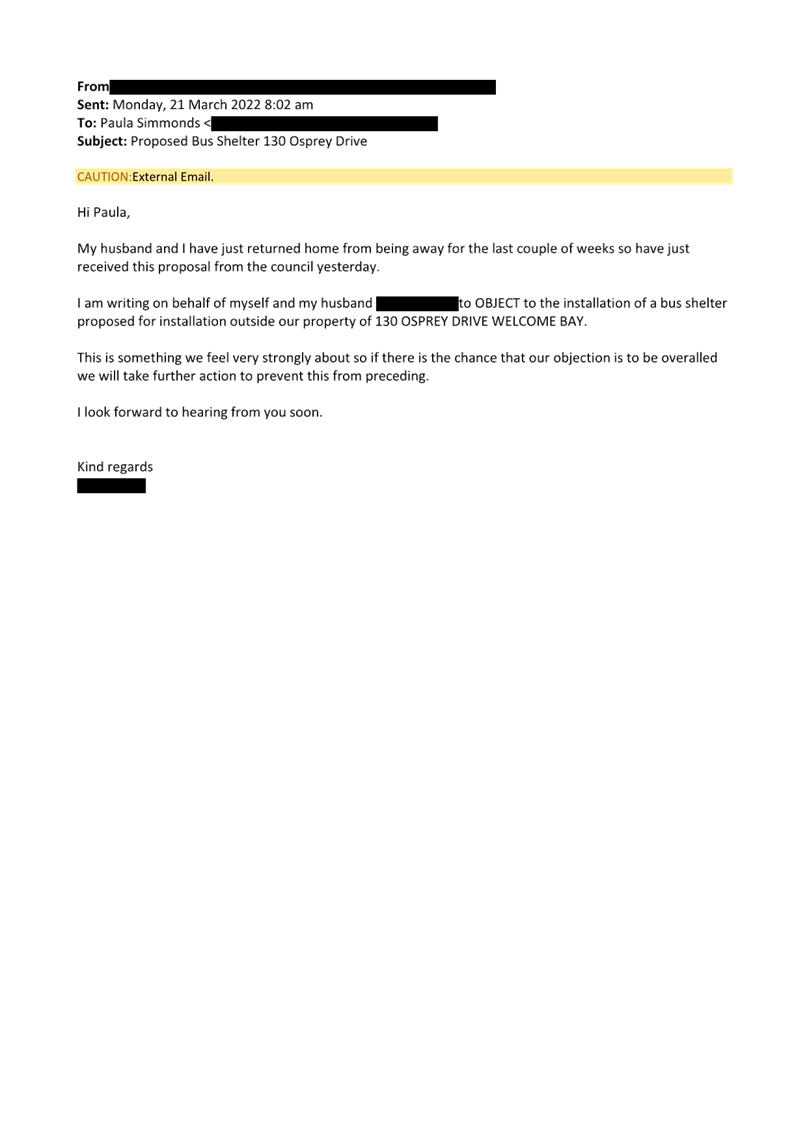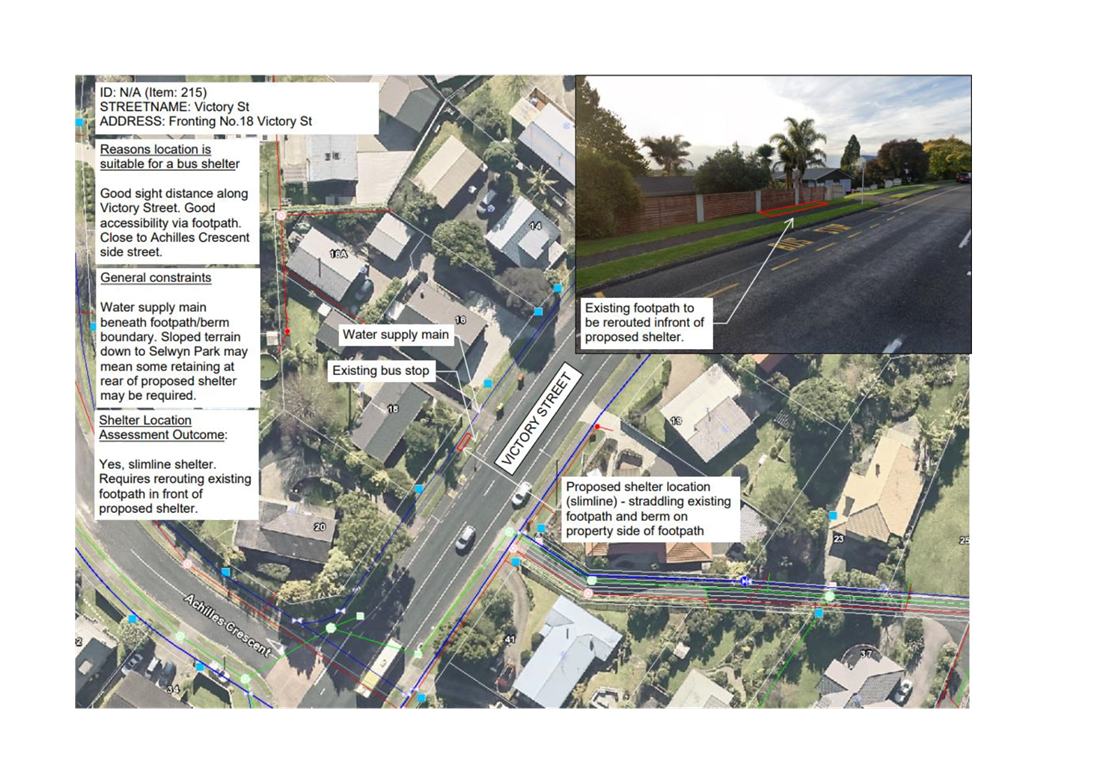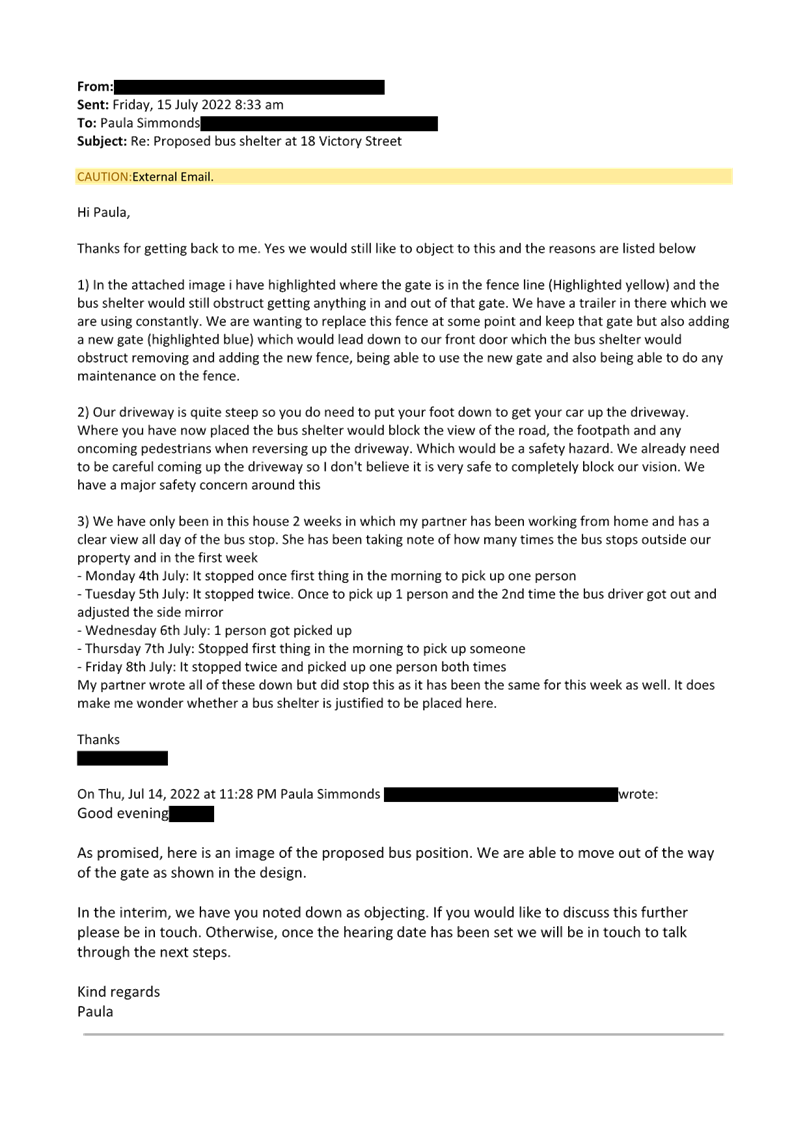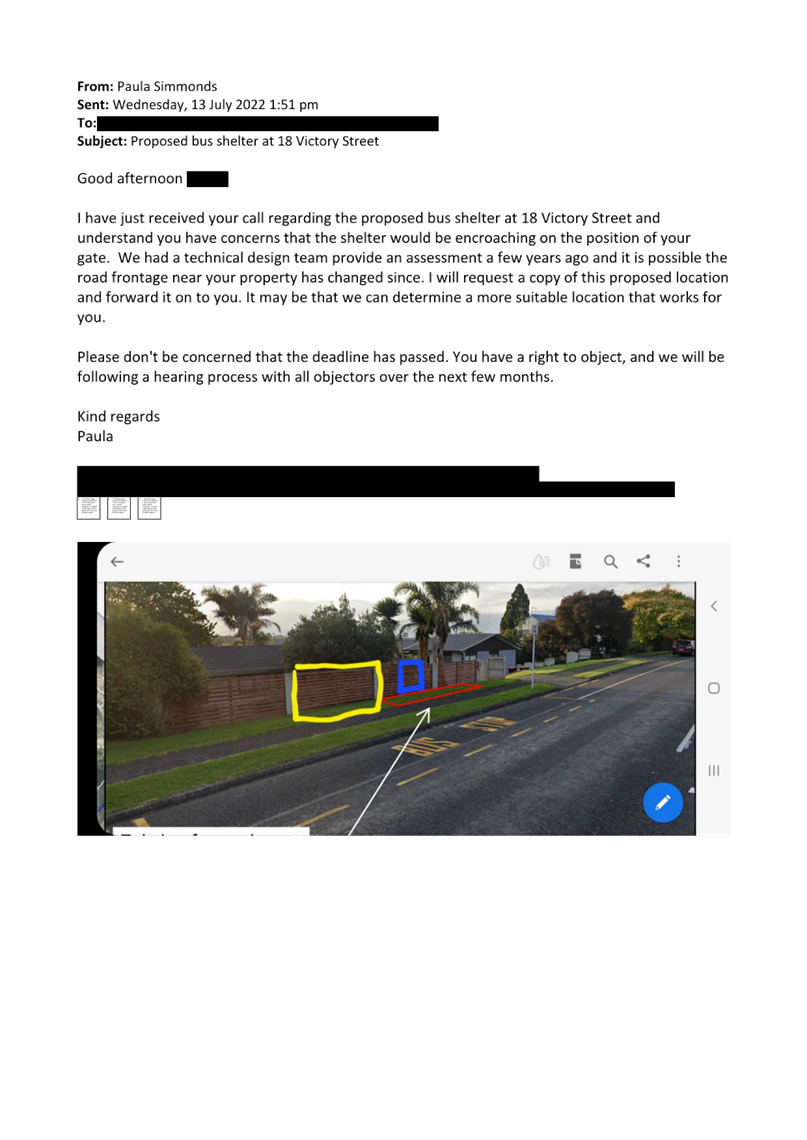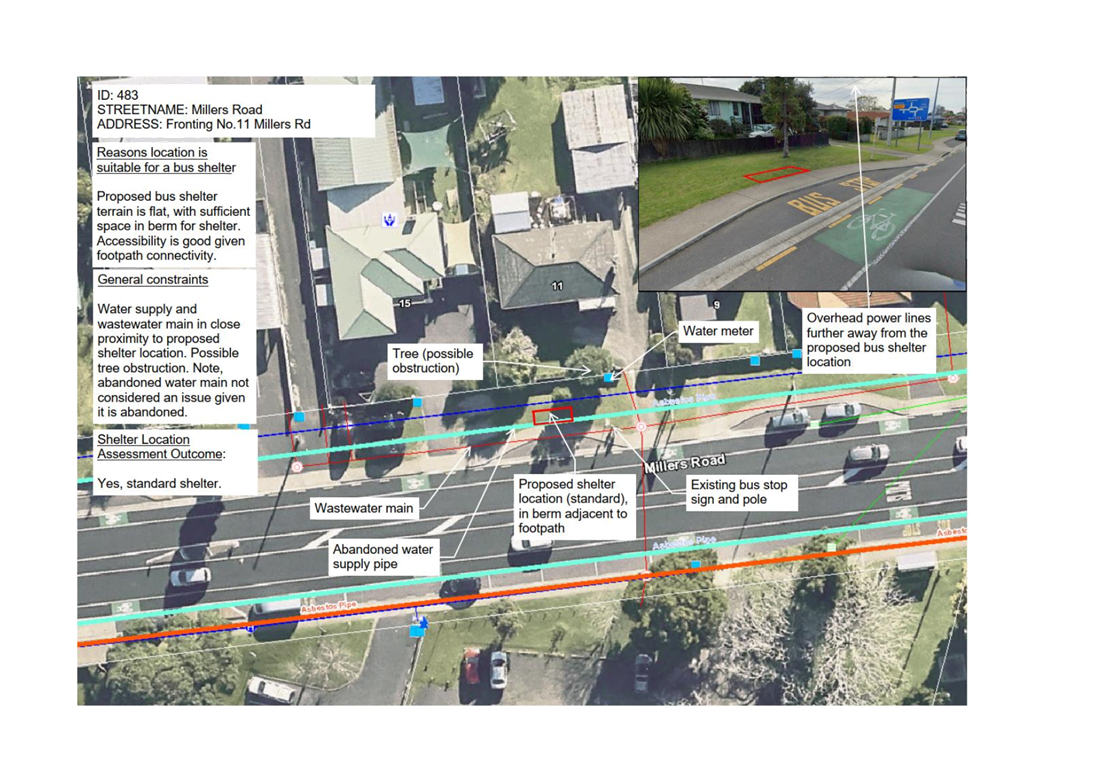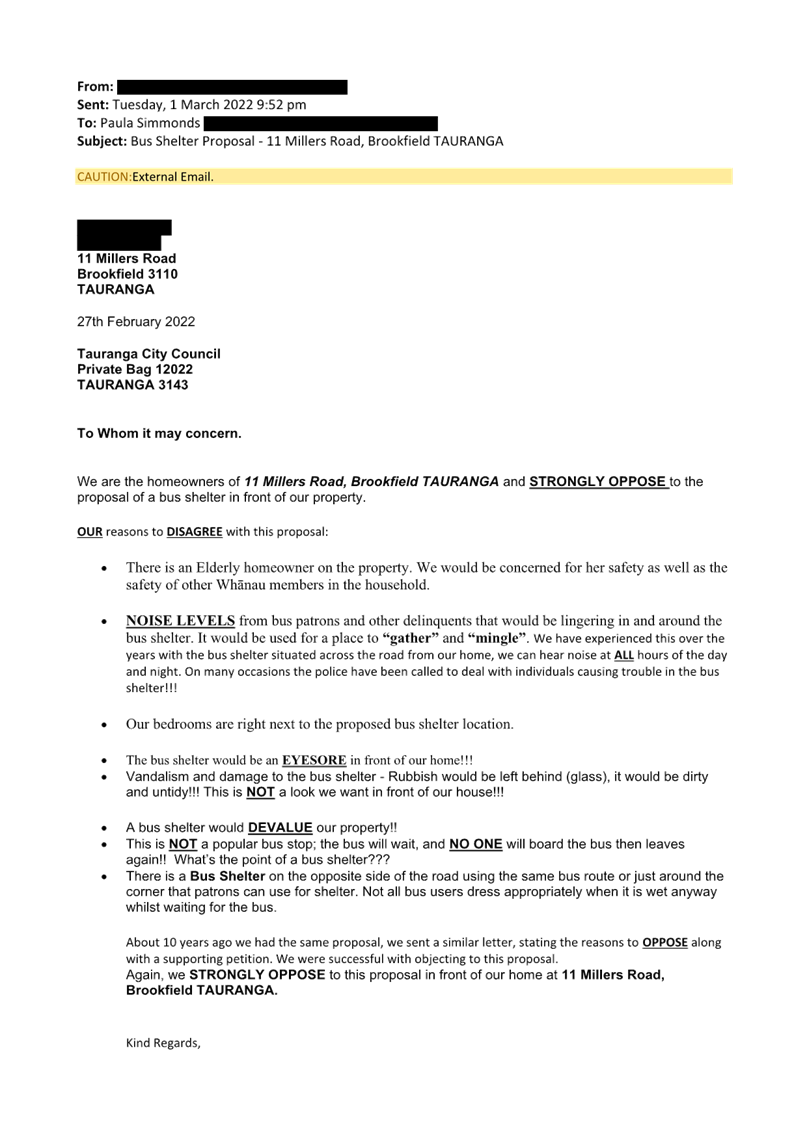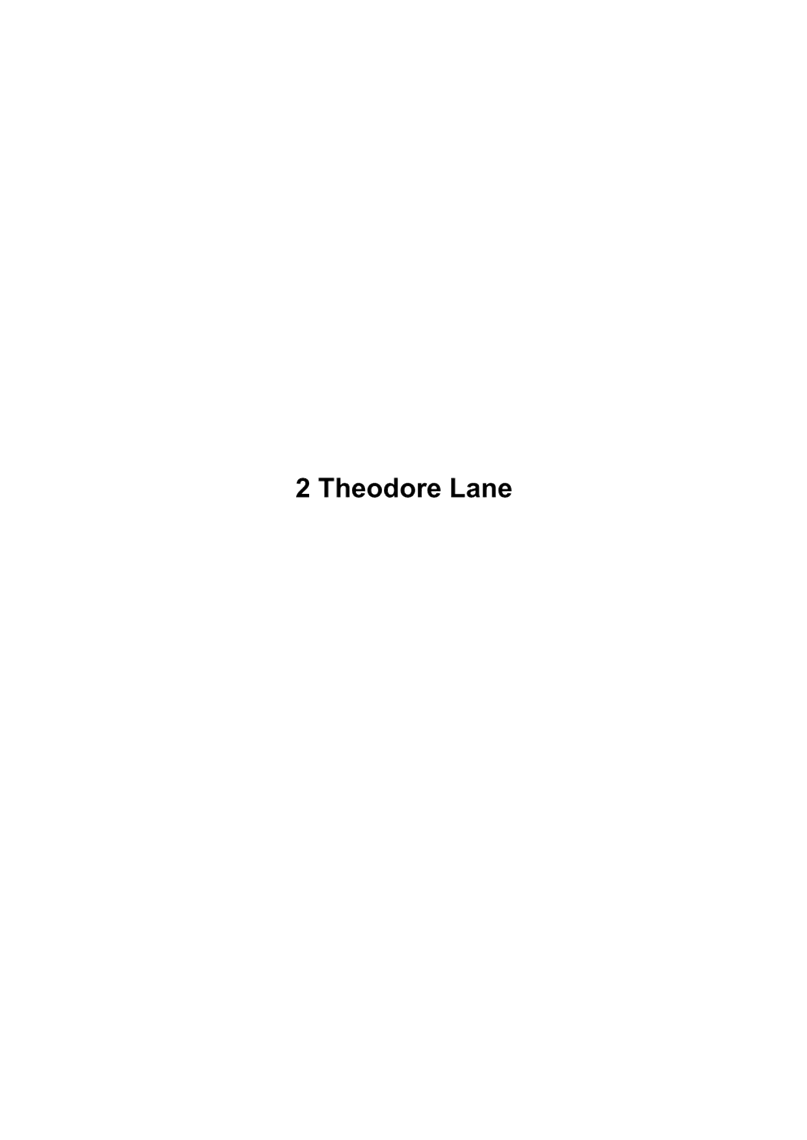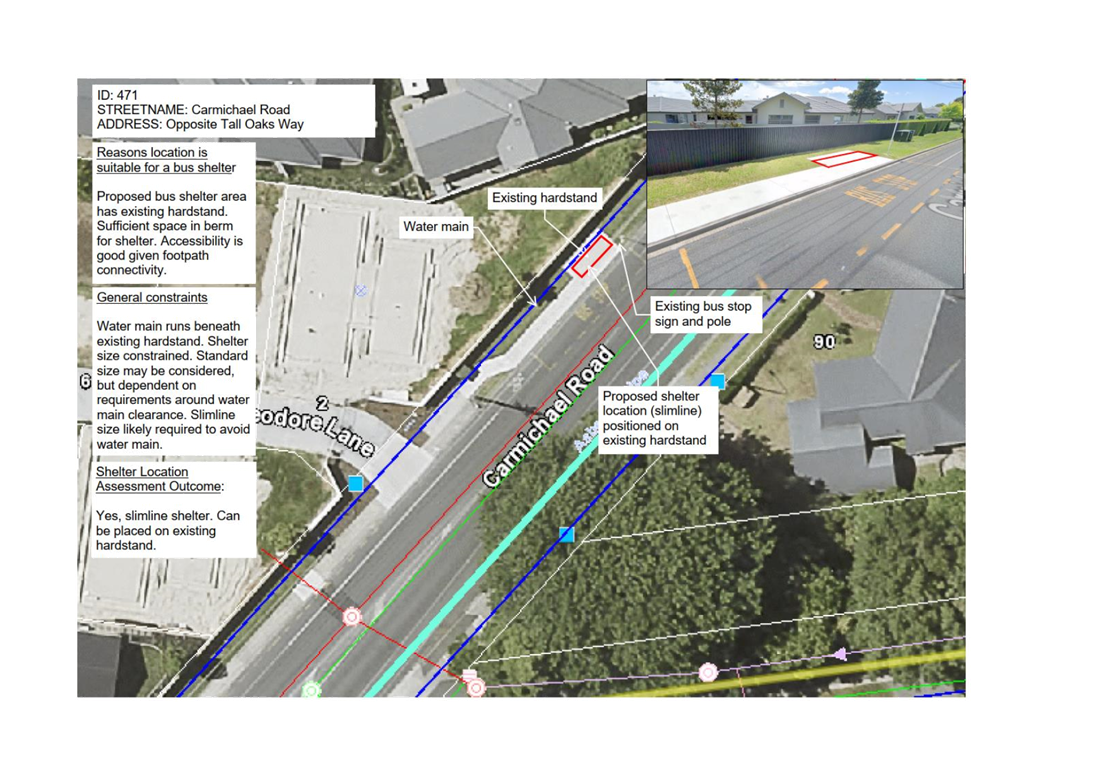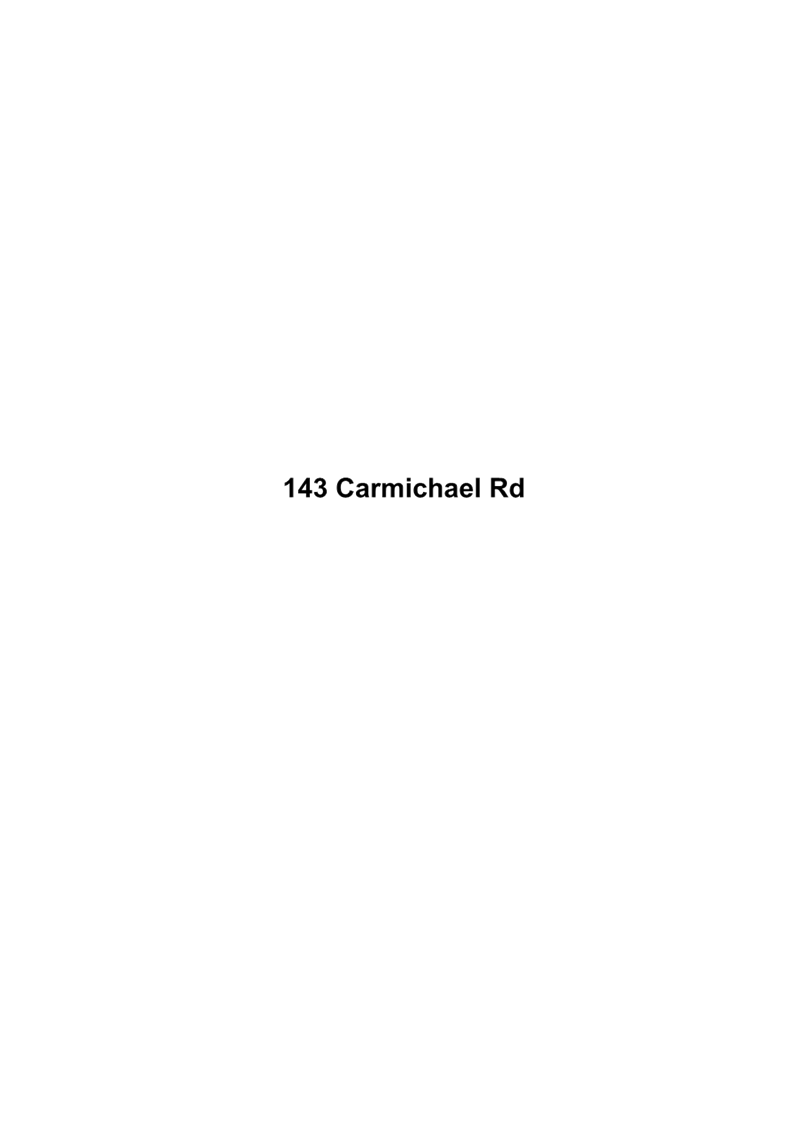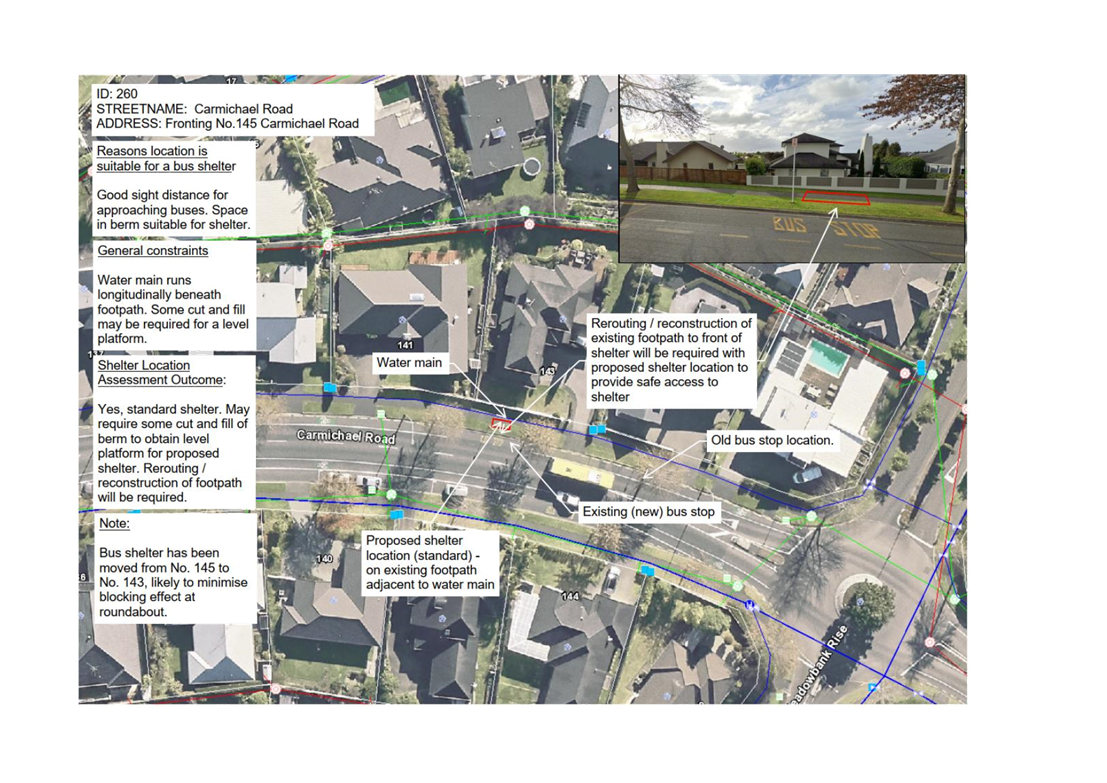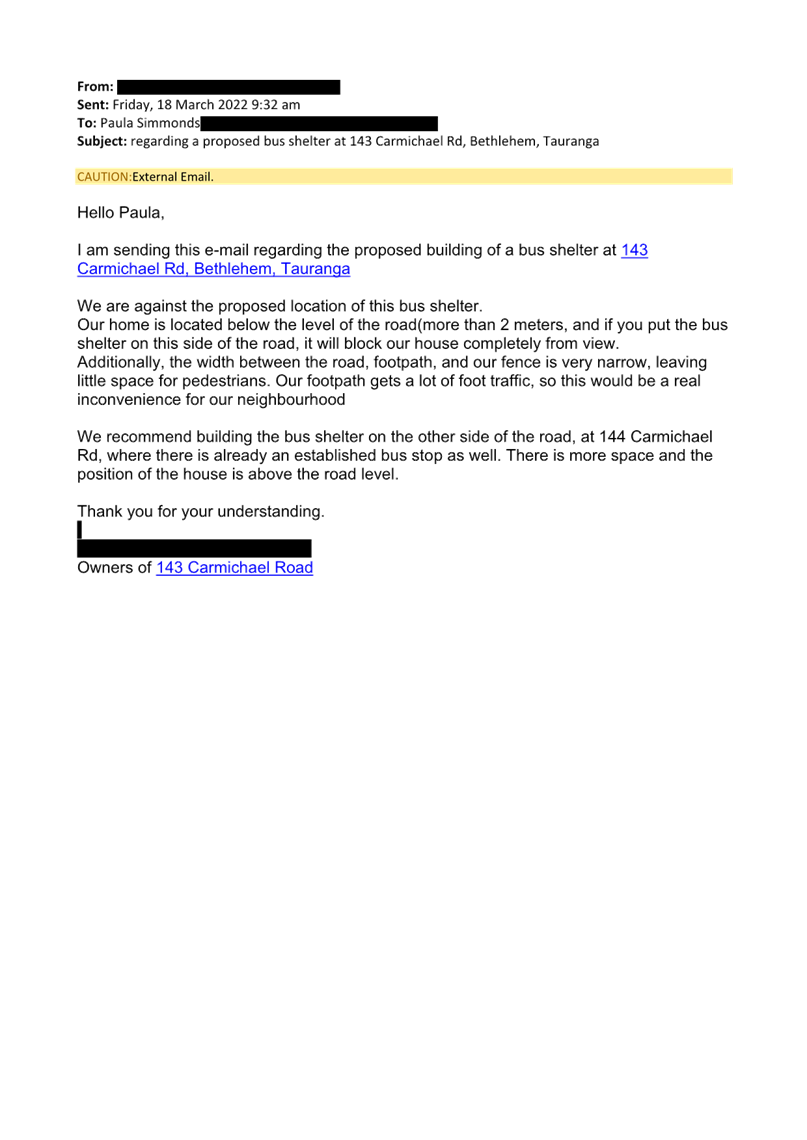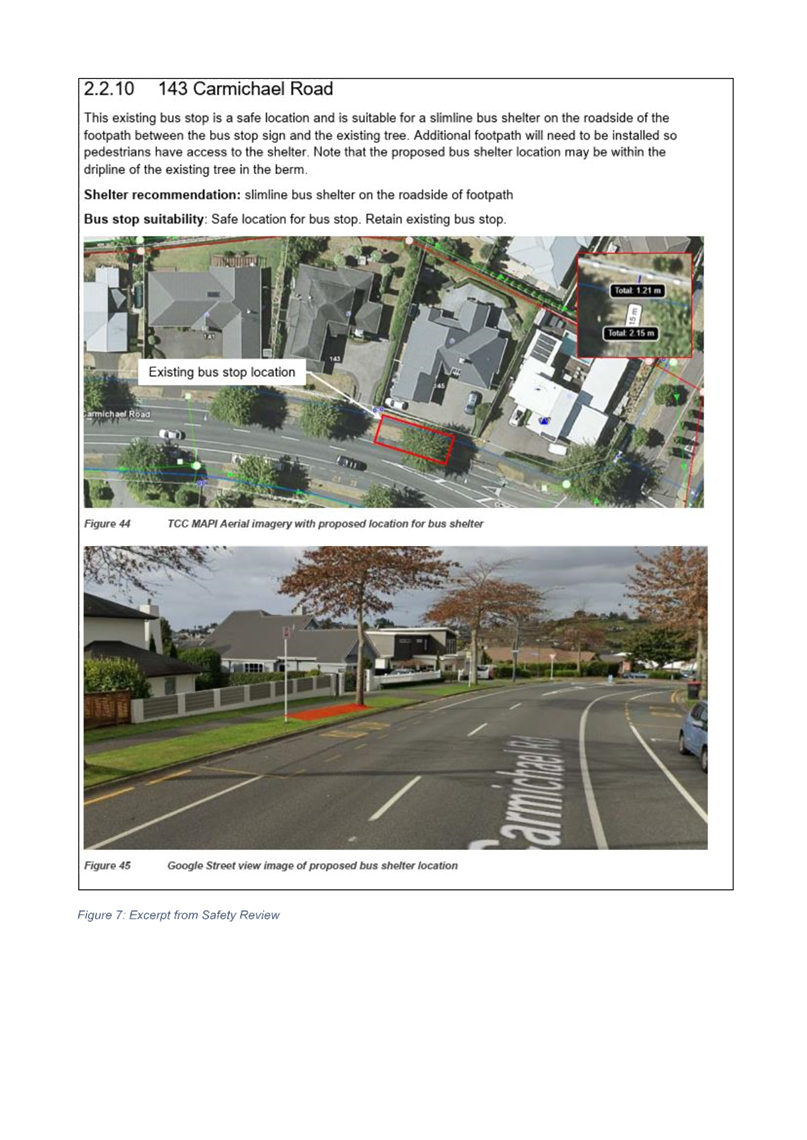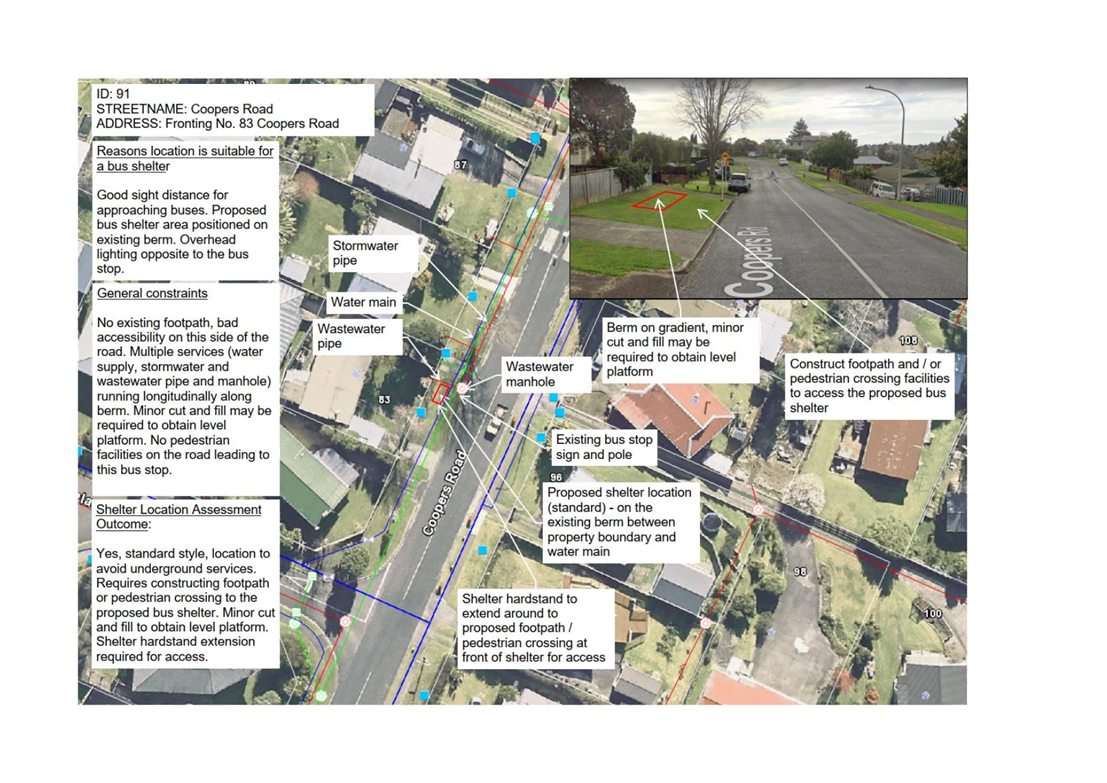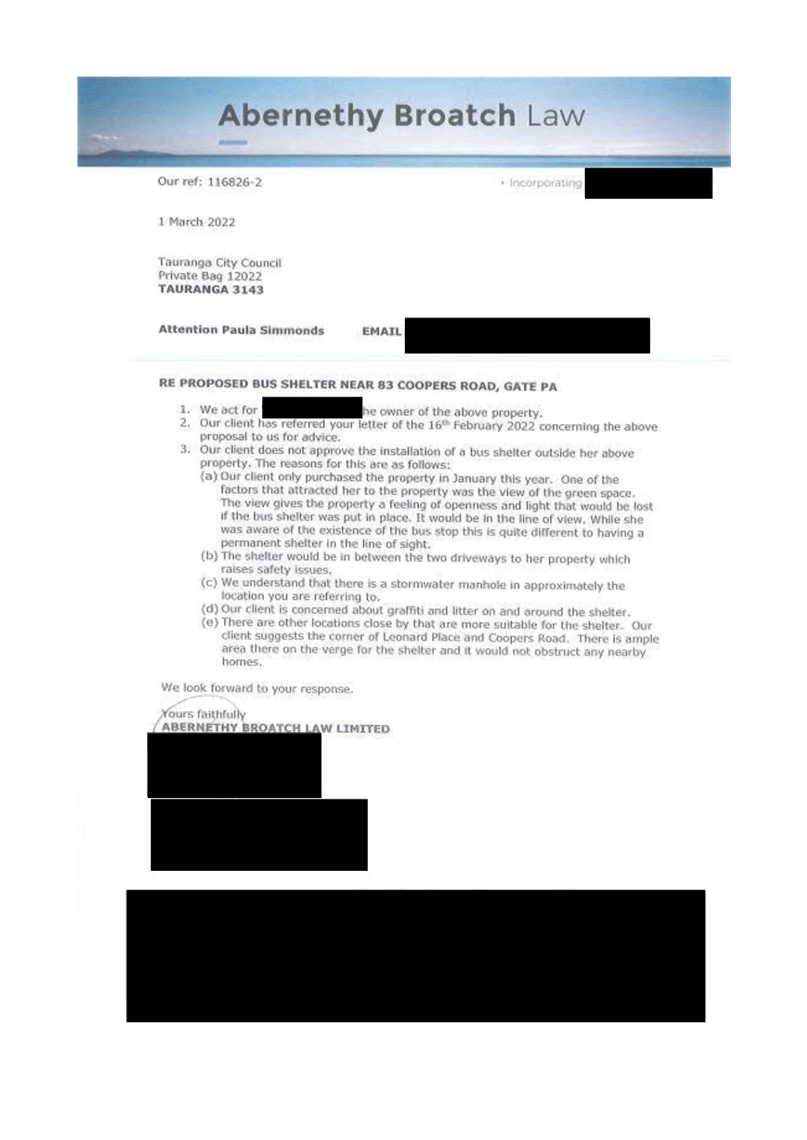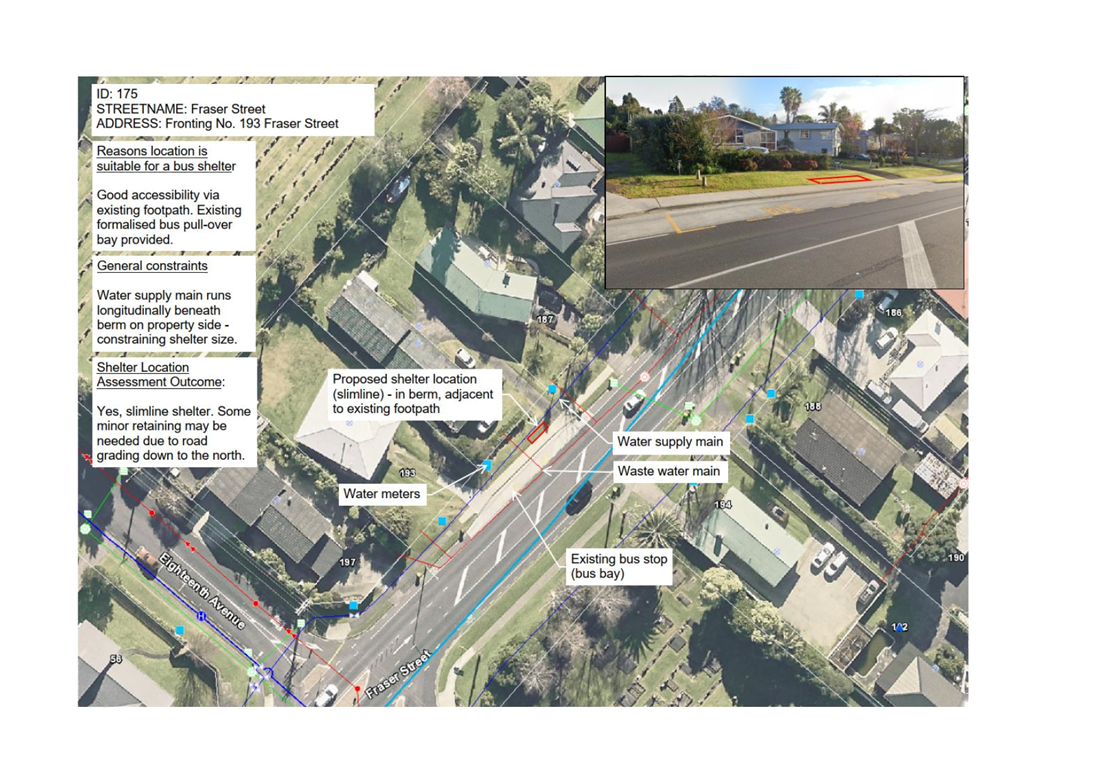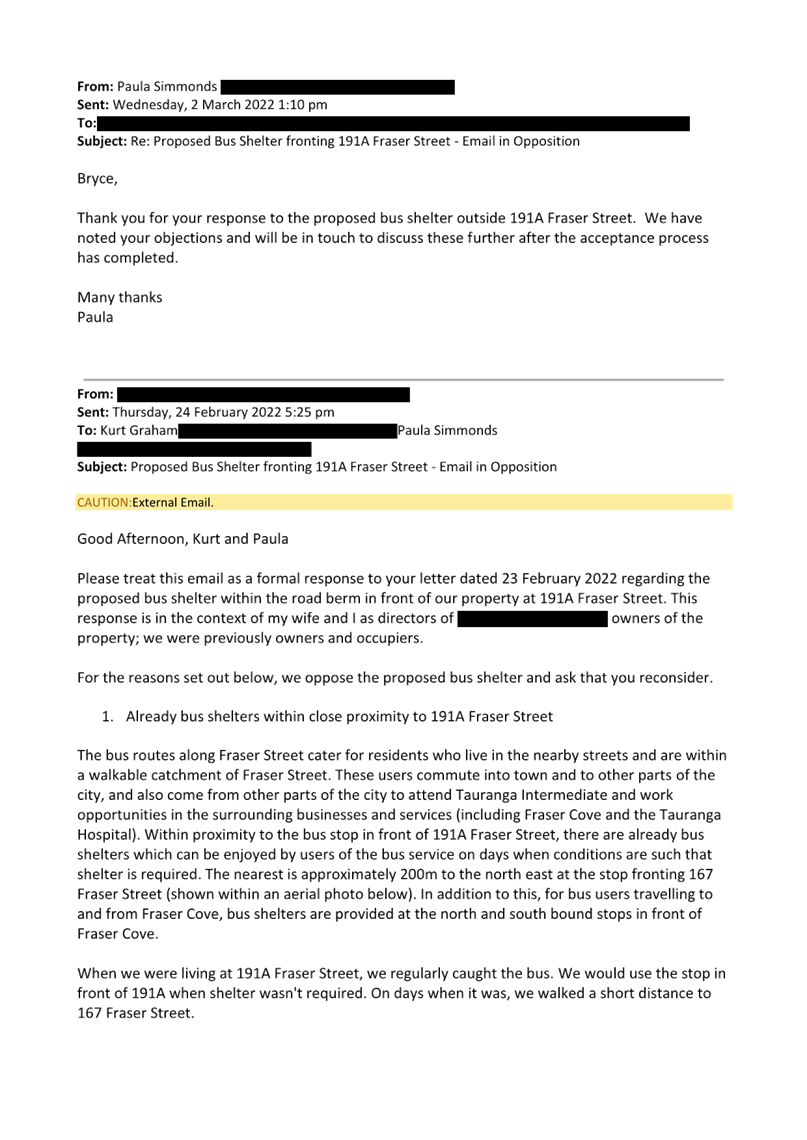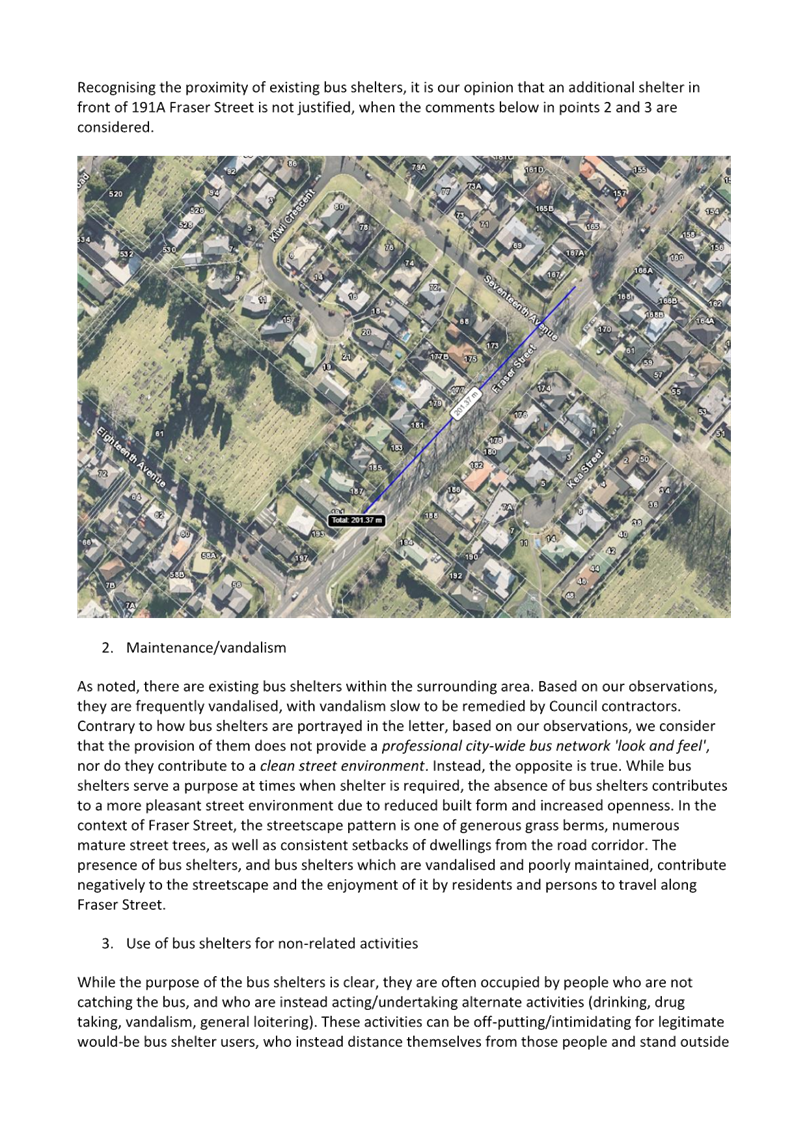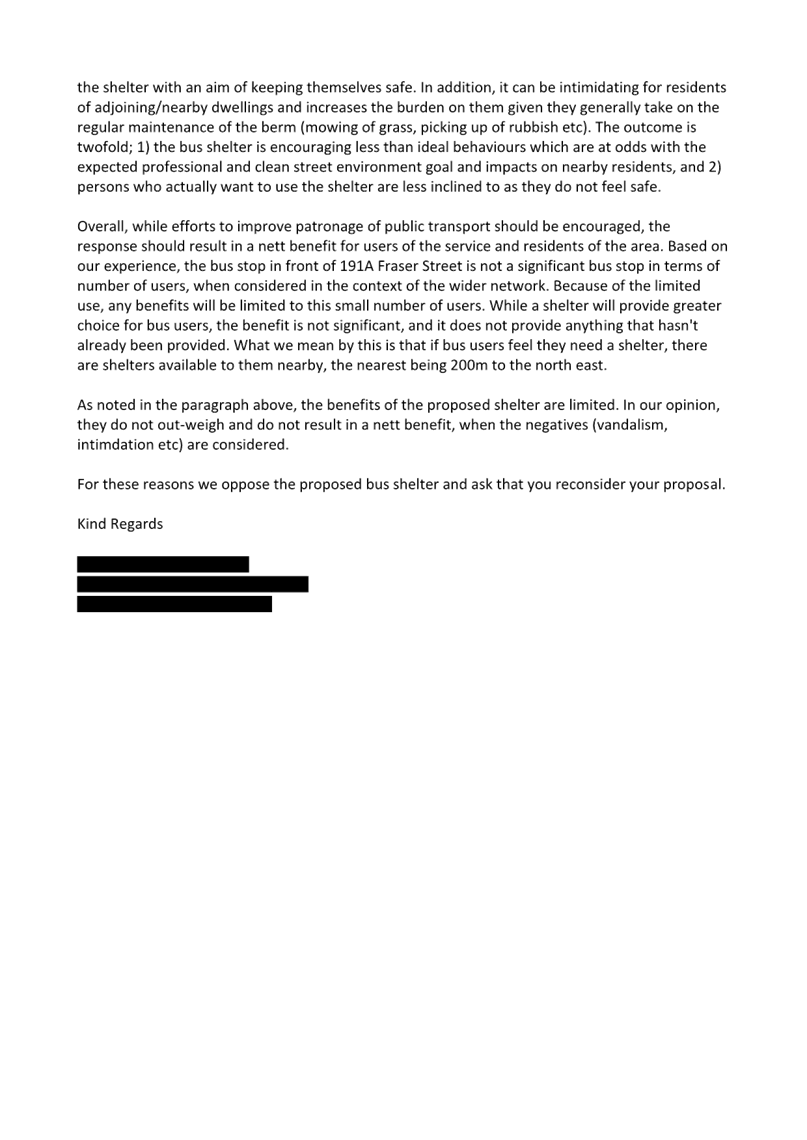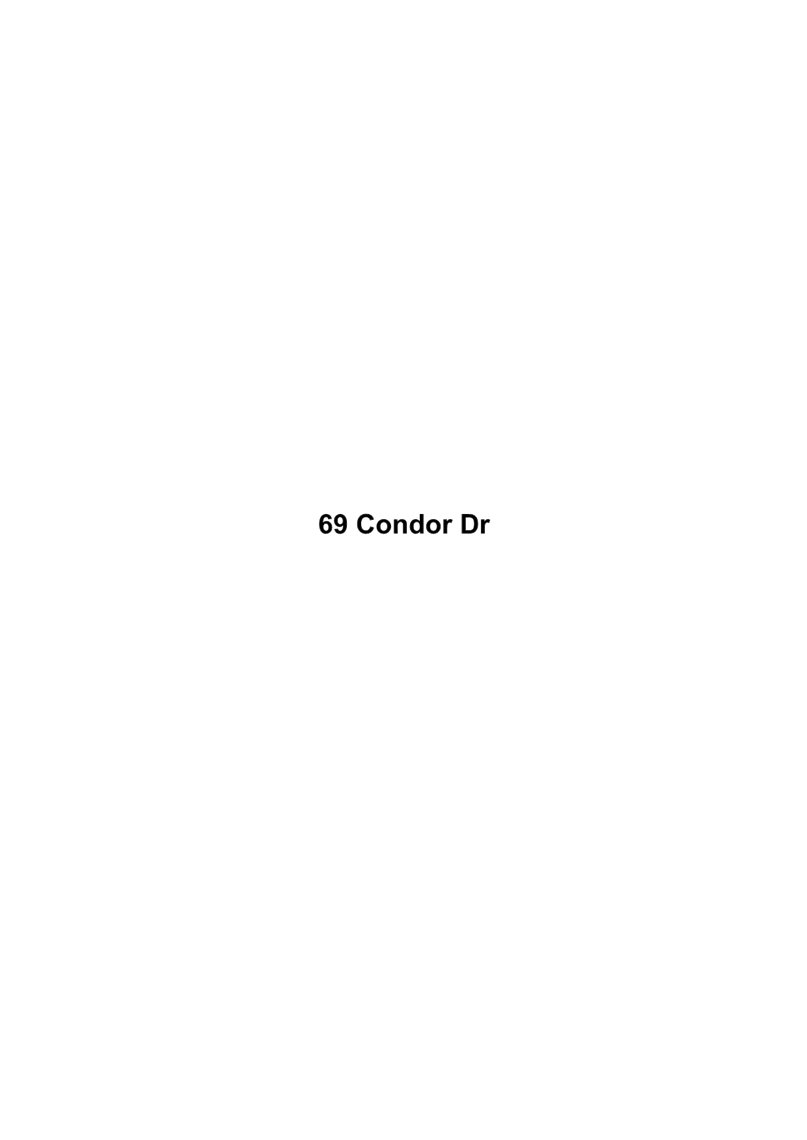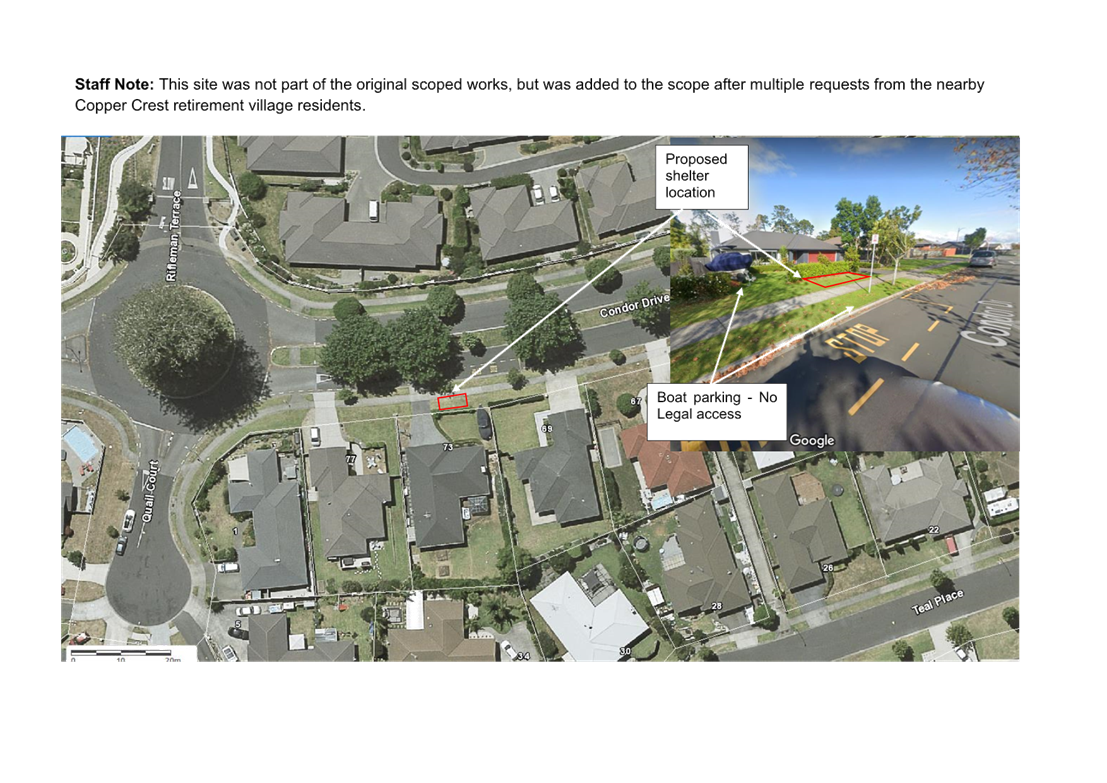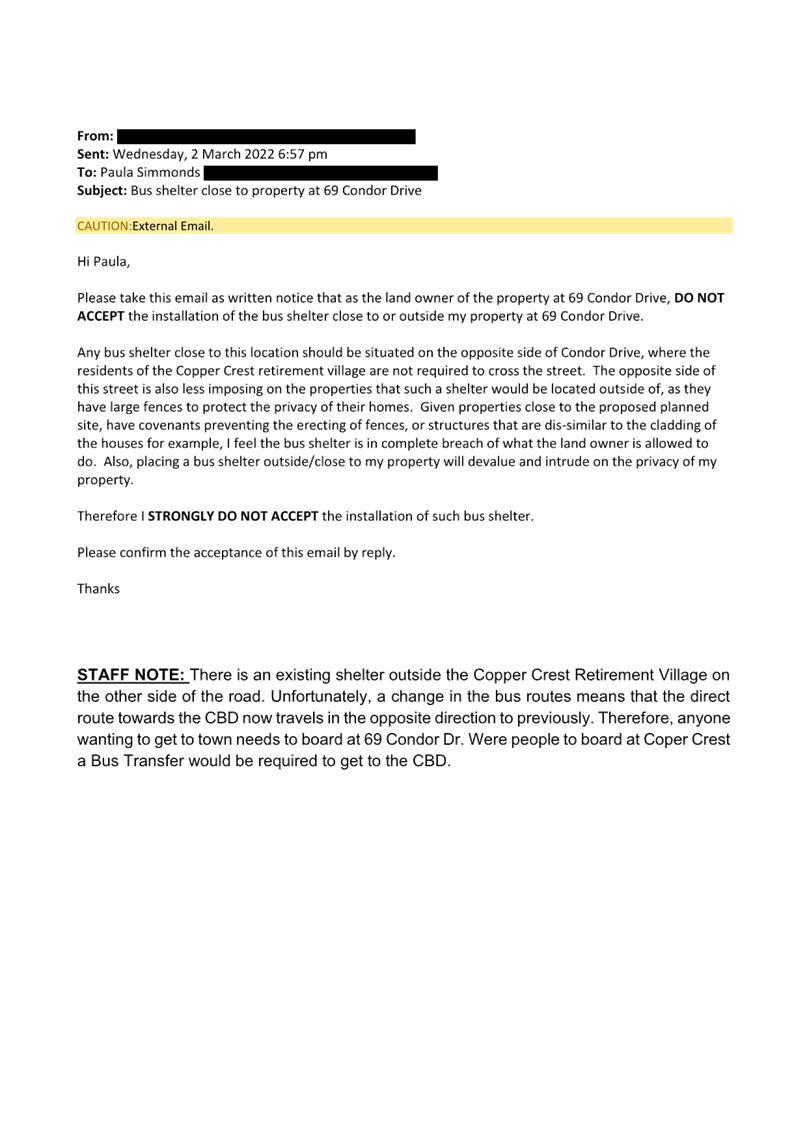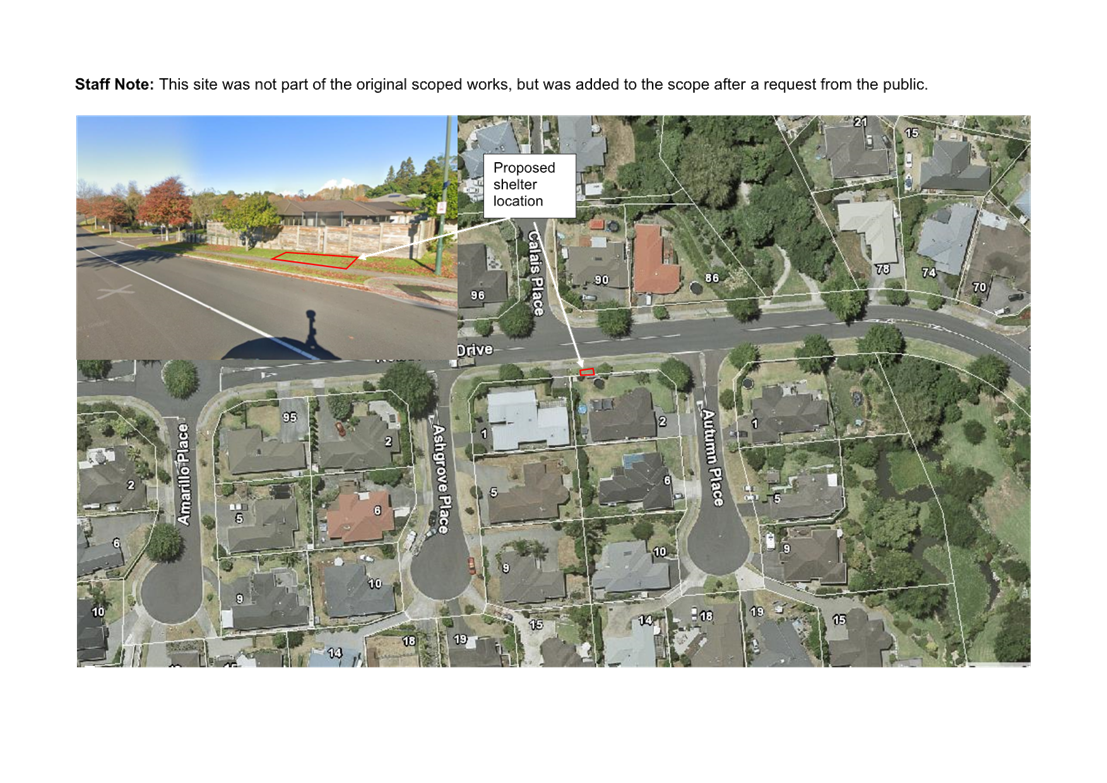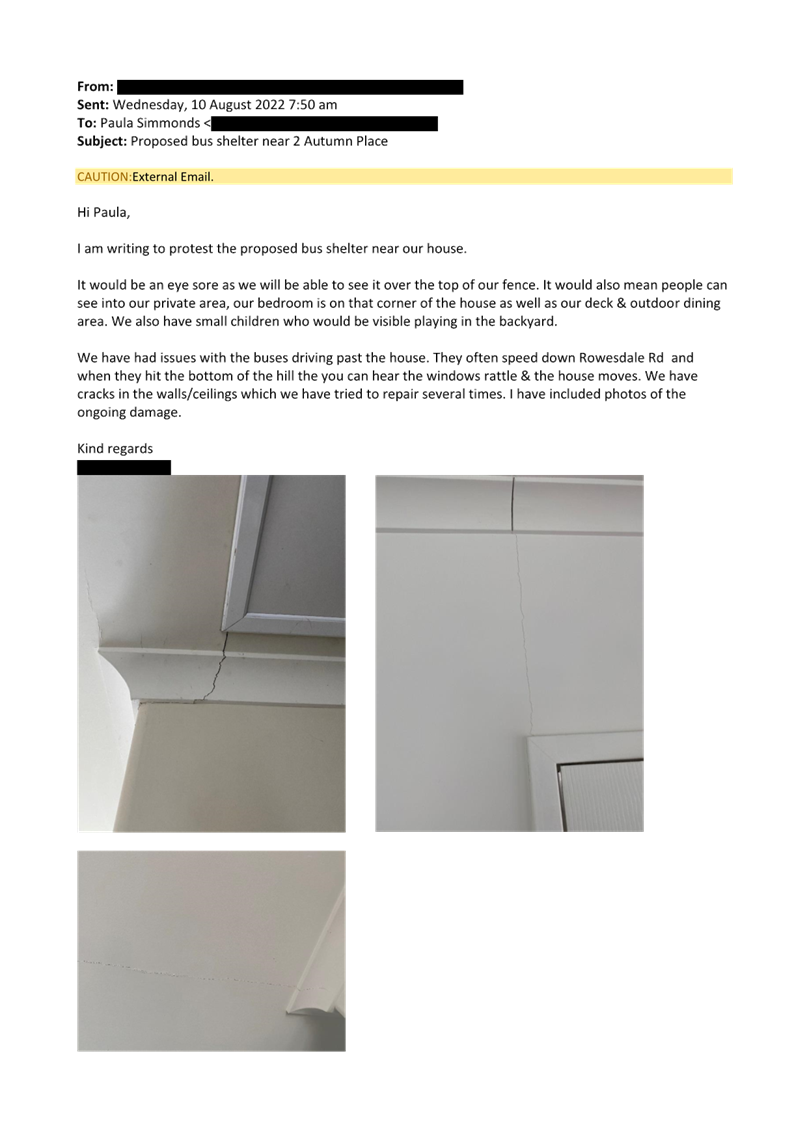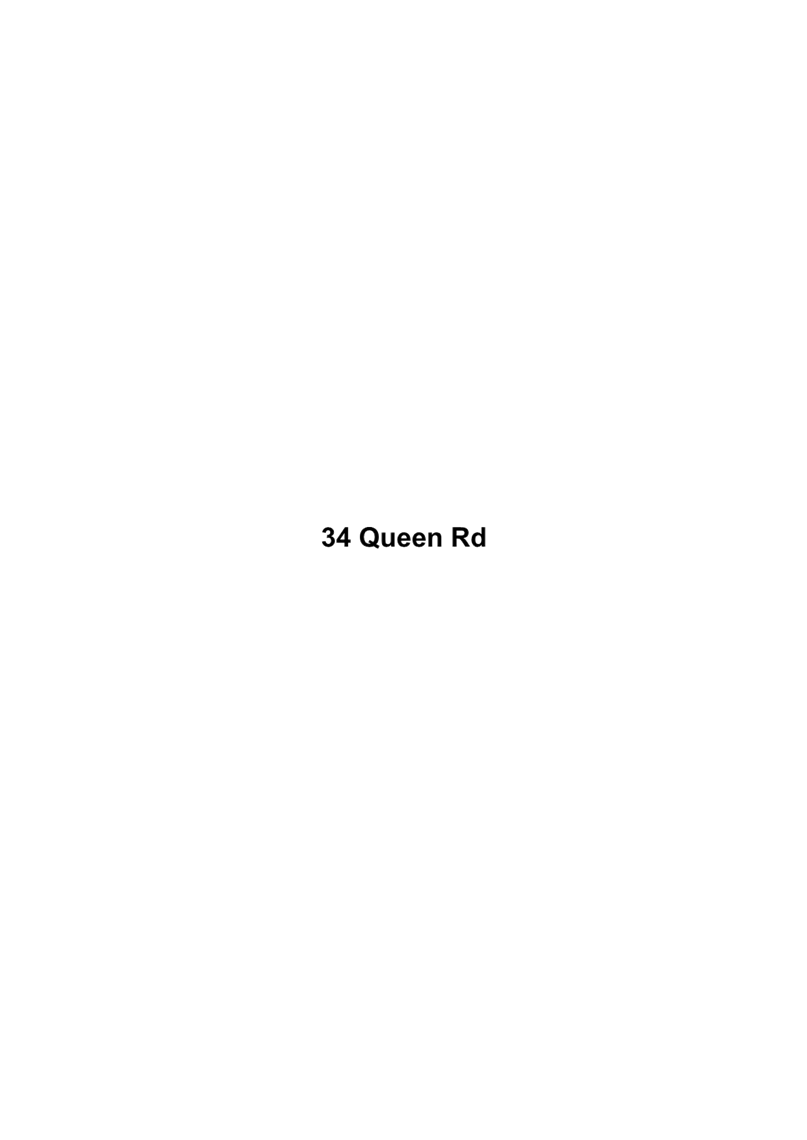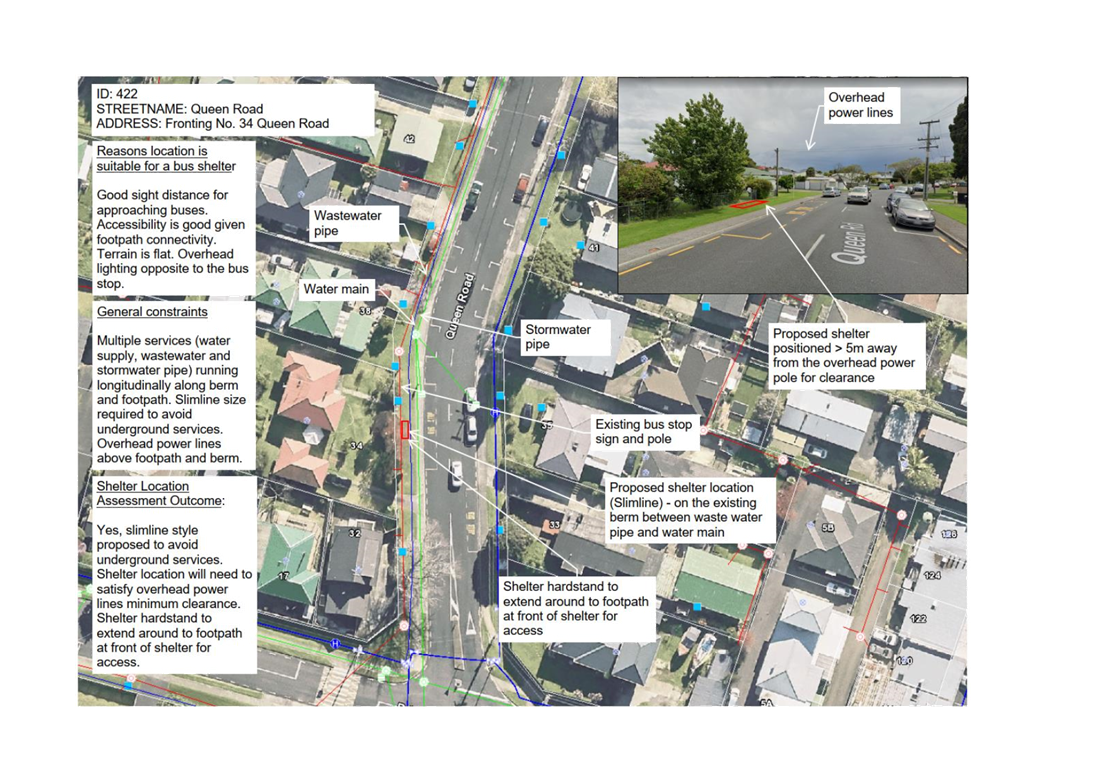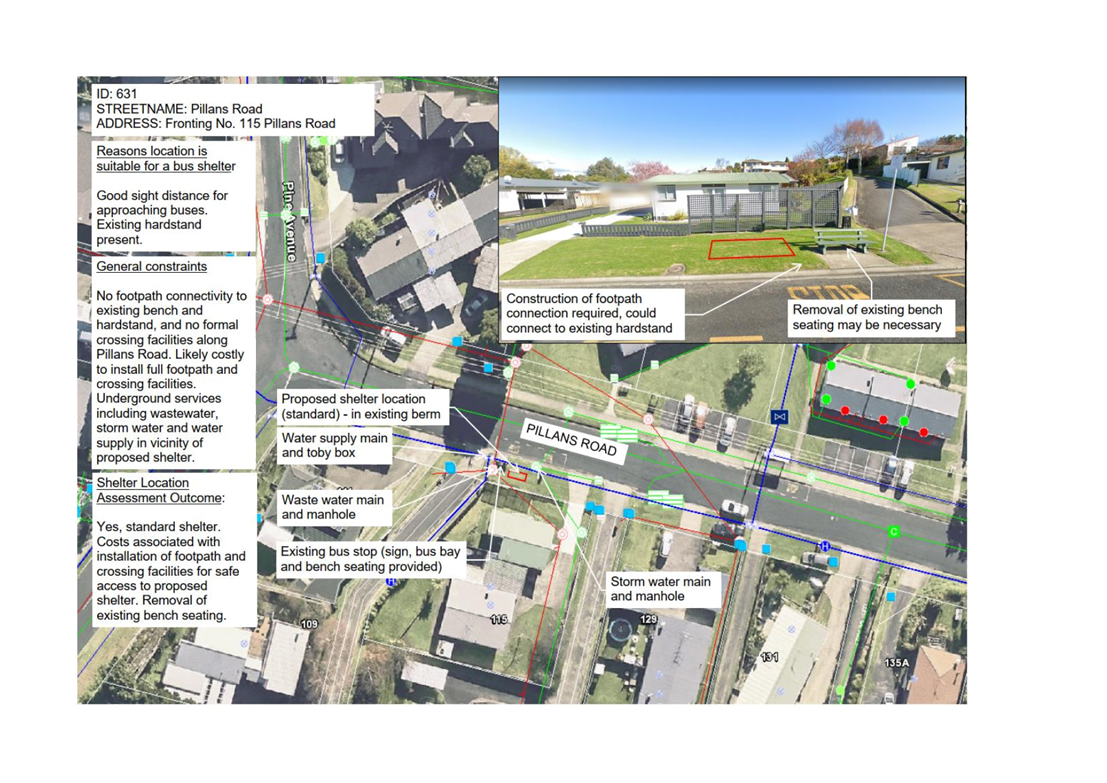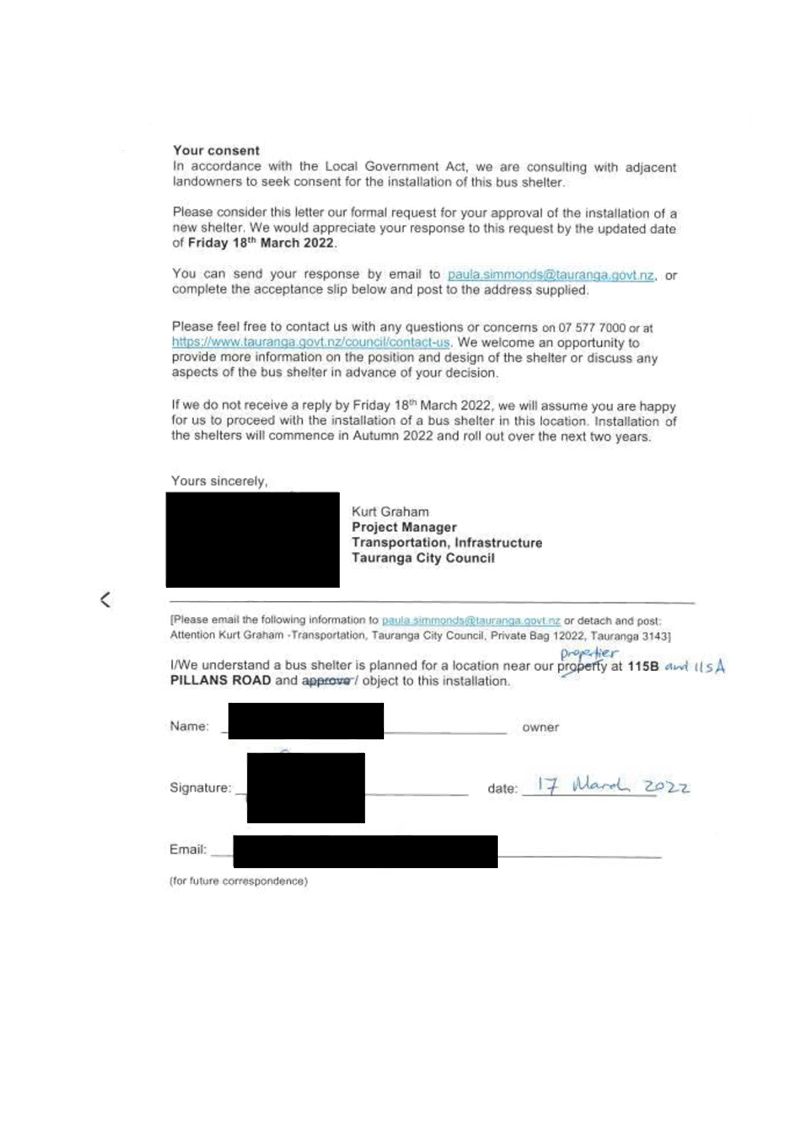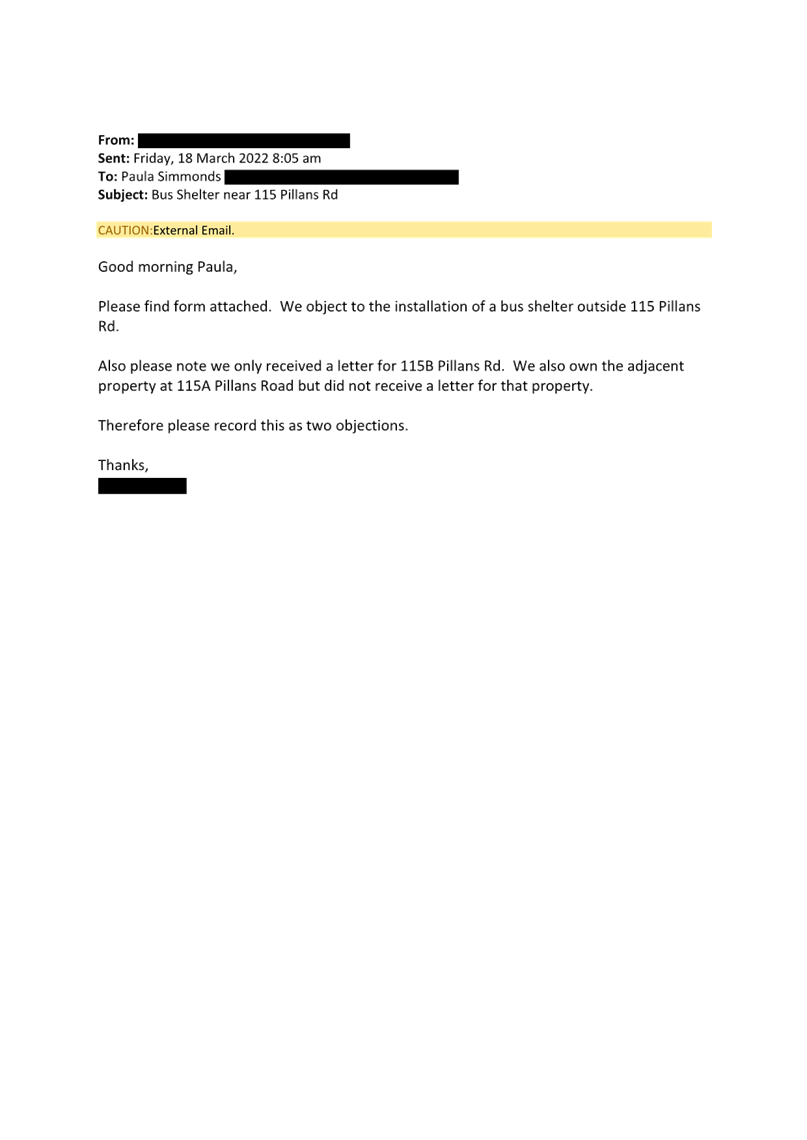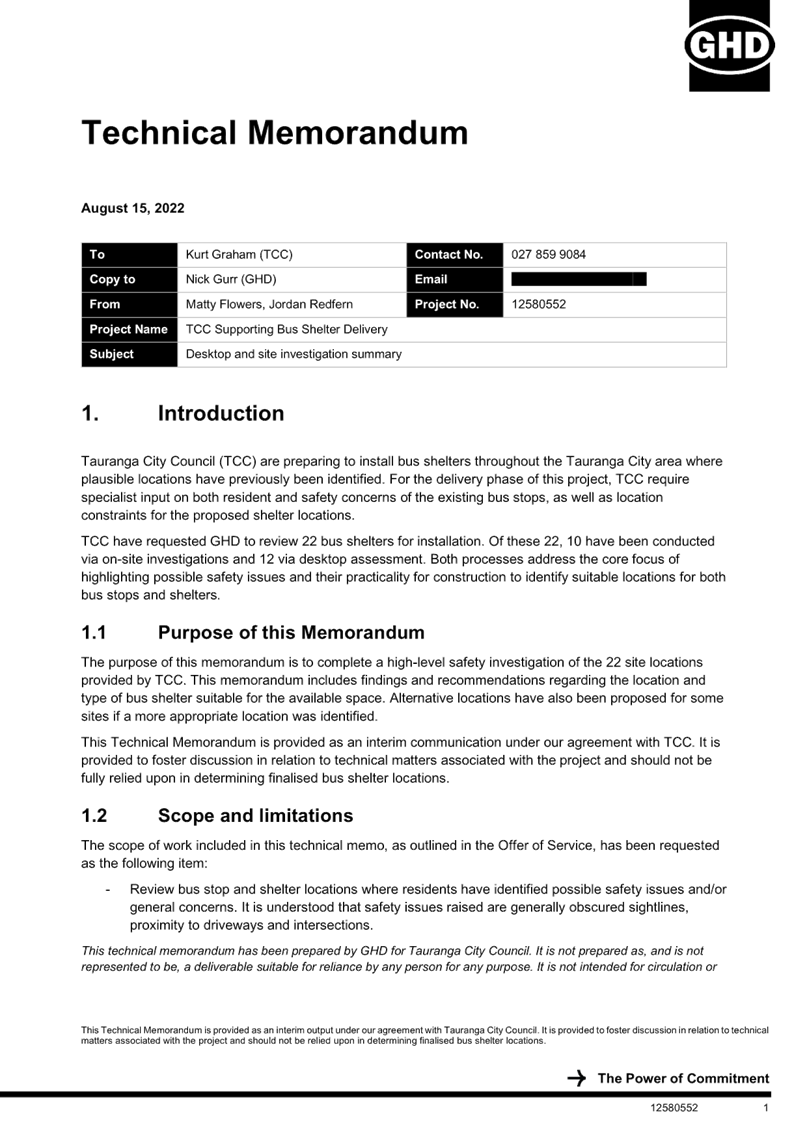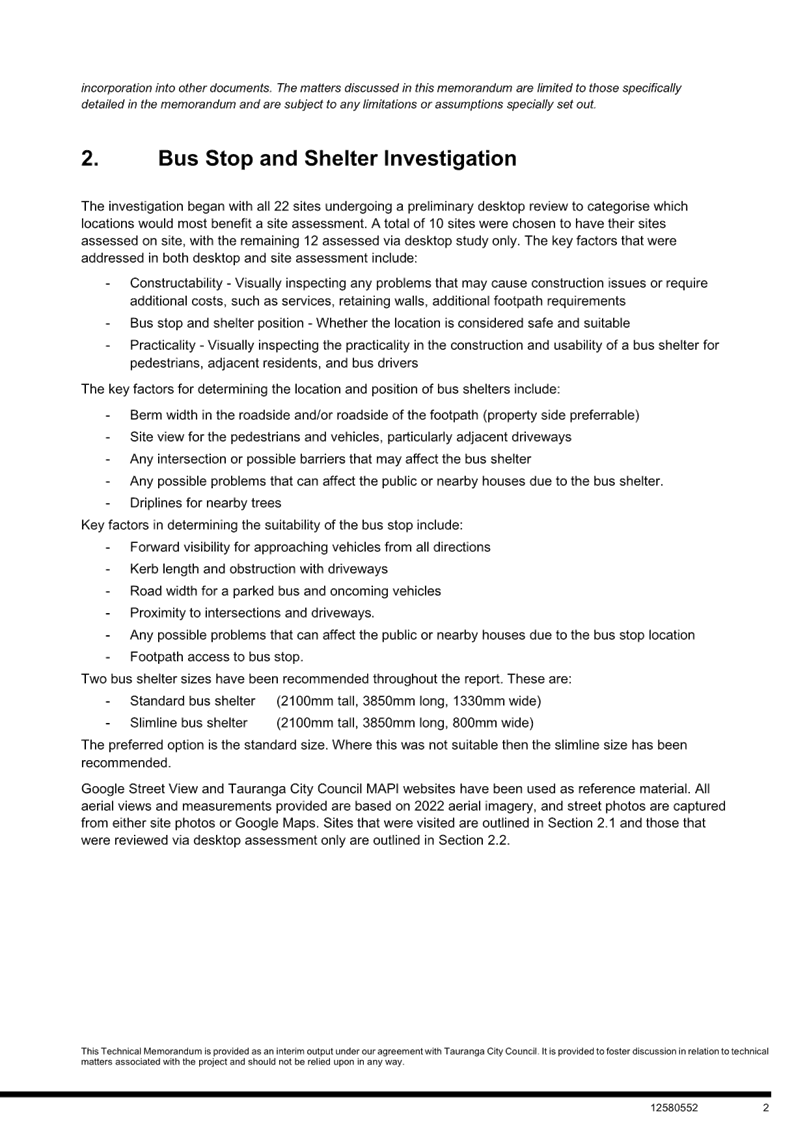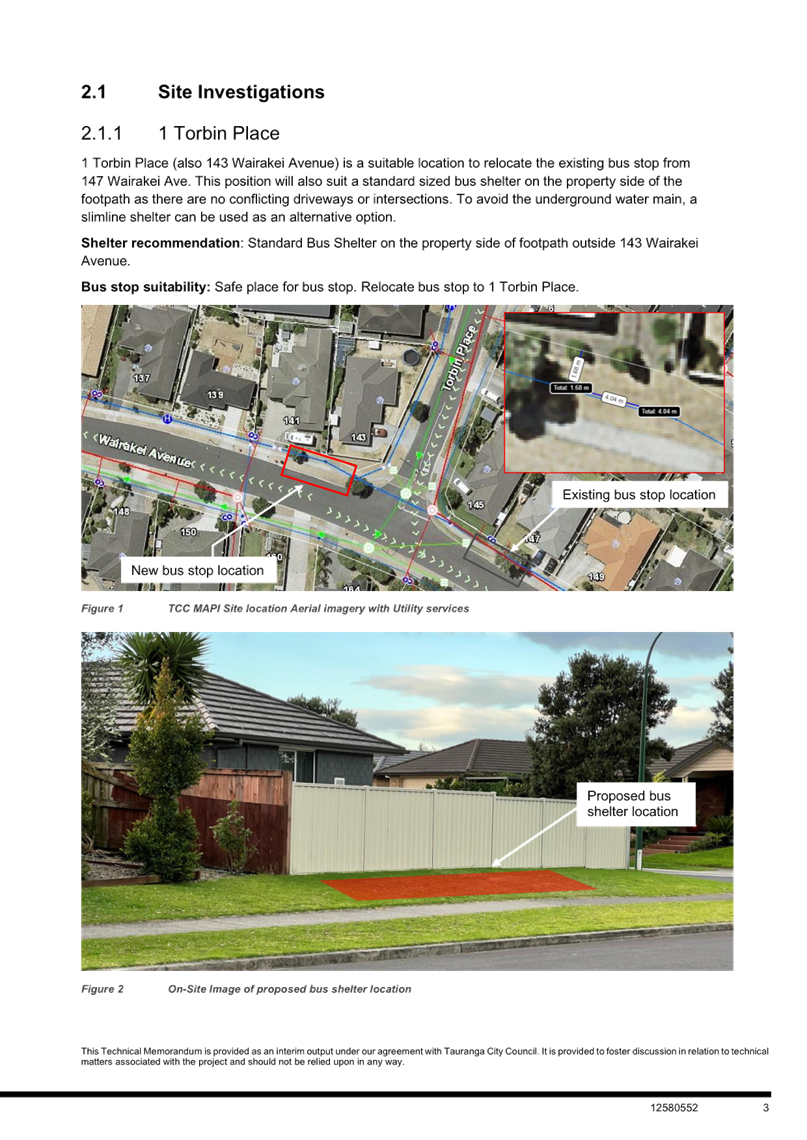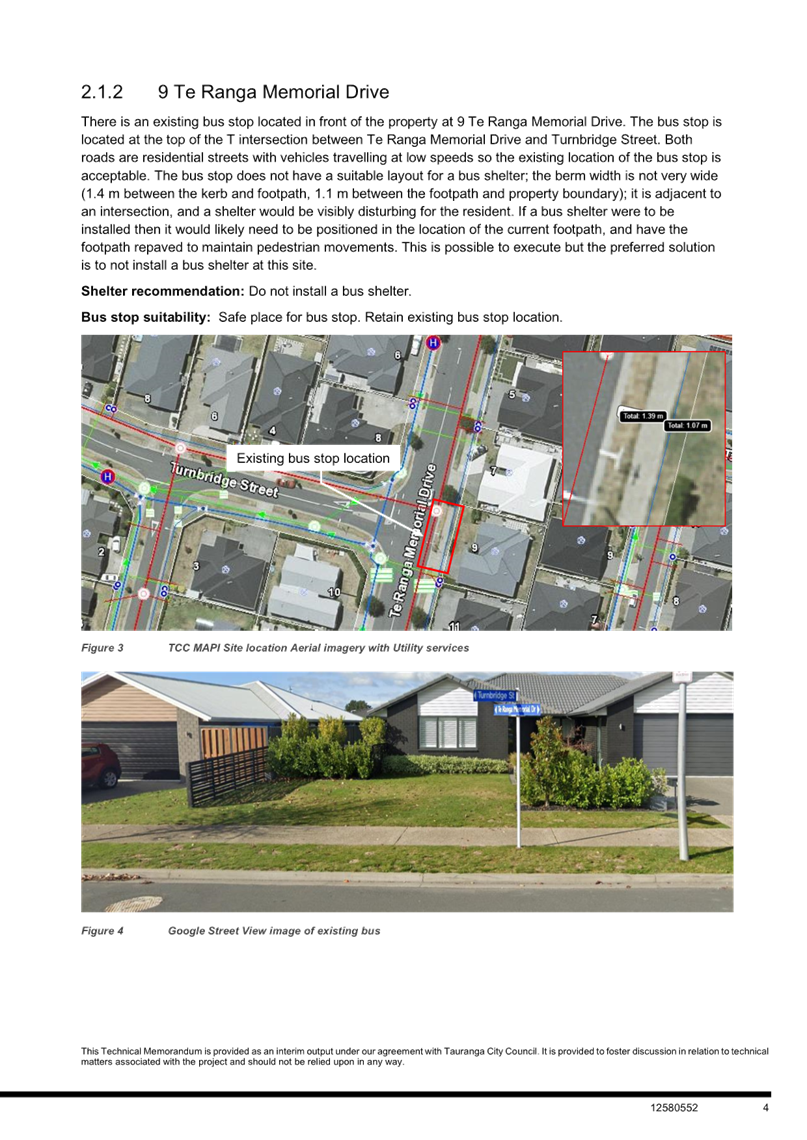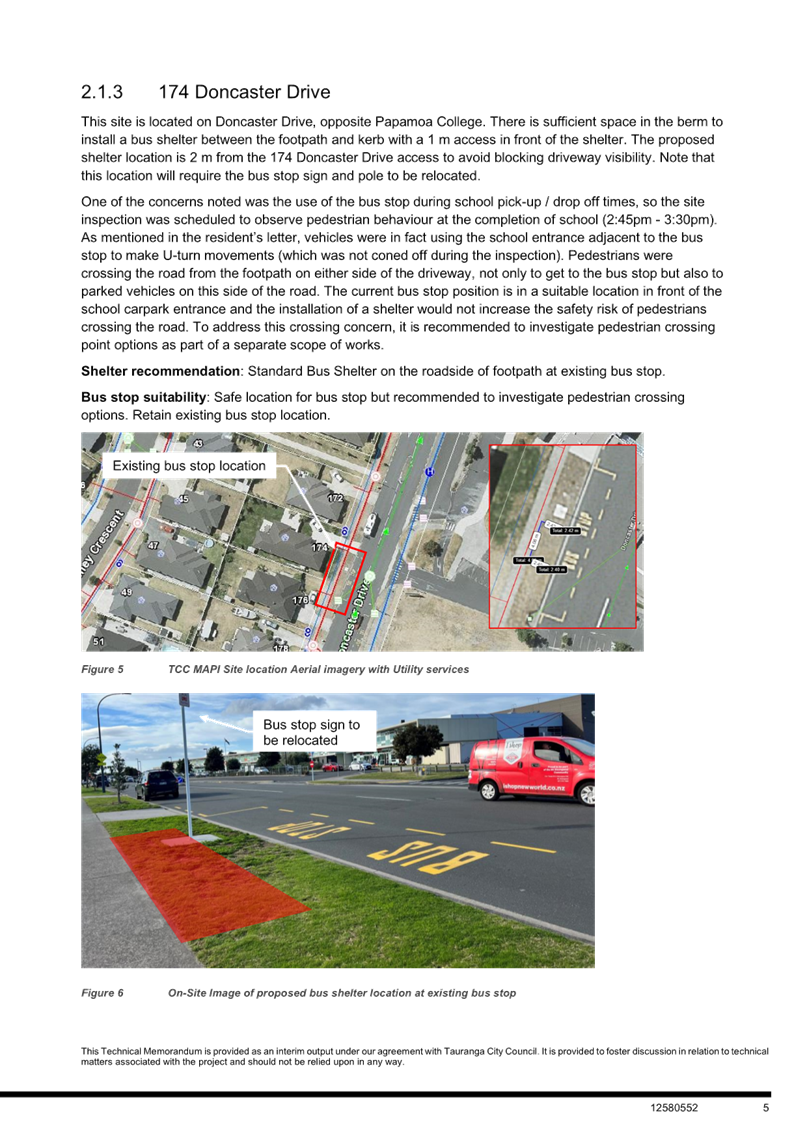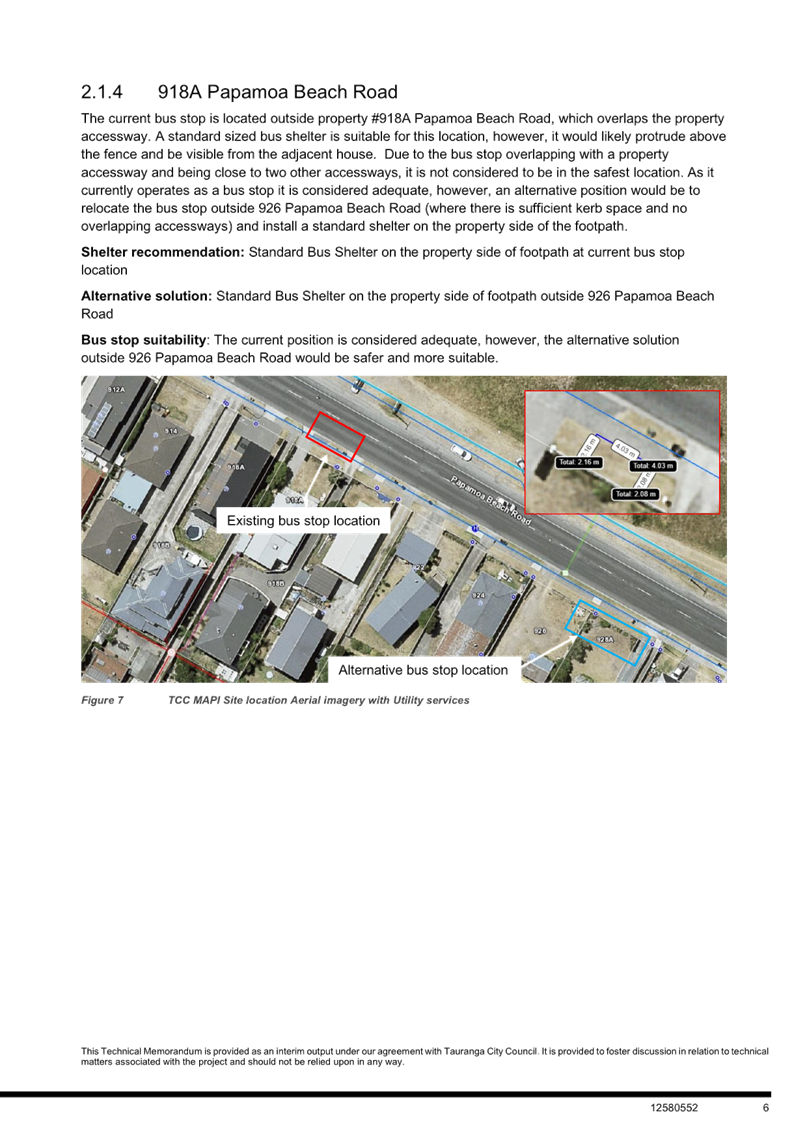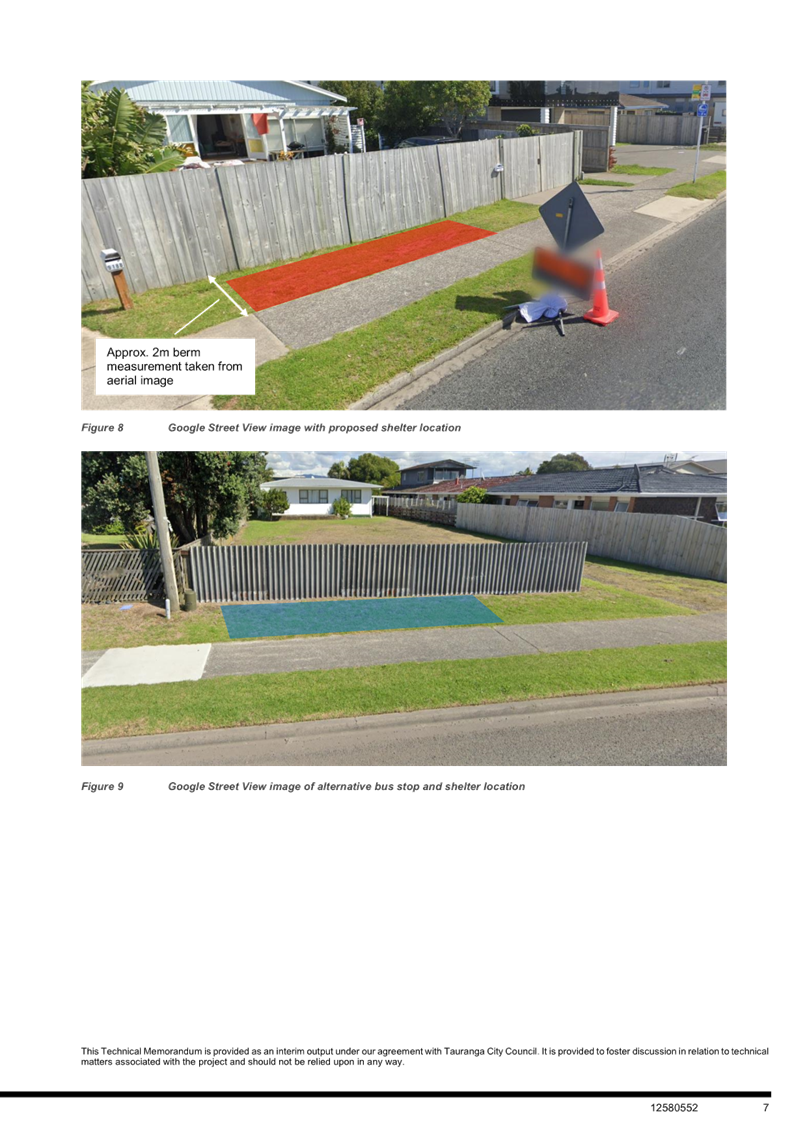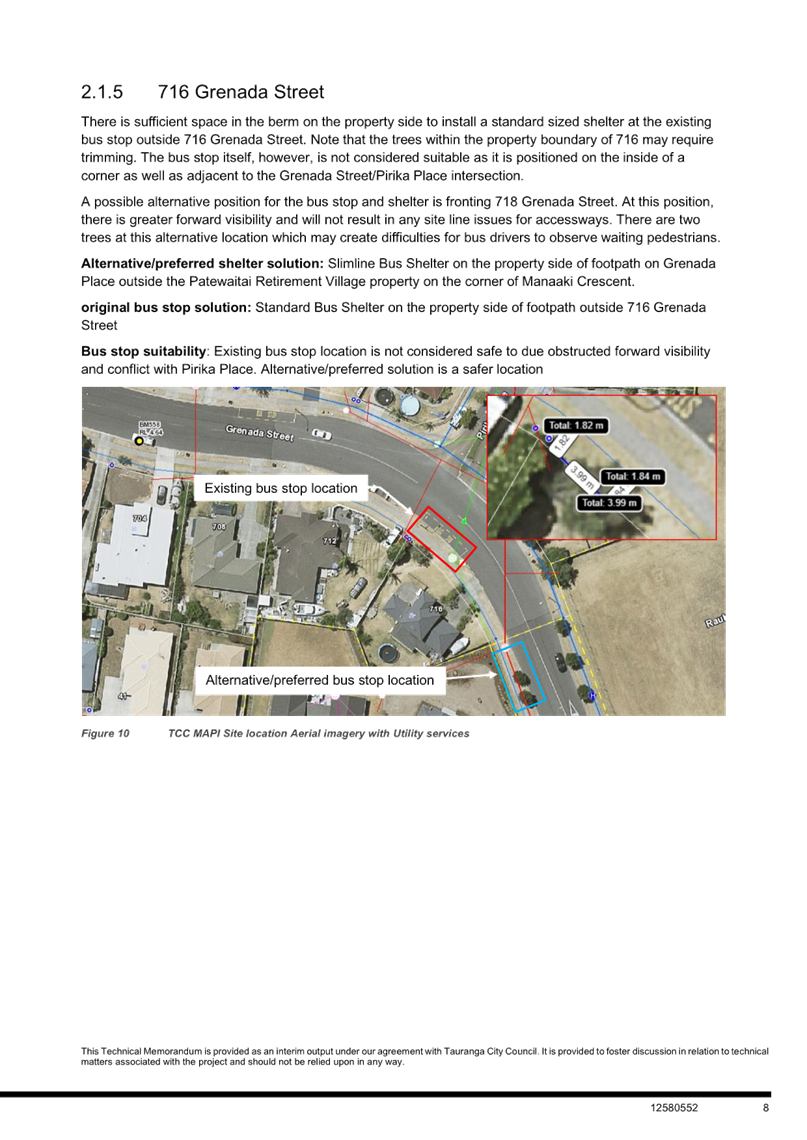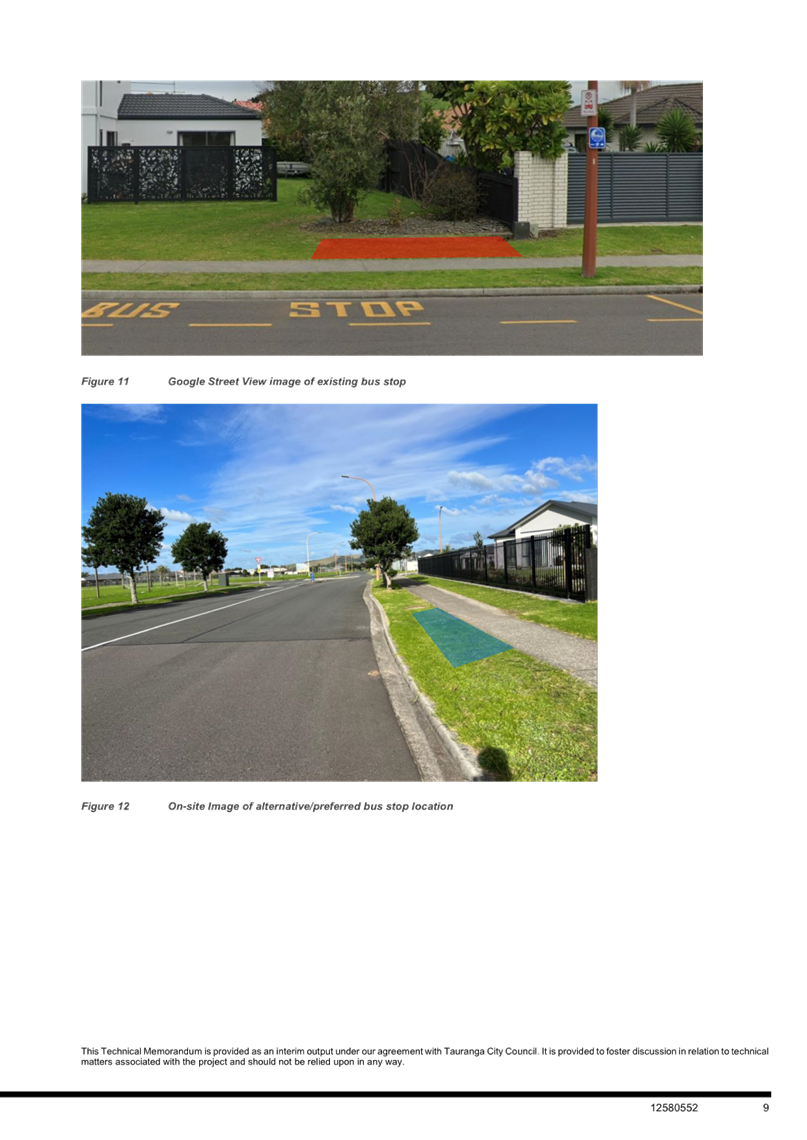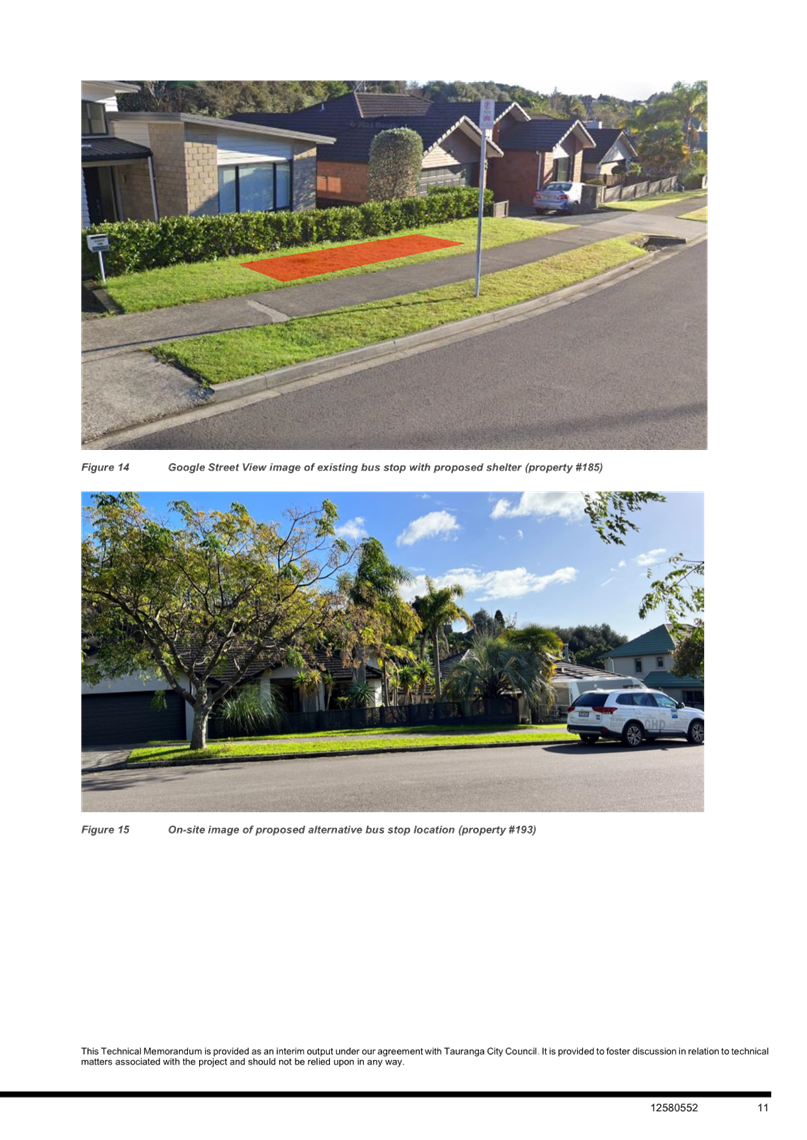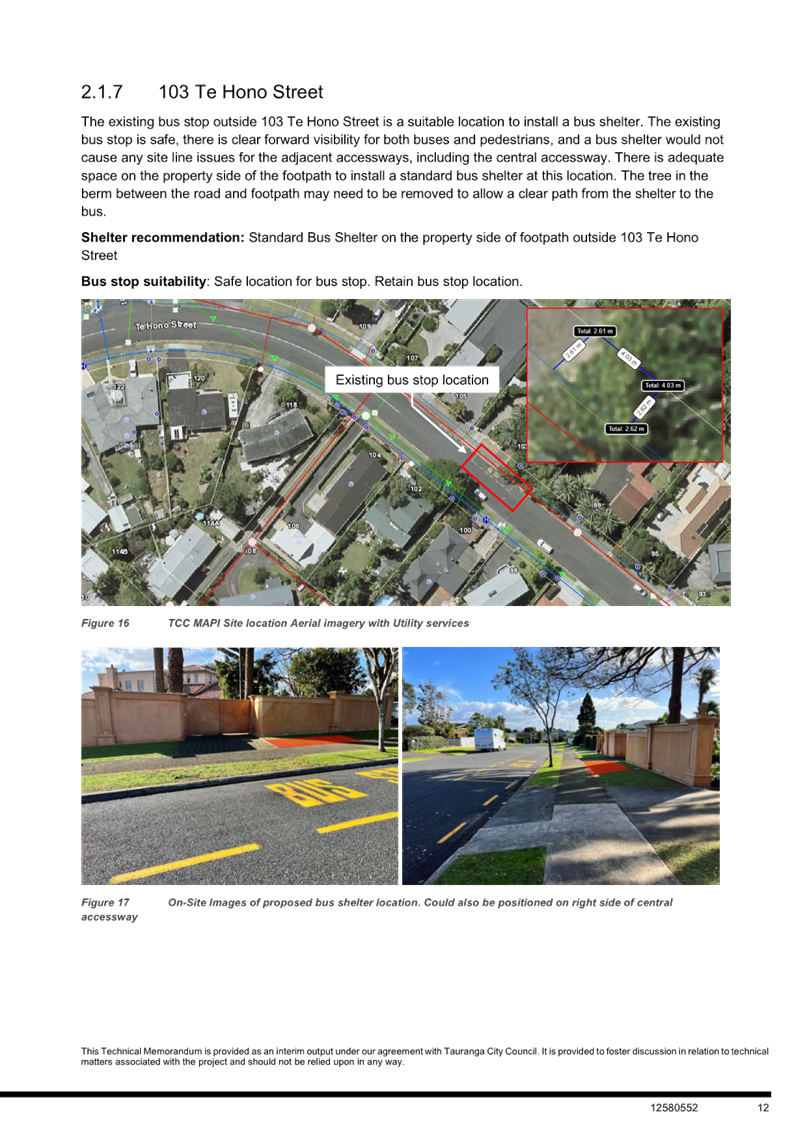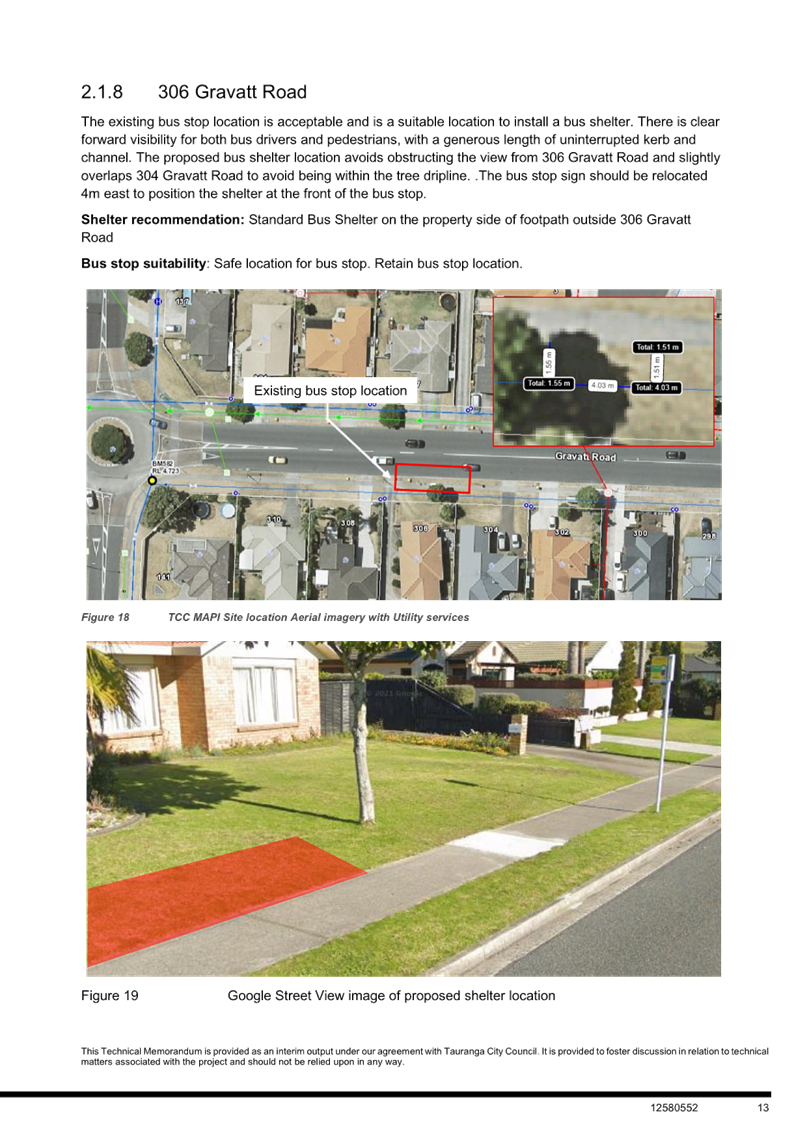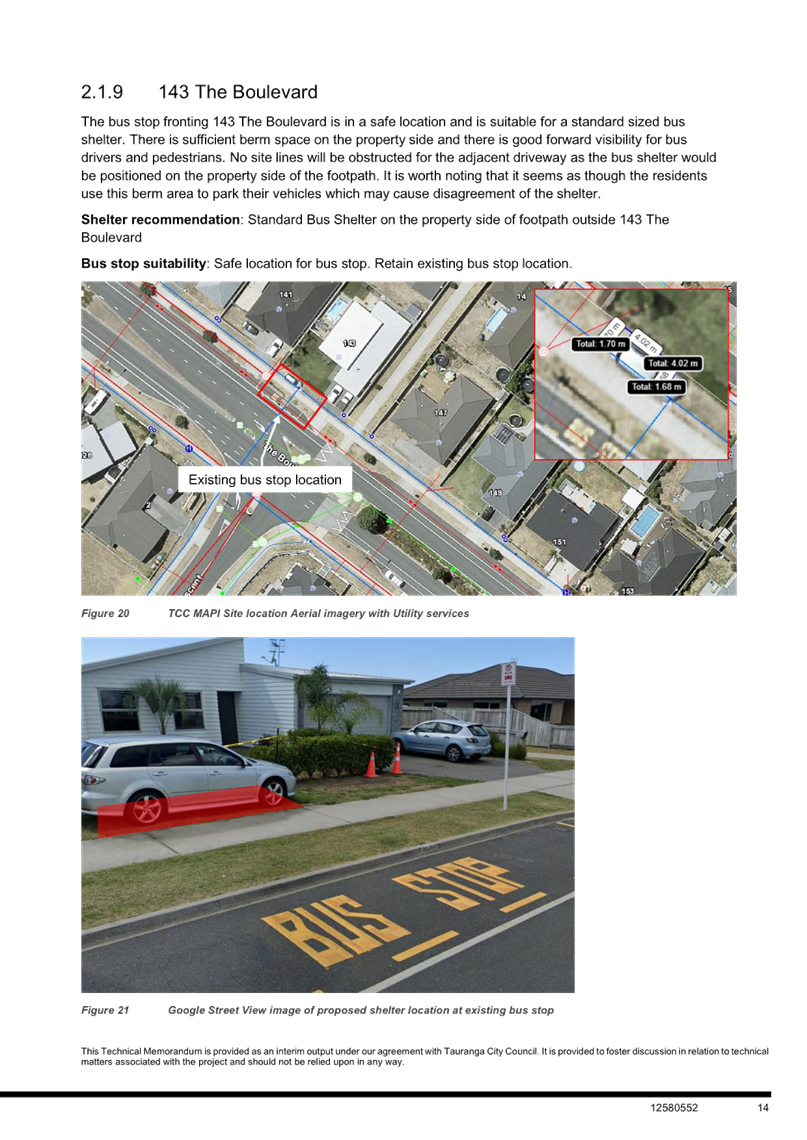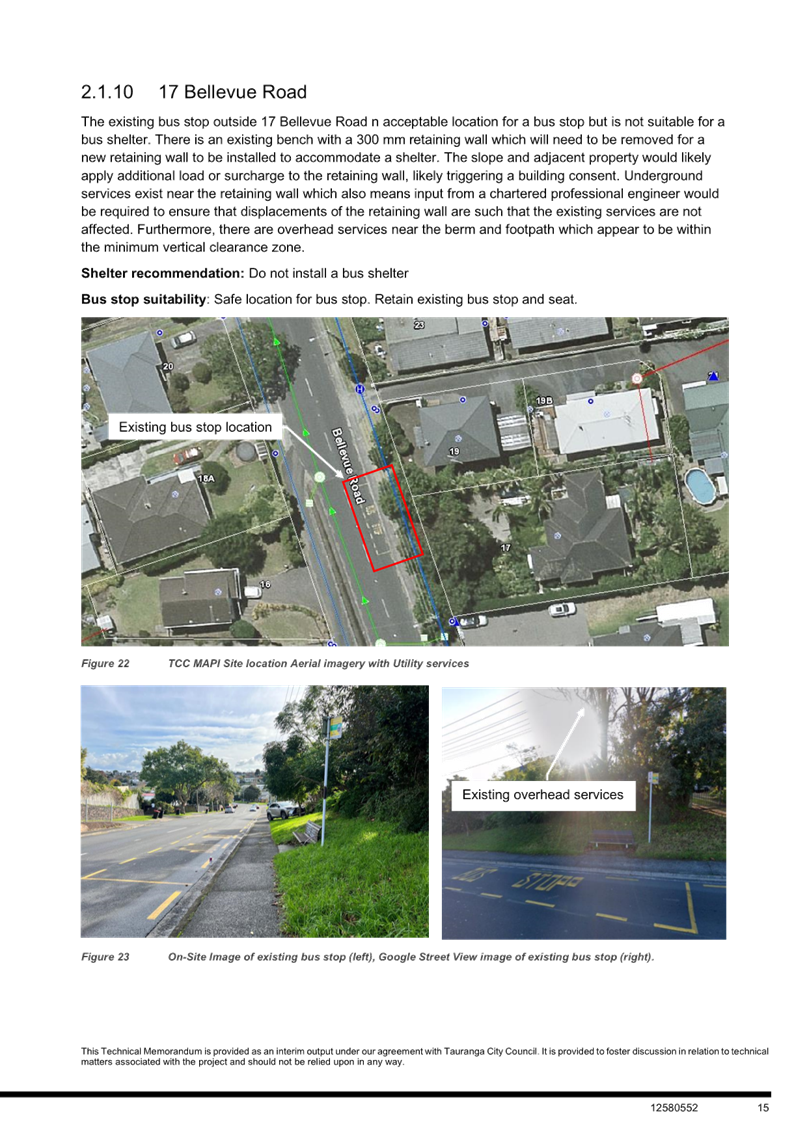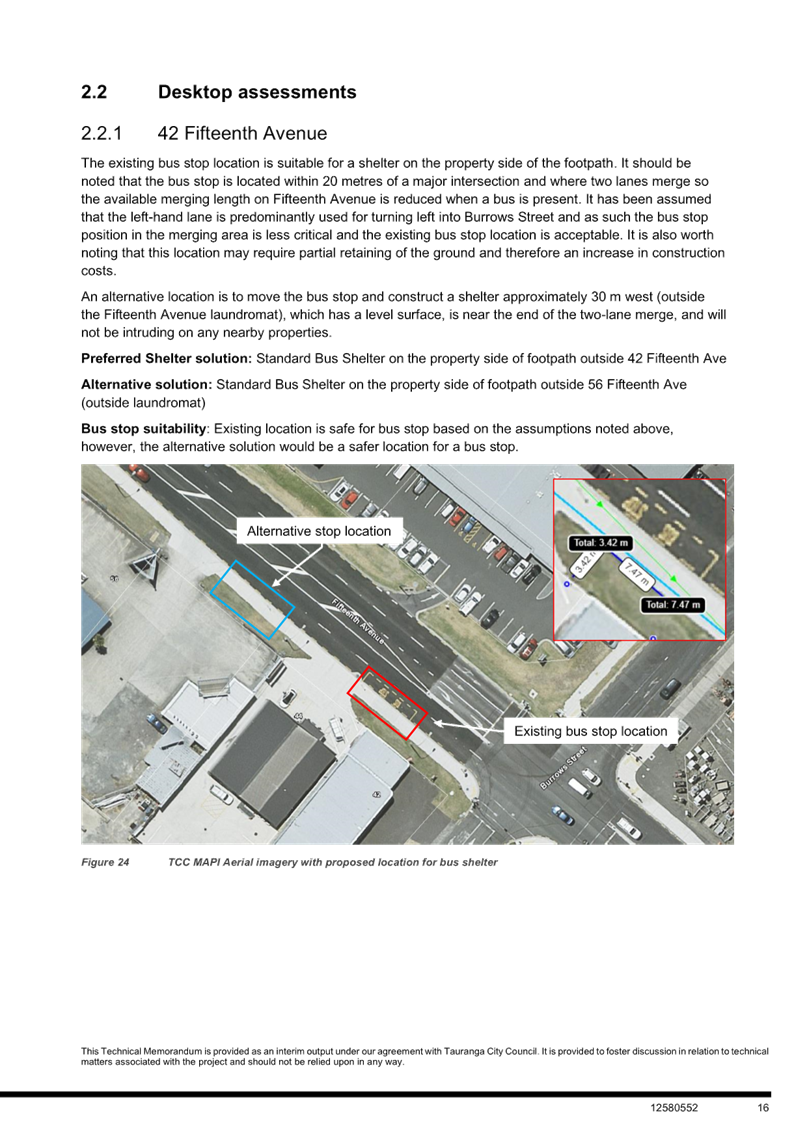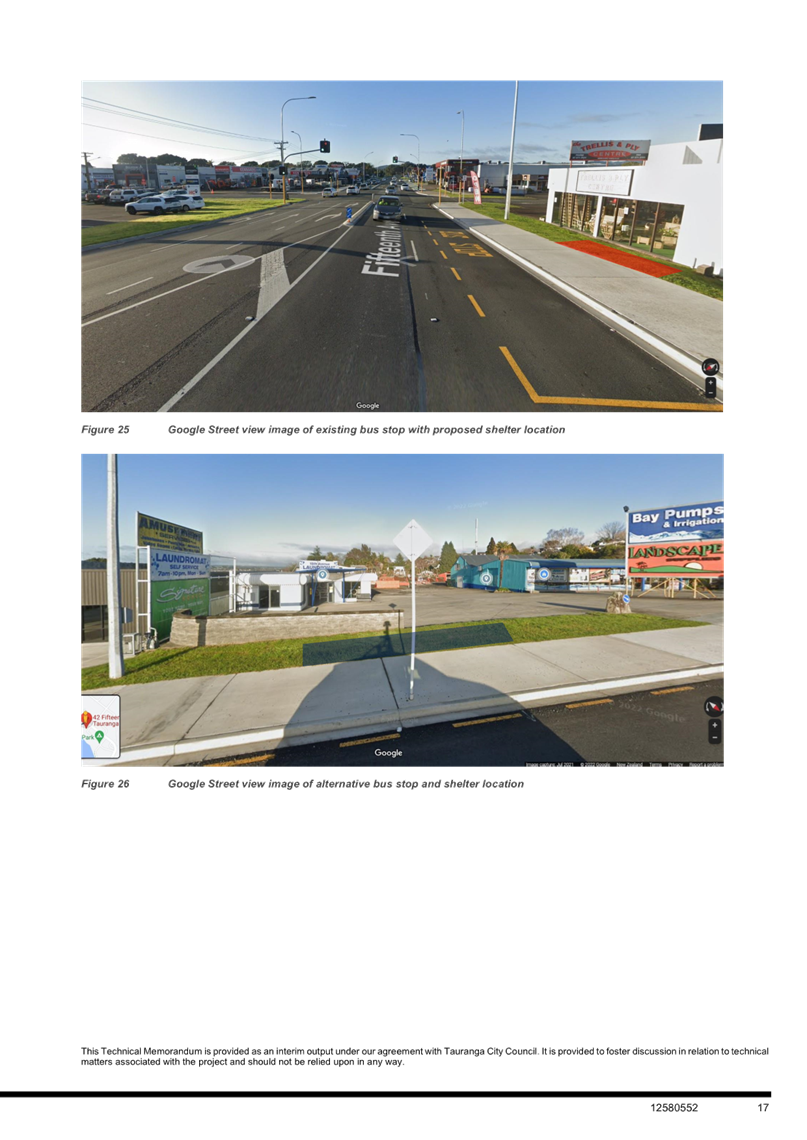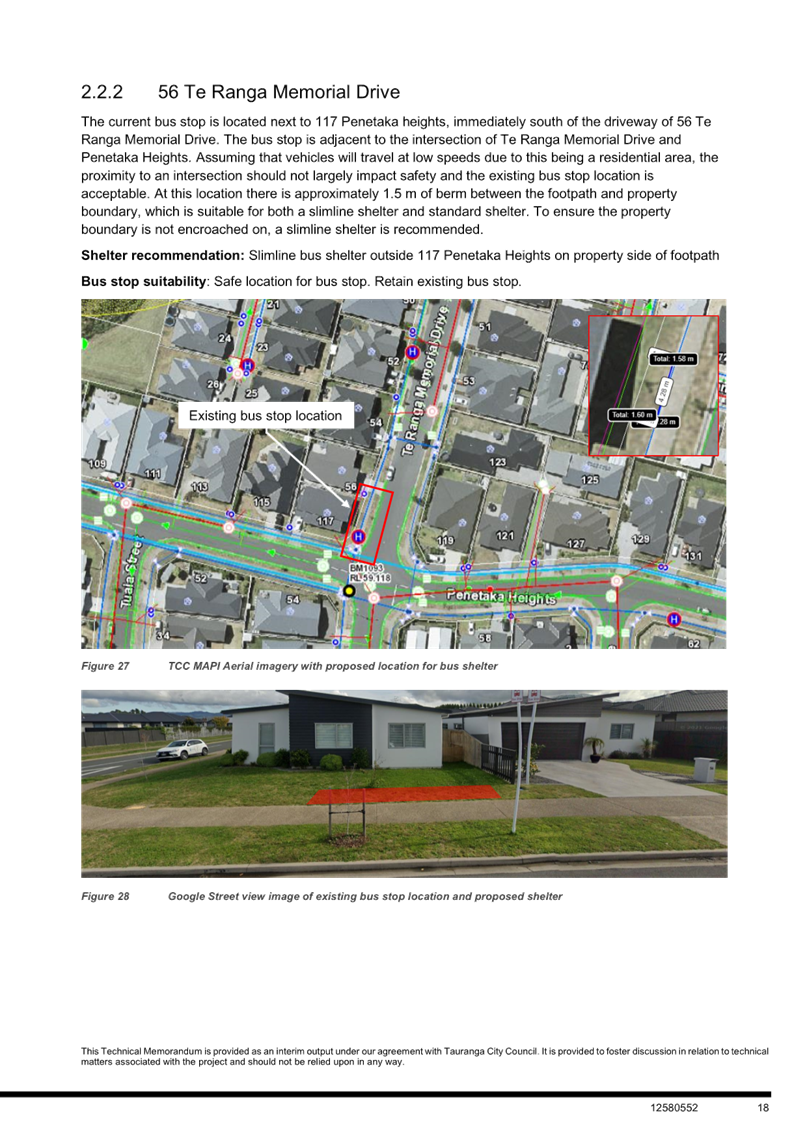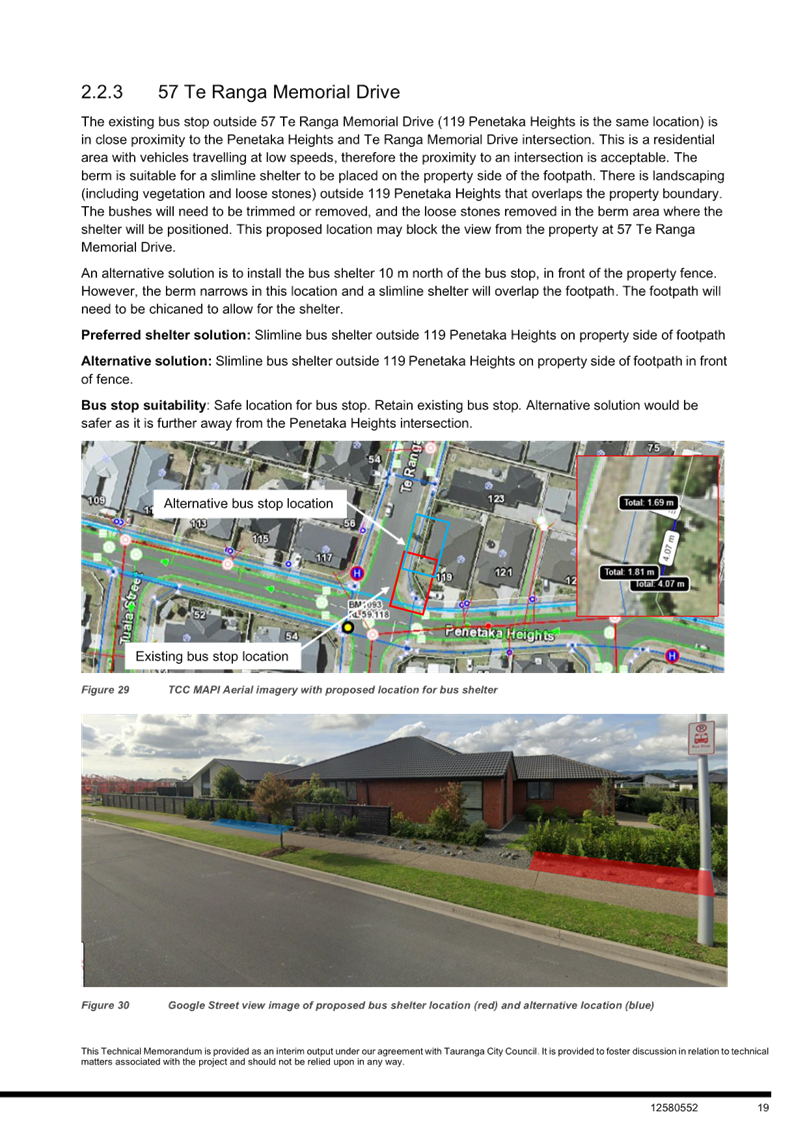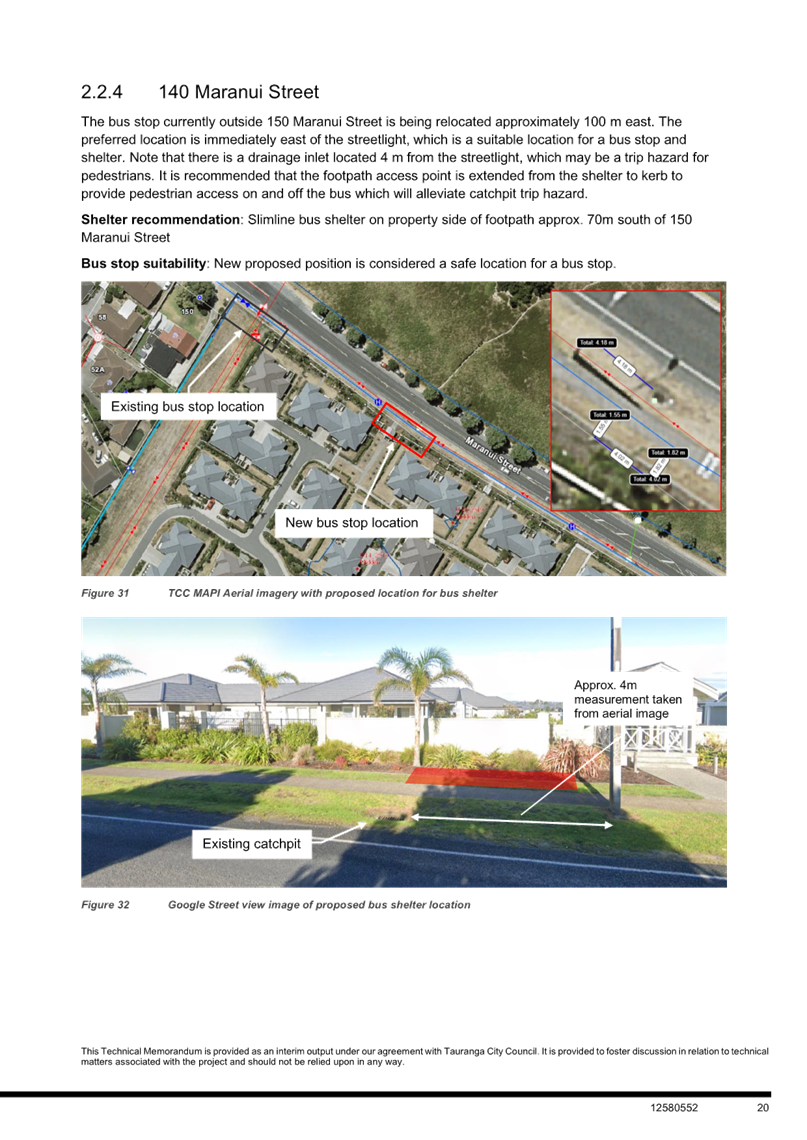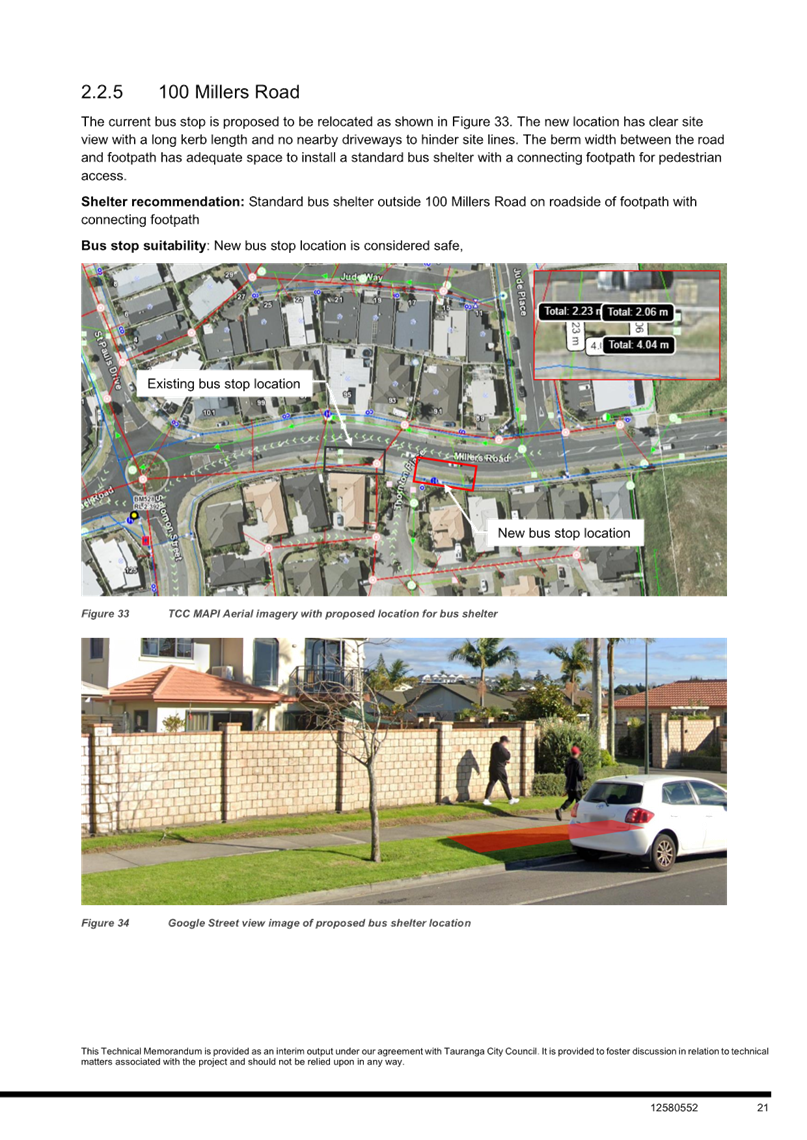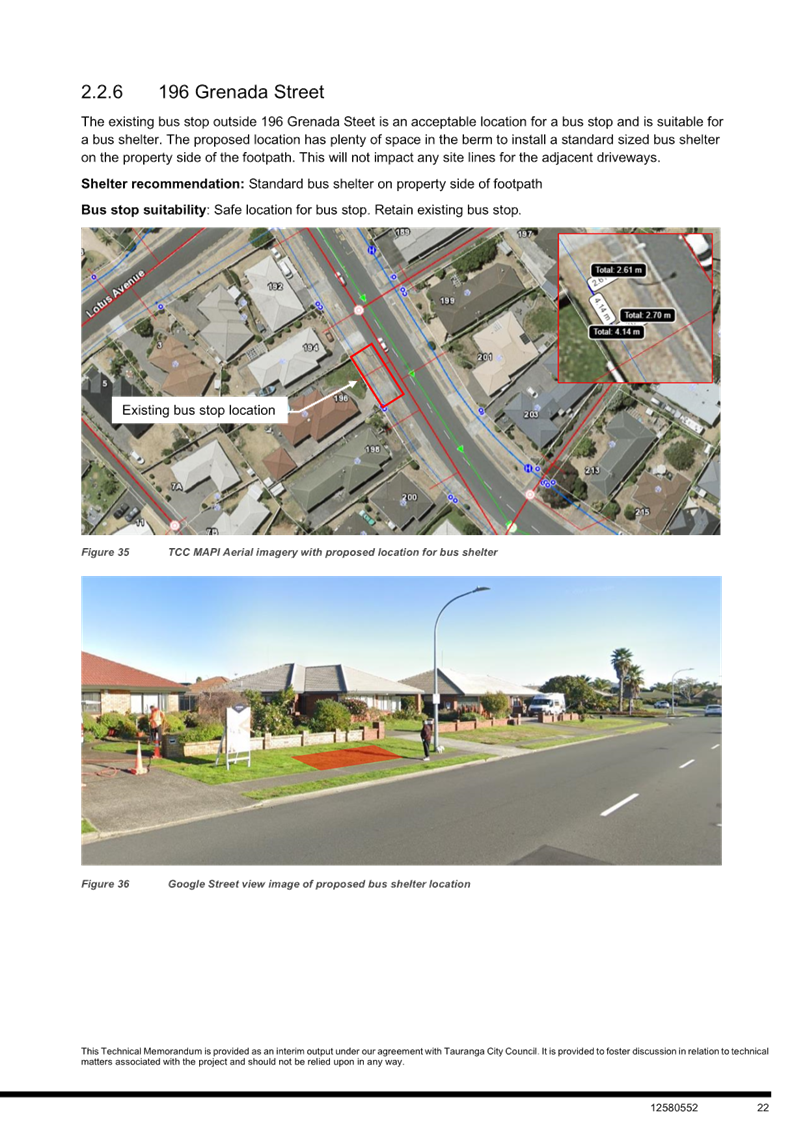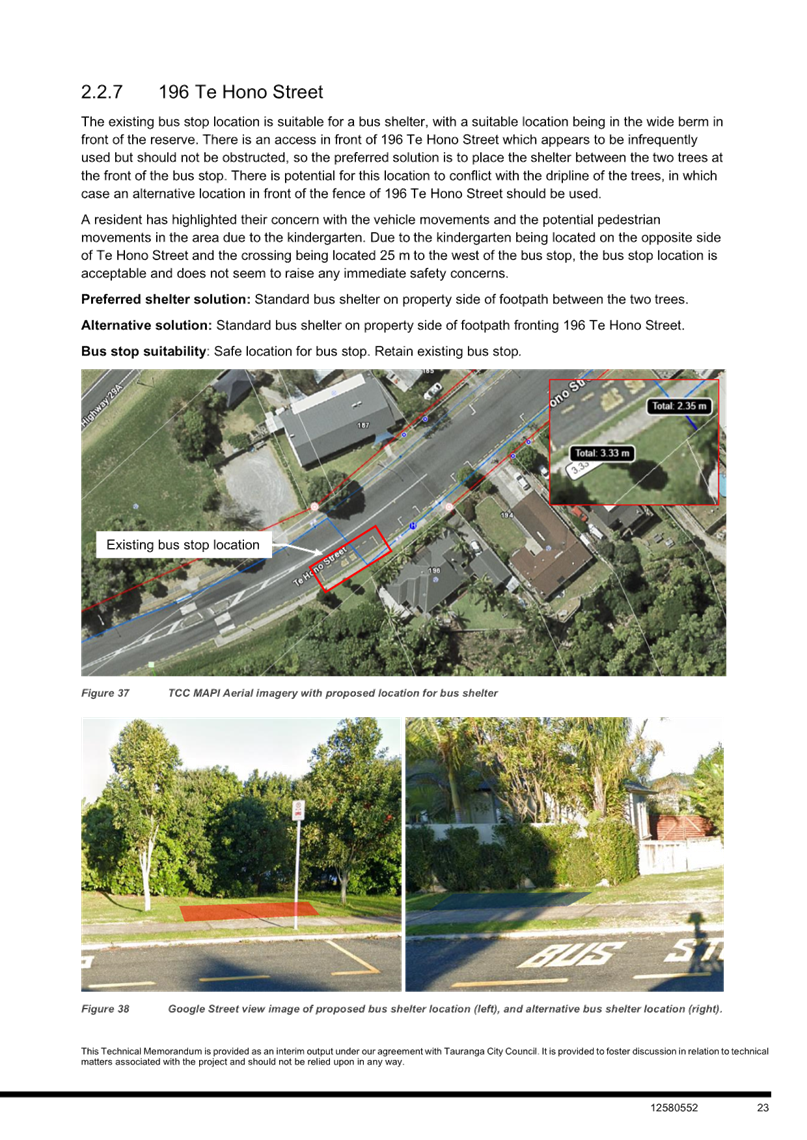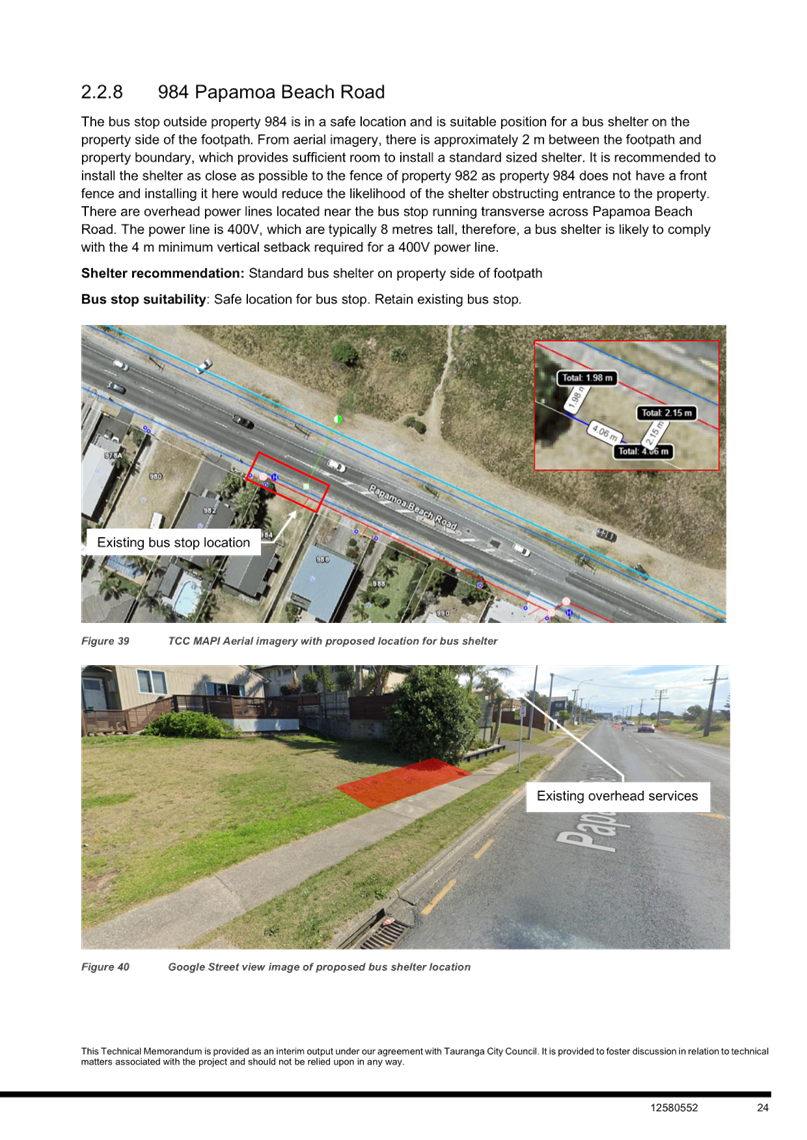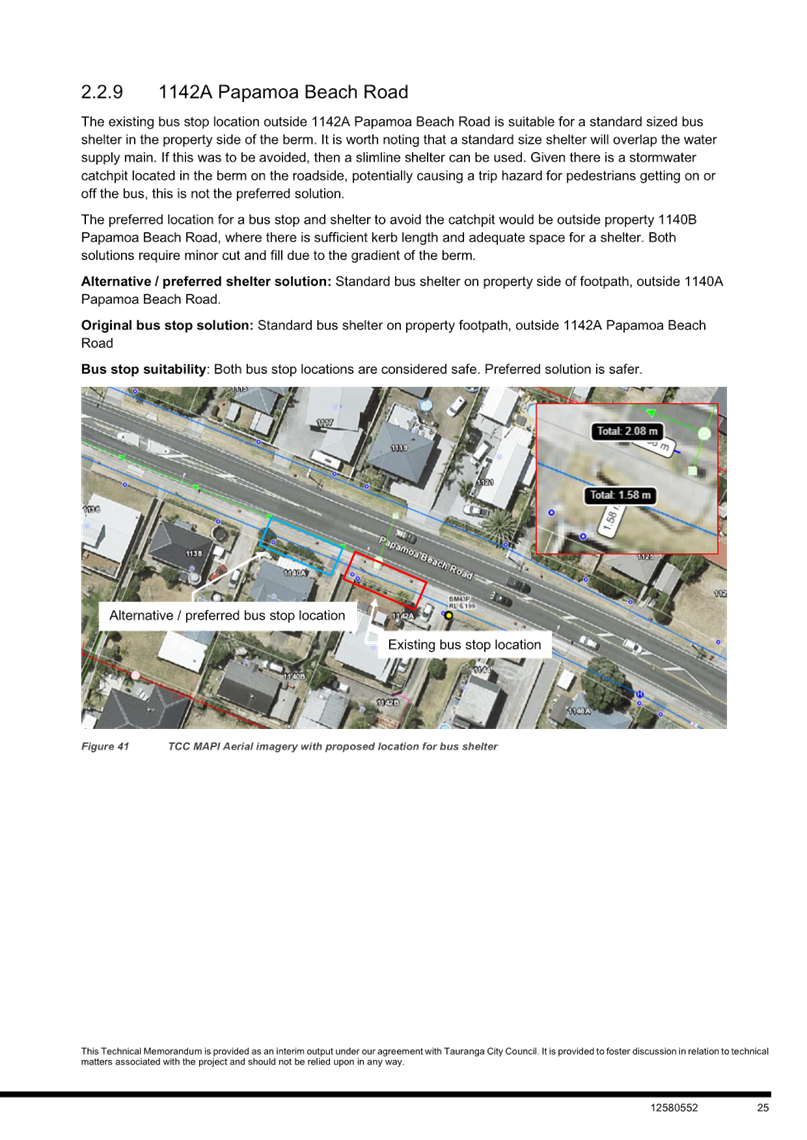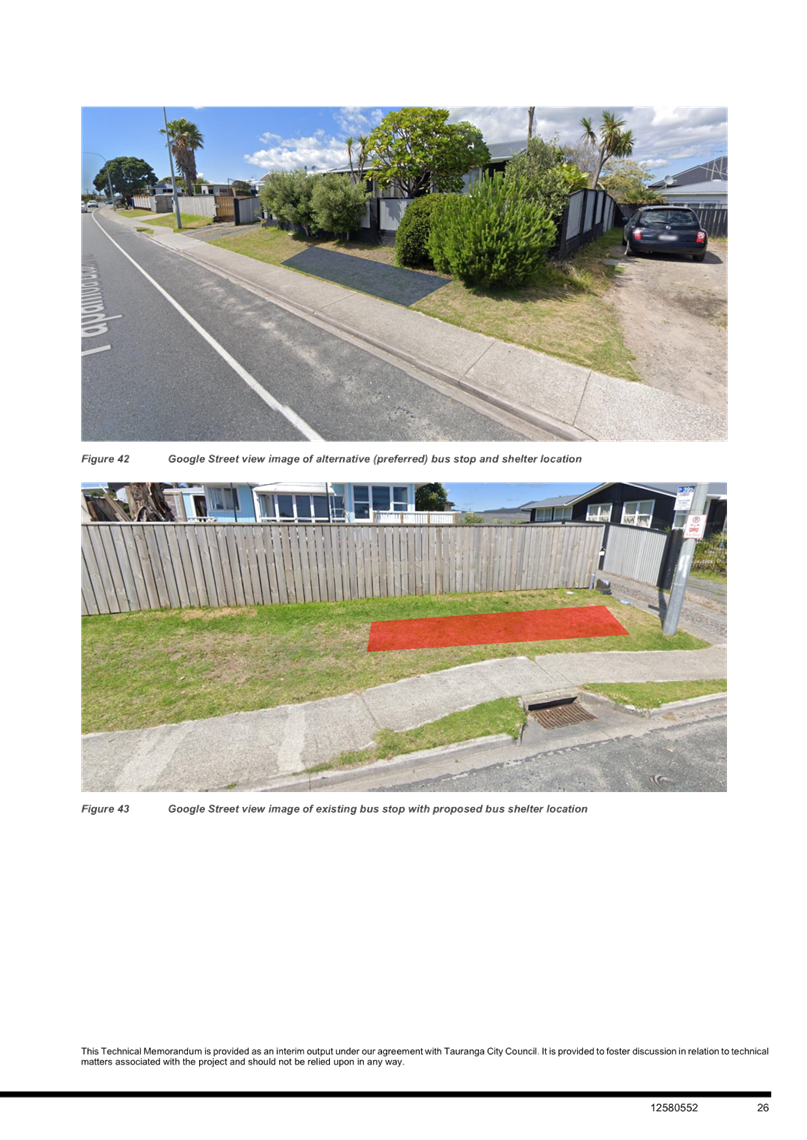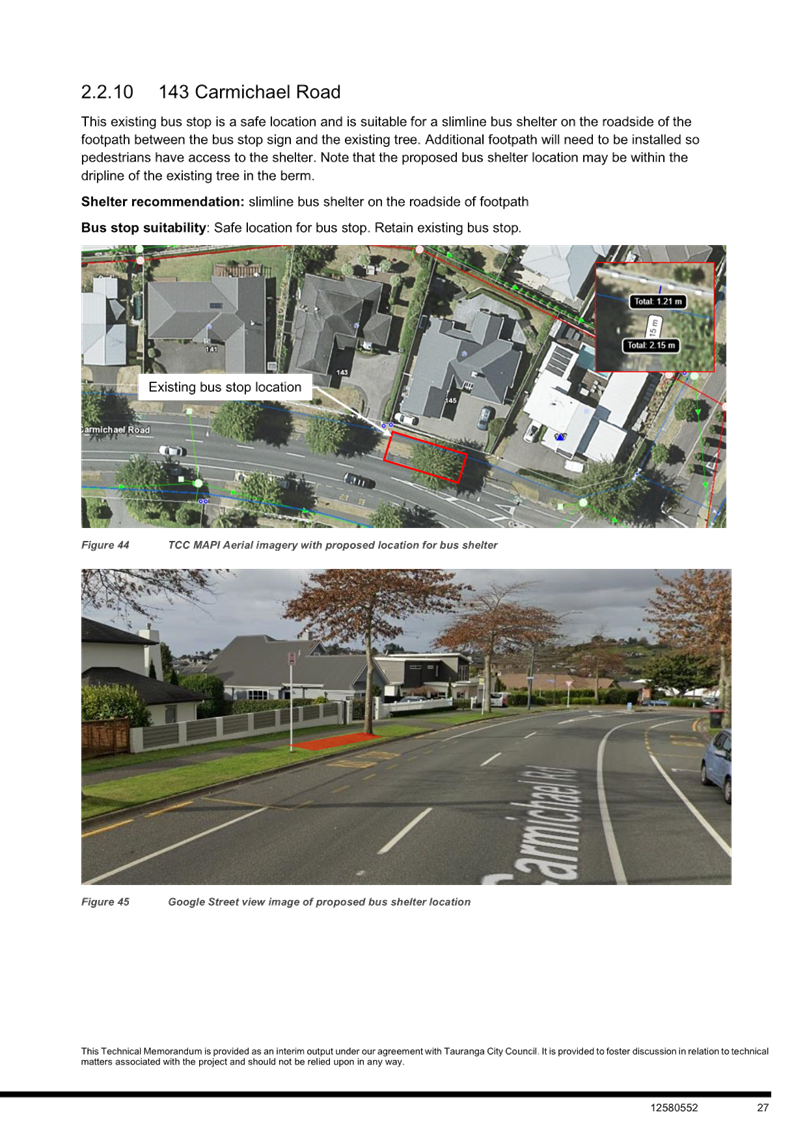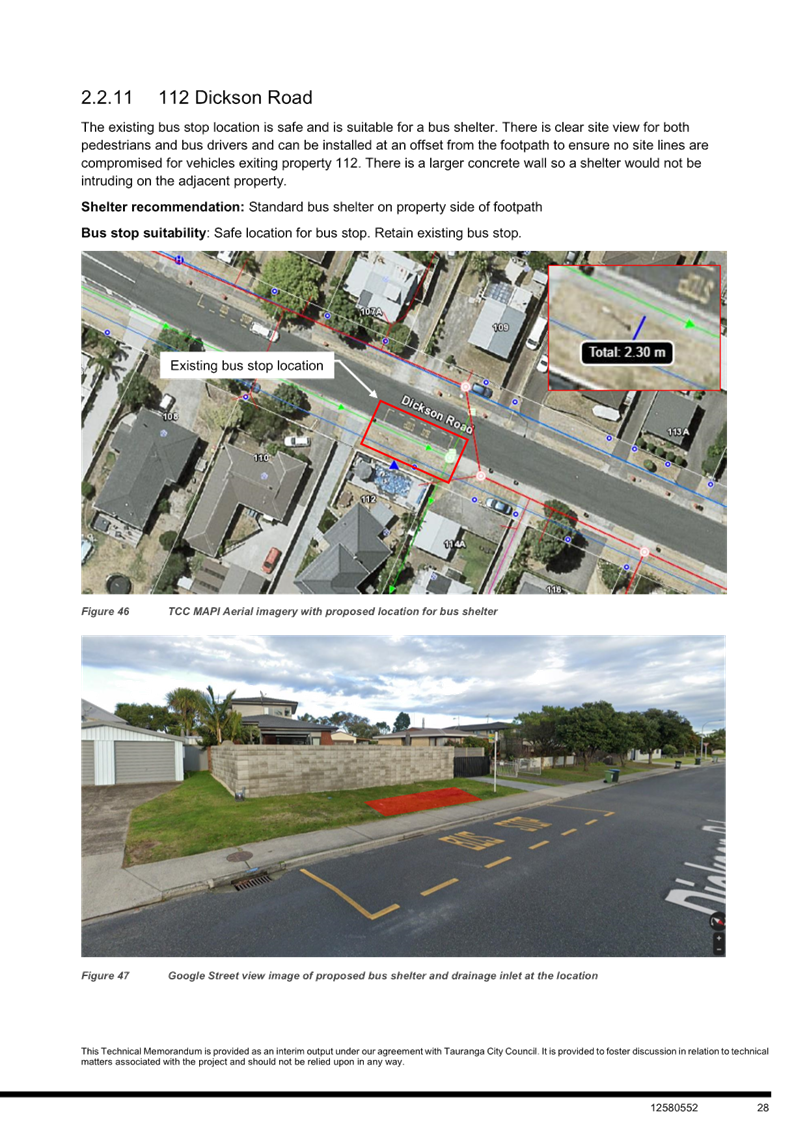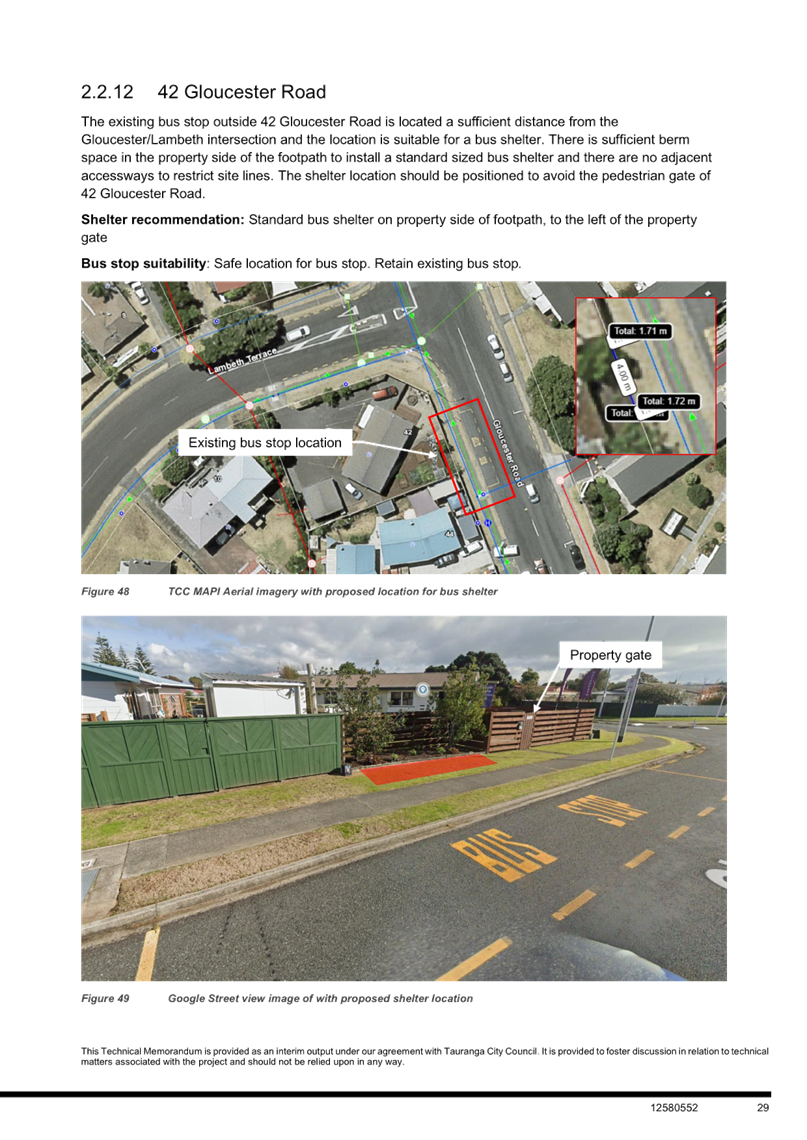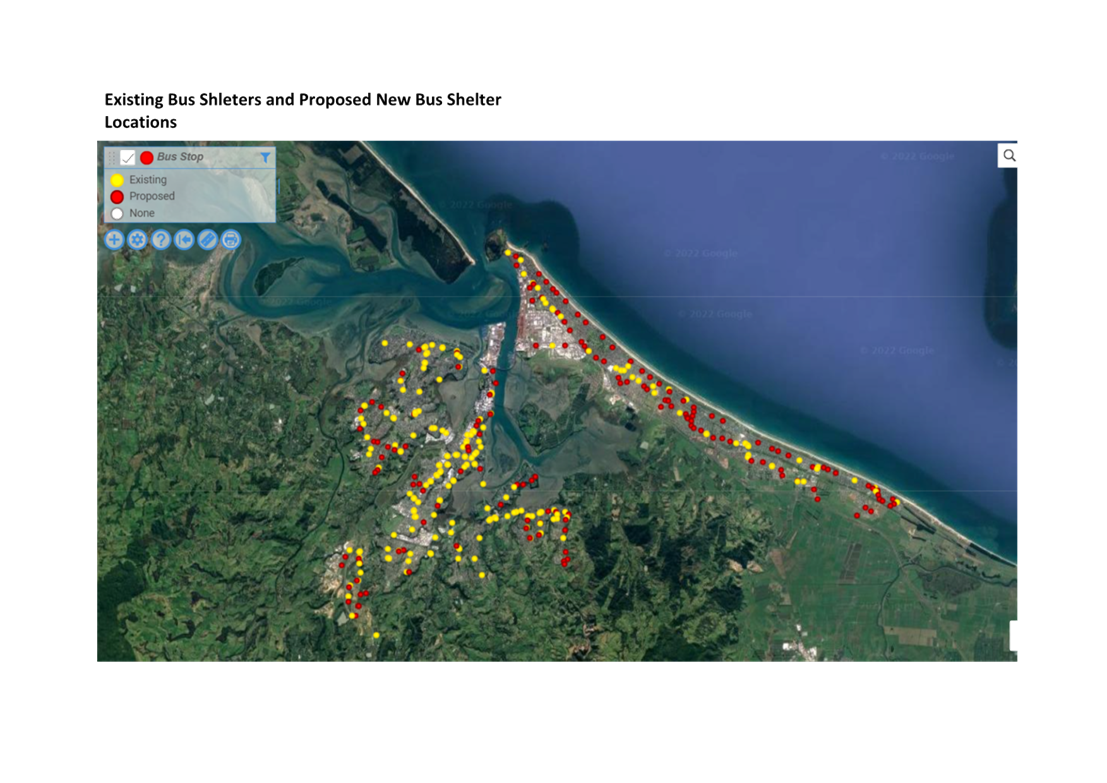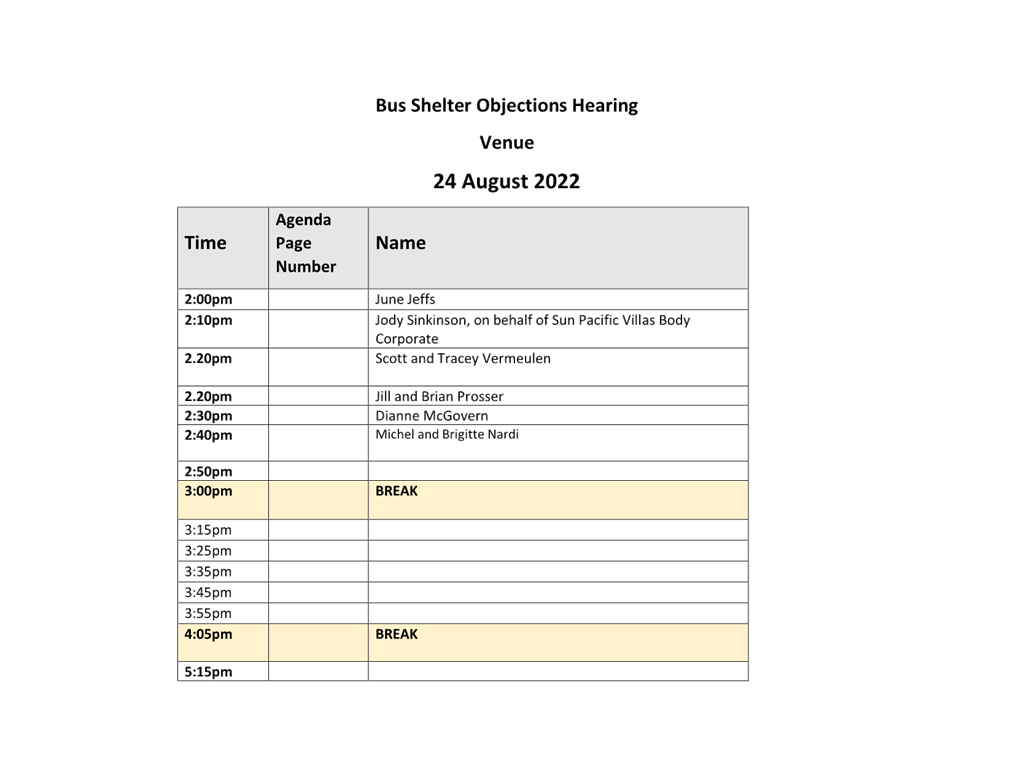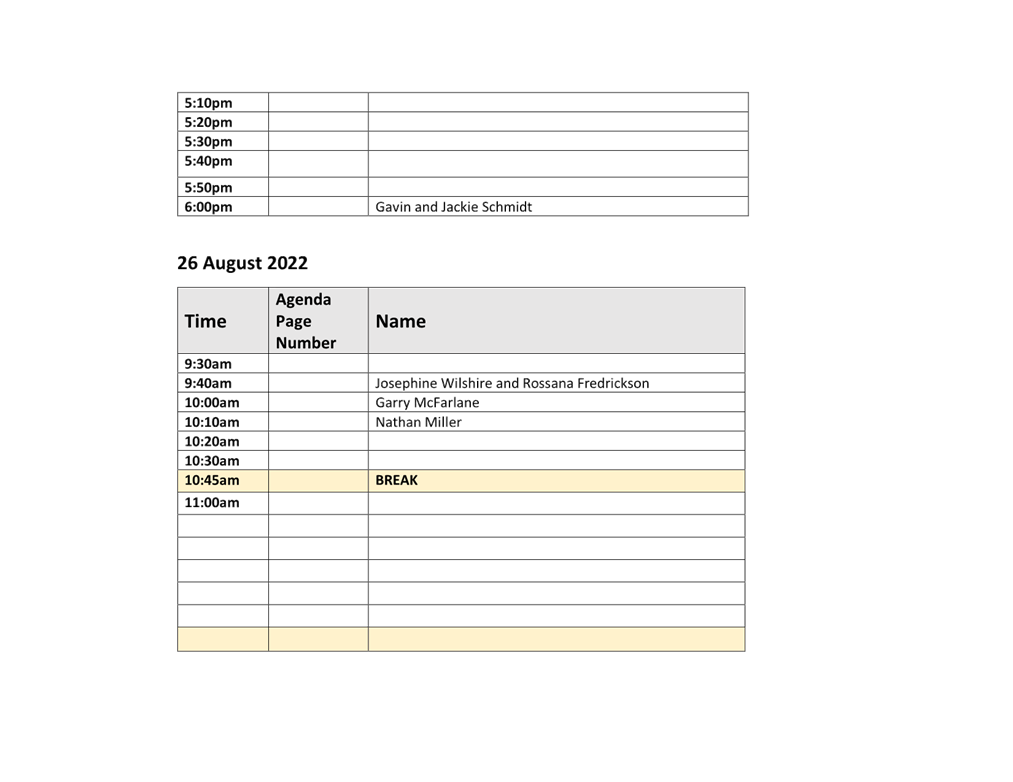Membership
|
Chairperson
|
Mary Dillon
|
|
Members
|
Puhirake Ihaka
Terry Molloy
Alan Tate
|
|
Quorum
|
At least two members
|
|
Meeting frequency
|
As required
|
Role
·
To
conduct hearings and make decisions of a quasi-judicial nature on regulatory
matters through specific hearings and decision making.
Scope
Regulatory matters
·
To
conduct hearings and make decisions of a quasi-judicial nature on behalf of the
Council on any regulatory matter that the Council is legally:
o
empowered
or obligated to hear and determine;
o
permitted
to delegate to a subordinate decision-making body of Council under the Local
Government Act 2002, or any other Act.
·
To
exercise this function in accordance with:
o
the
applicable legislation;
o
the
Council’s corporate strategies, policies, plans and bylaws; and
o
the
principles of administrative law and natural justice.
·
Regulatory
matters include (but are not limited to):
o
dog
control matters;
o
matters
arising from the exercise of Council’s enforcement functions; and
o
regulatory
matters that require a hearing under Council’s policies (including,
without limitation, Council’s Gambling Venues Policy) and bylaws.
Matters excluded from scope
·
The
following are excluded from the scope of the Regulatory Hearings Panel:
o matters relating to the sale
and supply of alcohol;
o matters under the Resource
Management Act 1991; and
o matters the Council is
precluded from delegating to a subordinate decision-making body by the Local
Government Act 2002, or any other Act.
Power
to Act
Regulatory
matters
·
All
powers, duties and discretions necessary to conduct hearings and make decisions
of a quasi-judicial nature on behalf of the Council on any regulatory matter
that the Council is legally empowered or obligated to hear and determine,
including (but not limited to):
o
All
powers, duties and discretions necessary to hear and make decisions on behalf
of the Council in respect of any matter that the Council is empowered or
obligated to hear and determine under the Dog Control Act 1996, the Local
Government Act 2002, the Local Government Act 1974 and any regulatory matters
that require a hearing under Council’s policies and bylaws.
·
For the
avoidance of doubt, the above delegation includes authority to hear and make
decisions on appeals under Council’s Gambling Venues Policy, including to
decline an application to appeal.
·
The power
to establish and amend hearings protocols relating to the general conduct of
hearings and hearings related matters in accordance with the applicable
legislation and the principles of administrative law and natural justice.
·
The power
to co-opt expert advice on an as required basis.
Matters excluded from power to
act
·
For the
avoidance of doubt, the Regulatory Hearings Panel does not have the power to
hear:
o matters relating to the sale
and supply of alcohol;
o matters under the Resource
Management Act 1991; or
o matters that the Council is
precluded from delegating to a subordinate decision-making body by the Local
Government Act 2002, or any other Act.
Power to Recommend
·
The
Regulatory Hearings Panel is unlikely to need to make recommendations to the
Council as it has the power to conduct hearings and make decisions of a
quasi-judicial nature on behalf of Council as per its powers to act.
However, the Panel may make recommendations to the Council if, in the
circumstances of a matter, it considers it appropriate to do so.
Note: The Regulatory Hearings
Panel is established as a subordinate decision-making body of Council and
delegated the powers specified in its Terms of Reference under clauses 30 and
32 of Schedule 7 Local Government Act 2002 respectively. It is not a committee
or subcommittee of Council.

|
 Regulatory Hearings Panel meeting Minutes Regulatory Hearings Panel meeting Minutes
|
11 November 2021
|
|

|
|
MINUTES
Regulatory Hearings Panel meeting
Thursday, 11 November 2021
|
Order of Business
1 Opening karakia. 3
2 Apologies. 3
3 Confirmation of
minutes. 3
3.1 Minutes
of the Regulatory Hearings Panel meeting held on 5 August 2021. 3
4 Declaration of
conflicts of interest 3
6 Public excluded
session. 3
6.1 Application
to Release Impounded Dog - Ryde. 4
5 Business. 4
5.1 Objection
to Dangerous Dog Classification - Stacey Tawa. 4
6 Public excluded
session (continued) 6
6.1 Application
to Release Impounded Dog - Ryde. 6
5 Business (continued) 7
5.2 Objection
to Classification of Menacing Dog - Carl Cosford. 7
6 Public excluded
session (continued) 9
6.2 Application
to Release Impounded Dog - Chopper 9
Item 5.1 Confidential
Attachment 2 - Objection to Dangerous Dog Classification - Stacey Tawa. 9
5 Business (continued) 9
5.1 Objection
to Dangerous Dog Classification - Stacey Tawa – Decision (continued) 9
7 Closing karakia. 10
MINUTES OF Tauranga City Council
Regulatory Hearings Panel meeting
HELD
AT THE Tauranga City Council, Te Awanui
Harbour Room, 91 Willow Street, Tauranga
ON
Thursday, 11 November 2021 AT 9.30am
PRESENT: Mrs
Mary Dillon (Chairperson), Mr Puhirake Ihaka, Mr Terry Molloy and Mr Alan Tate
IN ATTENDANCE: Nathan Speir
(Counsel for the Prosecutor, Rice Speir), Ben Cochrane (Counsel for the
Prosecutor, Rice Speir), Nigel McGlone (Manager: Environmental Regulation), Brent
Lincoln (Team Leader: Animal Services), Coral Hair (Manager: Democracy
Services) and Robyn Garrett (Team Leader: Committee Support)
1 Opening
karakia
Mr
Puhirake Ihaka opened the meeting with a karakia.
2 Apologies
Nil
3 Confirmation
of minutes
4 Declaration
of conflicts of interest
Nil
6 Public
excluded session
RESOLUTION TO EXCLUDE THE PUBLIC
|
Committee Resolution RHP2/21/2
Moved: Mr
Alan Tate
Seconded: Mr
Terry Molloy
That the public be
excluded from the following parts of the proceedings of this meeting.
The general subject
matter of each matter to be considered while the public is excluded, the
reason for passing this resolution in relation to each matter, and the
specific grounds under section 48 of the Local Government Official
Information and Meetings Act 1987 for the passing of this resolution are as
follows:
|
General subject of each matter to be
considered
|
Reason for passing this resolution in
relation to each matter
|
Ground(s) under section 48 for the
passing of this resolution
|
|
6.1 - Application to Release Impounded
Dog - Ryde
|
s6(a) - The making available of the information
would be likely to prejudice the maintenance of the law, including the
prevention, investigation, and detection of offences, and the right to a
fair trial
|
s48(1)(a) - the public conduct of the relevant
part of the proceedings of the meeting would be likely to result in the
disclosure of information for which good reason for withholding would exist
under section 6 or section 7
|
Carried
|
The meeting resumed in the
public arena.
The meeting adjourned from 11am to 11:20am.
5 Business
|
5.1 Objection
to Dangerous Dog Classification - Stacey Tawa
|
|
Staff Ben
Cochrane, Rice Speir, Counsel on behalf of Tauranga City Council
Brent Lincoln, Team
Leader: Animal Services, Tauranga City Council
External Stacey
Tawa, Applicant
Beverley
Edwards, StraightTalk Law, Counsel on behalf of applicant
Refer to the following
tabled documents:
1.
Tauranga City Council’s position regarding the objection by
Stacey Tawa to the classification of ‘Gucci’ as a dangerous dog.
2.
Ruling of Judge T R Ingram – District Court – Tauranga
City Council v Stacey Tawa – 11 August 2021.
3.
Photographs of Stacey Tawa garage, driveway and fence.
4.
Note: Photographs of victim’s injuries included in the public
excluded agenda and not released to the public arena.
Tauranga
City Council
·
Ben Cochrane read the document “Tauranga City
Council’s position regarding the objection by Stacey Tawa to the
classification of ‘Gucci’ as a dangerous dog.” Refer to
tabled document 1.
·
The evidence presented at the trial demonstrated Gucci’s
dangerous disposition. As such there was a genuine risk that Gucci may
attack again, especially in an unfamiliar environment. Gucci was therefore a
threat to the safety of people.
·
The Council was not aware of any steps taken by the owner to
prevent any threat to the safety of persons and animals.
·
Counsel for the applicant stated that Ms Tawa was coerced and
forced to sign documentation but it was unclear precisely what the Counsel
was referring to.
·
Ms Tawa accepted the offending at the trial but that did not
preclude the Council from seeking a dangerous dog classification.
·
The Court’s declination to make an order for the
destruction of Gucci was based on separate and distinct statutory criteria
set out in section 57(3) of the Dog Control Act 1996 (DCA).
·
The requirement for a dangerous dog to be muzzled and
controlled on a leash while at large or in any public place or in a private
way would reduce the risk of Gucci attacking a person again.
In
response to questioning:
·
Mr Lincoln advised that there was no previous record of an
attack by the dog Gucci. He explained that a multi-faceted approach was taken
when making a decision to classify the dog as dangerous including what
happened during the attack, the seriousness of the attack, the responsibility
taken by the owner, and the history of the dog.
·
Some dogs calm down in the pound and others display stress, but
Gucci had remained aggressive all the way through, lunging at the bars. This
behaviour was not common and had been one of the factors that was considered
when making the decision to classify the dog as dangerous.
·
Dogs had control over their biting capability and in this case
there were puncture marks in the hands of the victim, which were made through
leather gloves.
·
The victim was cross examined robustly in court regarding
whether their actions had provoked the attack. The dog had shown
territorial behaviour when the victim walked up to the gate and the dog could
react in this way with anyone walking past.
Applicant
·
Bev Edwards tabled the District Court decision “Ruling of
Judge T R Ingram – Tauranga City Council v Stacey Edwards – 11
August 2021”. Refer to tabled document 2 and referred to paragraph 4
which stated that the circumstances in this case were fairly straightforward.
·
Ms Tawa had argued during the trial that the dog Gucci was
agitated by the noise and was provoked into biting the complainant and the
Court agreed with her and had declined to make an order to destroy the dog.
·
Ms Tawa had pleaded guilty but had made an application, which
was granted, that the nature of the offending was such that it would not
result in a conviction against her name.
·
Ms Edwards stated that the matter had been dealt with by the
Court, the Council had lost the case and the dog was not declared dangerous
by the Court and the Council was now attempting a backdoor method to declare
Gucci a dangerous dog. Ms Edwards queried why the Council was undertaking a
separate process which had started following the trial.
·
Ms Tawa had taken urgent steps to make sure the dog could not
leave her property by increasing the height of the gate and ensuring it could
not be shaken open. The dog was also enclosed in an area in the garage. Bev
Edwards tabled three photographs of Ms Tawa’s garage, driveway and
fence that were tabled during the criminal trial. Refer to tabled document 3.
·
The dog Gucci was a family pet with a clean record and had not
previously attacked a person or animal.
In
response to questioning:
·
Ms Tawa had made improvements to the gate the day after the
attack happened once she realised the dog could jump the gate.
·
The dog Gucci had been held in the pound from 4 February 2021
until after the court date in August 2021 and had displayed stress due to
being caged and held for this length of time. The dog had interacted in
a friendly way with Ms Tawa at the pound.
·
Ms Tawa had set up two kennels, one in the caged area in the
carport and one on a line under the tree, following the incident.
·
Ms Tawa stated she had received letters in the mailbox stating
that she shouldn’t leave a dog at home alone, and she had put a muzzle
on Gucci to keep the peace, not because she thought the dog was dangerous,
but to stop the complaints and the letters.
·
Ms Tawa stated that she was prepared to take on the consequences
of a classification of the dog as dangeous, which was to place a muzzle on
the dog when in public and when the dog was wondering around the property
outside the enclosure.
·
The problem with muzzling a dog was that the dog could not defend
itself from attack by other dogs when out on a lead.
Council
right of reply
·
While there may have been aggrevating factors in the attack,
the dog had shown a predispositon to attack a person when agitated.
·
Given that it was impossible to prevent agitating factors in
each situation, declaring the dog to be dangerous was appropriate in this
case.
·
The delay in filing a dangerous dog classification was related
to the time taken by the Council to consider whether to lodge an appeal
against the Court decision.
·
The requirement to wear a muzzle would significantly reduce the
risk of Gucci attacking a person in future.
·
Ms Tawa stated that she was prepared to muzzle her dog
regardless of the outcome of her objection, which was the effect of upholding
the classification to declare the dog as dangerous.
The
Chairperson advised that the Panel would deliberate later in the day and the
decision would be relayed as soon as possible. She thanked the applicant and
the Council staff and representatives.
The
Panel deliberated in public excluded and released the decision in the public
part of the meeting. Refer to the decision below.
|
The meeting adjourned from 12:20pm to 1pm.
6 Public
excluded session (continued)
RESOLUTION TO EXCLUDE THE PUBLIC
|
Committee Resolution RHP2/21/3
Moved: Mr
Terry Molloy
Seconded: Mr Alan
Tate
That the public be
excluded from the following parts of the proceedings of this meeting.
The general subject
matter of each matter to be considered while the public is excluded, the
reason for passing this resolution in relation to each matter, and the
specific grounds under section 48 of the Local Government Official
Information and Meetings Act 1987 for the passing of this resolution are as
follows:
|
General subject of each matter to be
considered
|
Reason for passing this resolution in
relation to each matter
|
Ground(s) under section 48 for the
passing of this resolution
|
|
6.1 – Deliberations on Application
to Release Impounded Dog - Ryde
|
s6(a) - The making available of the information
would be likely to prejudice the maintenance of the law, including the
prevention, investigation, and detection of offences, and the right to a
fair trial
|
s48(1)(a) - the public conduct of the relevant
part of the proceedings of the meeting would be likely to result in the
disclosure of information for which good reason for withholding would exist
under section 6 or section 7
|
Carried
|
The open meeting resumed at 2pm.
5 Business
(continued)
|
5.2 Objection
to Classification of Menacing Dog - Carl Cosford
|
|
Staff Ben
Cochrane, Rice Speir, Counsel on behalf of Tauranga City Council
Brent Lincoln, Team Leader: Animal Services
Nigel McGlone, Manager: Environmental Regulation
External Carl
Cosford and Tina Morice, applicants
Refer to the following tabled
documents:
1.
Tauranga City Council’s position regarding the objection by Carl
Cosford to the classification of ‘Maximus’ as a menacing dog.
2. Police
Case Summary Report Incident 16 March 2021.
Tauranga City Council
·
Ben Cochrane read the document “Tauranga City
Council’s position regarding the objection by Carl Cosford to the
classification of ‘Maximus’ as a menacing dog.” Refer to
tabled document 1.
·
Mr Cochrane apologised for the incorrect spelling of Mr
Cosford’s name in the tabled document.
·
The dox Maximus posed a threat to domestic animals and was
discovered in the neighbour’s guinea pig pen with two dead guinea
pigs. Maximus was not seen attacking the guinea pigs but the
circumstantial evidence was persuasive. Ms Morice, Mr Cosford’s partner,
appears to have acknowledged that Maximus was likely to have attacked the
guinea pigs.
·
Maximum could be expected to behave in the same manner in
similar circumstances.
·
Maximus was a Maltese Shih Tzu Cross and was not a large dog,
however smaller dogs can still be a threat to domestic animals.
·
Maximus barked at the Council Officer and displayed aggressive
tendencies when they attended the property.
·
The incorrect date on the classification notice was a typo
error and not fatal to the classification.
·
This was the first time that the Council had received a report
about the behaviour of Maximus and this fed into the decision not to issue an
infringement notice.
·
The property was fenced and the fence had been reinforced when
they became aware that the neighbour had guinea pigs to prevent Maximus
gaining access. However this did not prevent the incident and the Council was
not aware of any new steps to prevent similar attacks on domestic animals.
·
Mr Cosford continued to deny that Maximus was responsible for the
attack and the threat that Maximus poses was unlikely to be addressed.
In
response to questions
·
There was one other Maltese dog classified as menacing.
Maltese dogs were a ratter-terrier type of dog, and they could display
aggression although this depended on the genetic make-up of the dog.
·
The bodies of the guinea pigs were not examined as they were
buried.
·
The staff took the complaint from the neighbour at face value
and did not witness the erratic behaviour described by the applicant.
Applicant
·
Mr Cosford advised that Maximus was a rescue dog, a family pet.
·
Mr Cosford tabled a police report of the incident on 16 March
2021. Refer to tabled document 2. Their neighbour had come onto their
property, wielding an axe and yelling at the children in the shed, asking
where Maximus was, as he was convinced Maximus had killed his guinea pigs. Ms
Morice was in the shower at the time and confronted a crazy man with an axe.
·
The Police arrived and located the neighbour who was described
as very angry in the police report. The Police told him to cool down and
discuss the matter in the morning.
·
Ms Morice was shaken with this behaviour and attempted to calm
the neighbour down by offering him money to fix his cage and help him replace
the guinea pigs.
·
A few hours later the neighbour had come back to the house
threatening to kill Maximus and asked for $2,000.
·
The neighbour’s flatmate kicked him out of the house
because of this behaviour.
·
Mr Lincoln gave advice that they should take out a trespass
order against their neighbour.
·
The neighbour created a picture that it was Maximus who had
attacked his guinea pigs but there was no physical evidence connecting the
dog Maximus to the attack and no one had witnessed the attack. There
was more than one dog wondering the neighbourhood and yet Maximus got the
blame.
·
Maximus did bark at the Council staff member as he was supposed
to do when a strange man came to the house.
·
They discovered that Maximus had been classified as a menacing
dog when they went to pay the dog registration fees and they then lodged an
objection.
·
Maximus posed no threat to any animal, stock, human or
wildlife.
In response to questions
·
The walls of the guinea pig cage were knee height with no wire
on top of the cage.
·
The guinea pigs were not marked, they were whole, looked
dishevelled but there was no blood or obvious signs of attack.
·
Maximus had not attacked any pets and was scared to walk past
the cat.
·
Ms Morice had never seen the neighbour before until the
incident.
·
Ms Morice advised that the neighbour had stated he had seen
Maximus running out of the driveway but he never said that he saw Maximus
killing the guinea pigs.
·
The neighbours across the road called the Police as they saw a
crazy man walking down the street with an axe yelling and swearing.
·
Maximus can get out of the house through the front door if it
is left open.
·
Mr Cosford advised that he had intended to build a gate for the
driveway and would now build this as a priority.
·
Mr Cosford gave his opinion that the neighbour had it in for
Maximus as he would yell at the dog to shut up when Maximus patrolled the
fence line.
·
There was another neighbour who lived adjacent who stated that
her dog also barked at the guinea pigs through the fence.
Council withdraws
classification of menacing dog
·
Mr Cochrane stated that the Council withdrew the classification
of menacing dog for Maximus in light of the evidence presented today.
Mr Cosford had stated his intention to put in a gate and the Council would
encourage Mr Cosford to do that as soon as possible.
|
|
Committee Resolution RHP2/21/4
Moved: Mrs
Mary Dillon
Seconded: Mr Alan
Tate
That the Regulatory Hearings Panel:
(a) Notes
that the Council withdrew the classification of Maximus as a menacing dog
following the evidence at the hearing and as such the Panel has no further
role.
Carried
|
6 Public
excluded session (continued)
RESOLUTION TO EXCLUDE THE PUBLIC
|
Committee Resolution RHP2/21/5
Moved: Mr
Terry Molloy
Seconded: Mr Alan
Tate
That the public be
excluded from the following parts of the proceedings of this meeting.
The general subject
matter of each matter to be considered while the public is excluded, the
reason for passing this resolution in relation to each matter, and the
specific grounds under section 48 of the Local Government Official
Information and Meetings Act 1987 for the passing of this resolution are as
follows:
|
General subject of each matter to be
considered
|
Reason for passing this resolution in
relation to each matter
|
Ground(s) under section 48 for the
passing of this resolution
|
|
6.2 - Application to Release Impounded
Dog - Chopper
|
s6(a) - The making available of the information
would be likely to prejudice the maintenance of the law, including the
prevention, investigation, and detection of offences, and the right to a
fair trial
|
s48(1)(a) - the public conduct of the relevant
part of the proceedings of the meeting would be likely to result in the
disclosure of information for which good reason for withholding would exist
under section 6 or section 7
|
|
Item 5.1 – Deliberations on Objection
to Dangerous Dog Classification - Stacey Tawa and receipt of Confidential
Attachment 2
|
s7(2)(a) - The withholding of the information is
necessary to protect the privacy of natural persons, including that of deceased
natural persons
|
s48(1)(a) the public conduct of the relevant part
of the proceedings of the meeting would be likely to result in the
disclosure of information for which good reason for withholding would exist
under section 6 or section 7
|
Carried
|
The open meeting resumed at
4:15pm.
5 Business
(continued)
|
5.1 Objection
to Dangerous Dog Classification - Stacey Tawa – Decision (continued)
|
|
Committee Resolution RHP2/21/6
Moved: Mr
Alan Tate
Seconded: Mrs Mary Dillon
That the Regulatory Hearings Panel:
(a)
Accepts the notice of objection; and
(b)
Upholds the classification of the dog Gucci as a dangerous dog under
section 31 (1) (b) of the Dog Control Act 1996.
Reasons for decision:
1.
The Regulatory Hearings Panel (the Panel) gave weight to the evidence
presented by the staff that there was sworn evidence attesting to the
aggressive behaviour of the dog Gucci.
2.
The Panel was satisfied that the Council has a duty to classify the
dog as dangerous and that given the aggression and territorial behaviour
displayed, the dog Gucci represents a threat to public safety.
3.
The Panel took into account the District Court decision not to make an
order for the destruction of the dog which included the extenuating
circumstances as stated in the Dog Control Act 1996.
4.
The Panel heard from the applicant that she would be willing to
voluntarily muzzle the dog Gucci when in public and had taken steps to
increase the height of the fence, however on balance these voluntary actions
were not considered to be sufficient mitigation to ensure public safety and
there were reasonable grounds to believe that the dog Gucci constitutes a
threat to the safety of any person, stock, poultry, domestic animal or
protected wildlife and therefore the classification was upheld.
Carried
|
7 Closing
karakia
Mr Puhirake Ihaka closed
the meeting with a karakia.
The meeting closed at
4:17 pm.
The minutes of this
meeting were confirmed as a true and correct record at the Regulatory Hearings
Panel meeting held on 24 August 2022.
...................................................
CHAIRPERSON
5 Business
5.1 Bus
Shelter Objection Summary
File
Number: A13757083
Author: Kurt
Graham, Project Manager
Authoriser: Nic
Johansson, General Manager: Infrastructure
Purpose of the Report
1. The
purpose of this report is to inform the Regulatory Hearings Panel Members of
the background to the objections received to the installation of bus shelters.
|
Recommendations
That the Regulatory
Hearings Panel:
(a) Receives
the report “Bus Shelter Objection Summary” and:
(b) In accordance with Section
339 of the Local Government Act 1974:
(i) consider for each
objection to the installation of a bus shelter, the possible injurious
affection to/obstruction of the frontage of the land, resulting from the
shelter.
(ii) For each objection received
make a decision to either proceed with the bus shelter, dismiss the objection
or modify the proposal.
|
Executive Summary
2. Tauranga
City Council is looking to make the most of the existing road networks before
investing in high-cost infrastructure.
3. One
of the initiatives is to invest in new bus shelters, especially on inbound
routes. The shelters will allow passengers to wait in a safe space, protected
from the elements, while having clear visibility of arriving buses.
4. Increasing
the number of bus shelters around the city provides a consistent and
professional city-wide bus network ‘look and feel’, which aims to
encourage the uptake of Public Transport.
5. In
February 2022 Tauranga City Council began consultation with property owners and
tenants of properties adjacent to proposed shelters as required under Section
339 of the Local Government Act 1974 (LGA 74).
6. There
are 40 Objections, which require a decision through the hearing process in
accordance with Section 339 of the LGA 74.
7. Staff have reviewed all
objections received and have chosen to proceed with a shelter installation at
these sites. There were 16 objections which council reviewed and chose not to
proceed with.
8. The Regulatory Hearings
Panel (Panel), as a subordinate decision-making body, must consider the
objections at the hearing and make the decision under delegated authority from
the Council. There is no appeal process provided for in the LGA 74 to the
Panel’s decision.
9. Legal advice is that the
focus of Section 339 of LGA 74 is on possible injurious affection
to/obstruction of the frontage of the land, resulting from the shelter, rather
than wider issues resulting from buses stopping or passengers gathering etc.
10. The Panel is able to dismiss an
objection or decide not to proceed with the bus shelter proposal. It is also
able to “make such modifications to the proposal to which the objection
relates as it thinks fit”.
Background
11. A key
principle of the Tauranga Transport Strategy is to make the most of the
existing road networks before we invest in high-cost infrastructure. This
includes:
(a) Improving planning to reduce
transport demand;
(b) Encouraging uptake of walking,
cycling and public transport;
(c) Encouraging alternatives to
travel; and
(d) Better managing the use of the
existing network.
12. There
are no quick fix solutions to the current traffic challenges facing the city.
The City’s transport partners, Western Bay of Plenty District Council,
Bay of Plenty Regional Council (BOPRC), Waka Kotahi NZ Transport Agency, as
well as Tauranga City Council, realise the importance of the private motor car
to the transport system, and over the last 25 years, significant investment in
a car-based transport network has occurred in Tauranga. Investment in other
modes, however, has lagged behind.
13. Tauranga
City Council is now investing in infrastructure to support Multi Modal
Transportations including investing in new walking and cycling facilities and
improving the level of service of the Public Transport Network.
14. One of the initiatives is to invest
in new bus shelters, especially on inbound routes. The shelters will allow
passengers to wait in a safe space, protected from the elements, while having
clear visibility of arriving buses. A designated waiting place for bus users
also ensures the footpath is kept clear and safe for resident use. Increasing
the number of bus shelters around the city provides a consistent and
professional city-wide bus network ‘look and feel’, which aims to
encourage the uptake of Public Transport.
15. To evaluate suitable sites for
shelters around the city, a consultant was engaged to undertake a review of all
bus stops on inbound routes. The Consultant looked into site specific
constraints, such as space, underground and overhead services and topography,
and made suggestions on suitable locations for bus shelters.
16. In
February 2022 Tauranga City Council began consultation with property owners and
tenants of properties adjacent to proposed shelters as required under Section
339 of the LGA 74. Residents were able to approve the proposal or object to the
proposal, with non-responses deemed to be an approval for Council to proceed.
17. Of
the 155 proposed shelter locations sent to owners and tenants, there are now 40
objections to be resolved within the hearing. 55 affected parties did not
respond to council’s letters which is deemed to be an acceptance of the
shelter under Section 339 of the LGA 74. 26 affected parties also responded
accepting the installation of the shelter.
18. Tauranga
City Council (TCC) staff reviewed all proposals initially sent for consultation
and made the decision not to proceed with or amend 31 of these proposals, 16 of
which were a result of reviewing the objections and agreeing with the objector.
The reasons for this included:
(a) Feedback from BOPRC on
potential future route changes rendering future shelters redundant (unrelated
to any objections).
(b) Other projects or business
cases impacting the area in the near future and potential bus stop location
changes (Sites on hold, unrelated to Objections)
(c) The ability to move the
shelters and bus stops a short distance away to be adjacent to a council
reserve.
(d) Site safety concerns.
(e) Site constraints such as
insufficient space, existing retaining walls and slopes.
(f) Other.
19. Three Objections are also currently
on hold and will be heard separately due to recent changes in ownership and in
one case due to being unable to attend the hearing in person on these dates as
desired.
20. TCC has also worked with several
properties to adjust the proposed location to a more preferable position on
their property.
21. Of the objections received, the
majority have revolved around common themes. TCC staff are recommending that
the shelter installations proceed based on the rational listing below:
(a) Graffiti, littering and
vandalism
Unfortunately, some shelters may
be targets of anti-social behaviour including graffiti, littering and
vandalism. However, this is not an issue unique to Tauranga or New Zealand and
it is the opinion of staff that TCC like other cities should continue to invest
in Bus Shelters which provide protection from the elements for Public Transport
users.
(b) Loitering
All sites are current active bus
stops where people wait for the busses. Shelters are expected to improve the
usage of the stop which TCC staff view as a good result. To prevent rough
sleeping and help deter the use of the shelter at night when busses are not in
service, bus shelter seating with have two armrests placed centrally at 1/3
intervals, so that it is not possible to lie down on the seat.
(c) Visual appearance and
interruption of outlooks
Unfortunately,
some shelters may interrupt views or streetscape outlooks for some properties.
The majority of the back of the shelters will be glass to limit this impact.
However, it is the opinion of Staff that TCC must still continue to provide Bus
Shelters for Public Transport users to ensure they can seek protection from the
elements, and to help deliver a professional Public Transport Network with a
high level of service to help improve the uptake of Public
Transport.
(d) Impact on privacy
All sites are current
active bus stops where people wait for the busses currently. Installing a Bus
shelter should not increase the standing height of waiting passengers or impact
negatively on privacy in terms of view into the property. In many instances the
shelter may be slightly closer to the property than the existing footpath,
giving the feel of lost privacy especially if there is no front fence.
However, it is the opinion of Staff that TCC must still continue to provide Bus
Shelters for Public Transport users to ensure they can seek protection from the
elements, and to help deliver a professional Public Transport Network with a
high level of service to improve the uptake of Public Transport. Staff are
happy to work with residents to try find a suitable positioning in front of
their property that impacts them least.
(e) Lack of boundary fence
In many situations the lack of
boundary fence is due to covenants. So, moving the stop elsewhere in the street
would not resolve this issue. It is also the opinion of Staff that moving the
bus stop location and proposed shelter to another property who may have a fence
or more space is equally unfair on the residents of the new location who never
previously had a bus stop.
(f) Lack of maintenance
of existing shelters
Council Staff are looking to
improve maintenance by initiating regular inspections and shelter cleaning.
However, as mentioned above there may be some reliance on public notification
to TCC Staff for any graffiti or vandalism incidents that require quick
responses.
(g) Lack of use
A major driver for the upgrade
project is to improve the level of service at bus stops, to help encourage
further uptake of Public Transport. On this basis it is hoped that installing
the shelter will increase usage at the stop. Therefore, Staff still wish to
proceed with the installations.
(h) Safety
All sites where safety concerns
were made known to TCC Staff during the consultation, have been either reviewed
internally by Safety Engineers or reviewed independently by a consultant. Two
sites have been removed from scope on safety grounds, and processes are underway
to shift the stops a short distance. No significant safety concerns were noted
for the sites still in scope. Side and back walls of the shelter are
predominantly glass, so the sight lines are not expected to be impacted greatly
by the installation of a Bus Shelter. Given this and that all Bus Stop
locations are existing, TCC does not expect the addition of a shelter will
negatively impact the safety of the existing road environment.
22. A detailed account of all objections
to be heard by the hearings panel, can be found in Appendix 1.
Legal
Context / Risks
23. Legal advice has been sought to
ensure correct legal processes are followed with regards to hearing objections
to the installation of the proposed bus shelters. The advice received was based
on the process under Section 339 of the Local Government Act 1974, which is set
out below:
Section 339 Transport
shelters
(1) The council may erect
on the footpath of any road a shelter for use by intending public-transport
passengers or small passenger service vehicle passengers:
provided that no such
shelter may be erected so as to unreasonably prevent access to any land having
a frontage to the road.
(2) The council shall give
notice in writing of its proposal to erect any shelter under this section to
the occupier and, if he is not also the owner, to the owner of any land the
frontage of which is likely to be injuriously affected by the erection of the
shelter, and shall not proceed with the erection of the shelter until after the
expiration of the time for objecting against the proposal or, in the event of
an objection, until after the objection has been determined.
(3) Within 14 days after
the service of the notice, the occupier or owner, as the case may be, may
object in writing to the council against the proposal.
(4) Where any person
objects to the proposal in accordance with subsection (3), the council shall
appoint a day for considering the objection and shall give notice to the
objector of the time when and place where the objection is to be heard. Any such
time shall be not earlier than 7 days after the date on which the notice of
objection was received at the office of the council.
(5) The council shall, at
the time and place stated in the notice referred to in subsection (4), consider
the objection, and after hearing any submissions made by or on behalf of the
objector, may either dismiss the objection or decide not to proceed with the
proposal or make such modifications to the proposal to which the objection
relates as it thinks fit. The hearing of any such objection may be adjourned
from time to time and from place to place.
(6) Where there are more
objectors than 1, the council shall, as far as practicable, hear all objections
together and give each objector an opportunity of considering and being heard
in respect of all other objections.
(7) No resolution under
this section shall be passed until the council has considered all the
objections of which notice has been given in accordance with this section.
(8) In this section the
term road does not include an access way.
24. Council has followed steps (2)
through (4), inclusive. This includes that the Council has given appropriate
notice of the proposal to erect the shelter (to the relevant people), objections
have been received, and the Council has appointed a day for considering the
objections and has given notice to the objectors of the time and place where
the objection is to be heard.
25. In terms of the process for the
hearing (in the notice under section 339(4)) of LGA 74, TCC has received the
following legal advice:
(a) The Regulatory Hearings Panel
(Panel), as a subordinate decision-making body, that will make the decision
under delegated authority from the Council, must consider the objections at the
time and place stated in the notice.
(b) Where there is more than one
objection to the same bus shelter, the Council must (“as far as
practicable”) hear all objections together and give each objector the
opportunity to consider and be heard in respect of all the other objections.
(c) The Panel must consider the
objections (and any submissions made on behalf of objectors) in accordance with
the general principles of good administrative decision-making, including
considering objections and submissions with an open mind (with no
pre-determination), not being biased etc, taking into account all relevant
considerations and not taking account irrelevant considerations.
(d) In terms of the considerations
to be taken into account by the Panel, the focus of Section 339 of LGA 74 is on
possible injurious affection to/obstruction of the frontage of the land,
resulting from the shelter, rather than wider issues resulting from buses
stopping or passengers gathering etc. On this basis, the Panel should focus its
attention on the physical effect of the proposed bus shelter itself (especially
in terms of obstruction of access to the relevant land), and is entitled to
take less account of other considerations arising from the overall proposal
about the location of the bus stop.
(e) In terms of the scope of
decisions that the Panel is empowered to make, the Panel is able to dismiss an
objection or decide not to proceed with the bus shelter proposal. It is also
able to “make such modifications to the proposal to which the objection
relates as it thinks fit”. The exact scope of this power will depend on
the particular circumstances, but in terms of some general guidelines, in our
view this is likely to be limited to modifications to the proposal (i.e. a
decision that fundamentally changes the proposal is unlikely to be a
“modification” to it, although as noted above the Panel can decide
to not proceed with the proposal at all). Arguably, the scope of the potential
modification to the proposal ought also be limited to those modifications that
relate to the relevant objection (i.e. the Panel should not use the objection
process to make unrelated modifications to the proposal).
(f) The Panel should pass a
resolution to make its final decision under this section.
(g) There is no appeal process
provided for in the LGA 74 to the Panel’s decision.
Next
Steps
26. Objectors
will be advised of the Regulatory Hearings Panel decision to either dismiss
their objection, decide not to proceed with the bus shelter proposal or amend
the proposal.
27. The
bus installation programme will be updated with the Panel’s decision.
Attachments
1. Proposed
Shelter Locations and Objection record - A13782667 ⇩ 
2. GHD
Safety Assessment Report - A13782675 ⇩ 
3. Existing Bus Shelter
and Proposed New Bus Shelter Locations - A13782722 ⇩ 






































